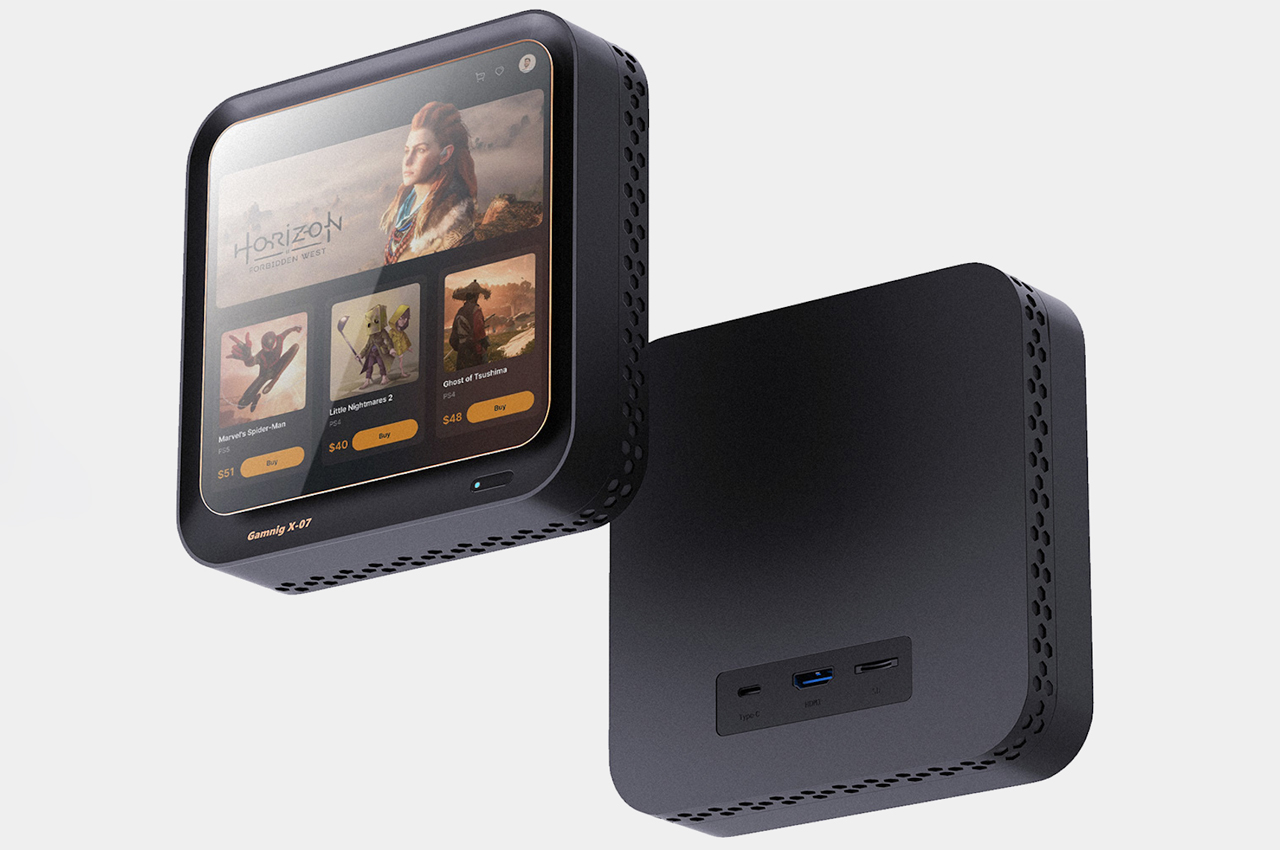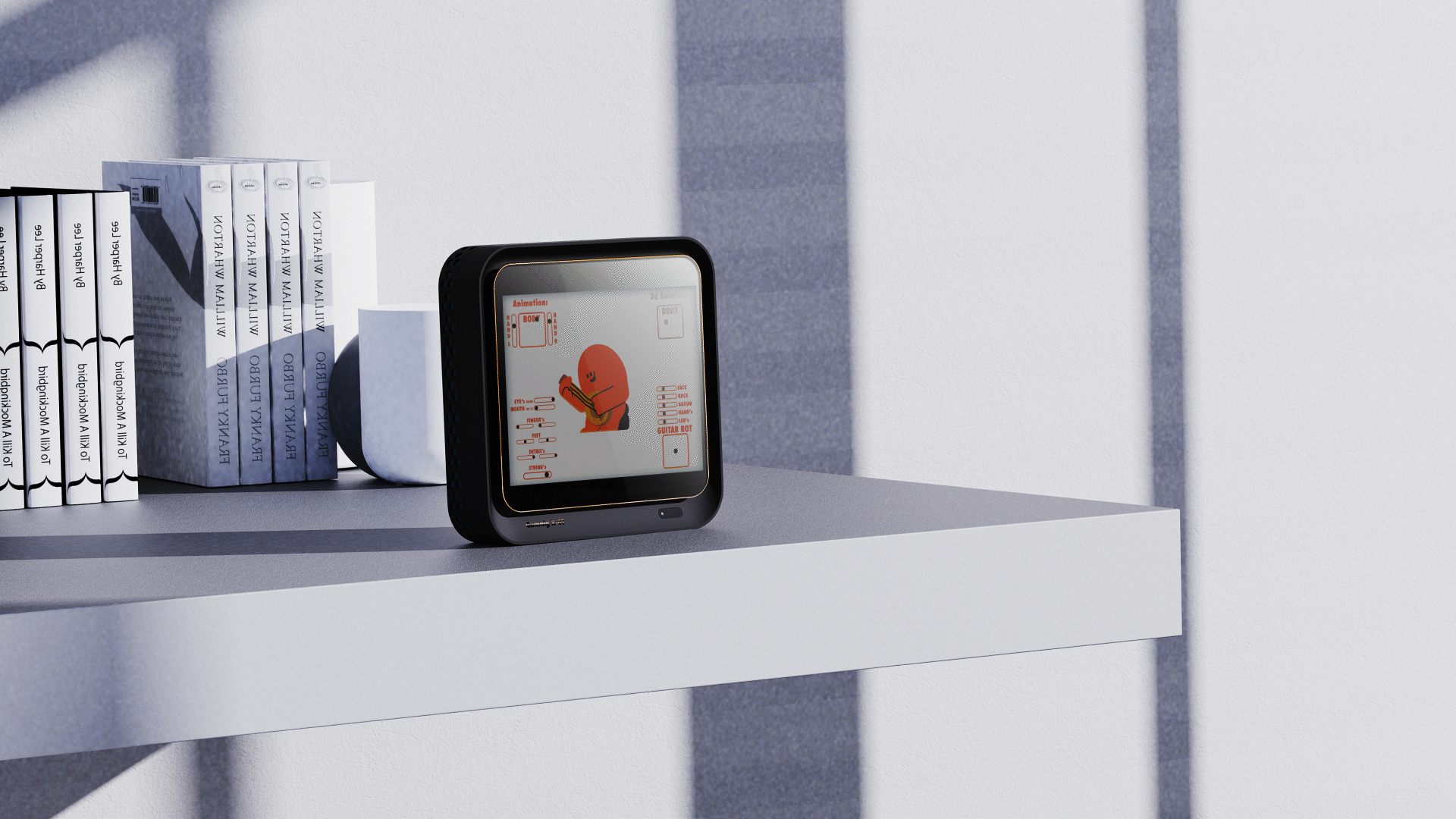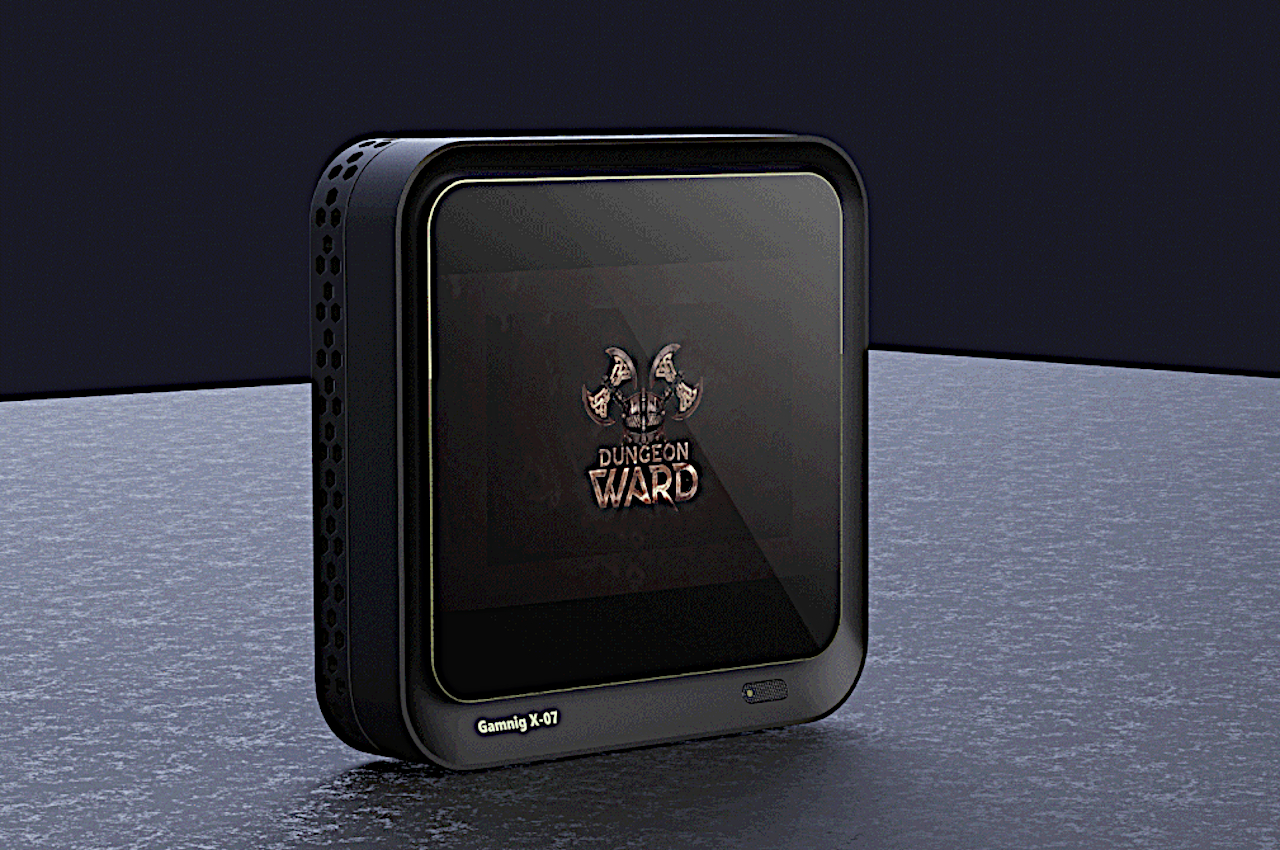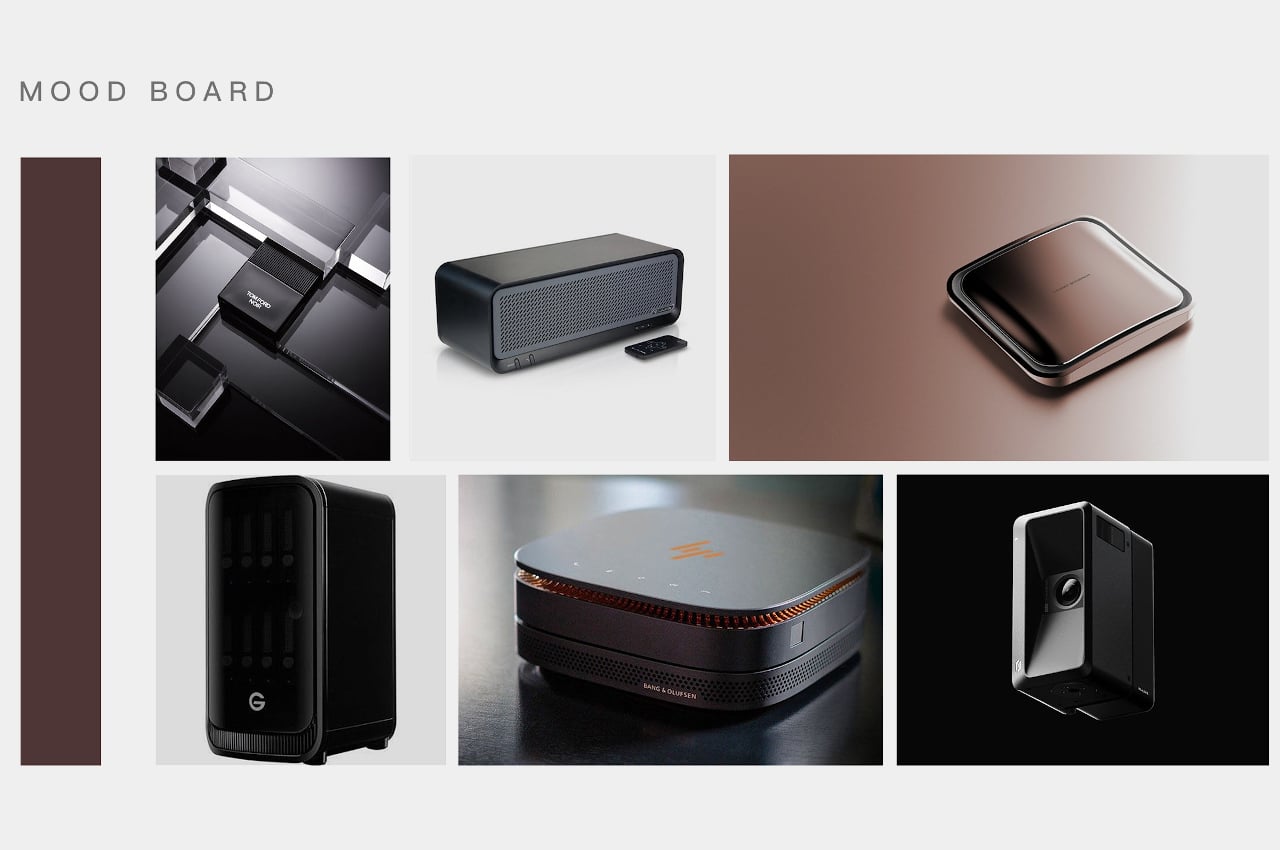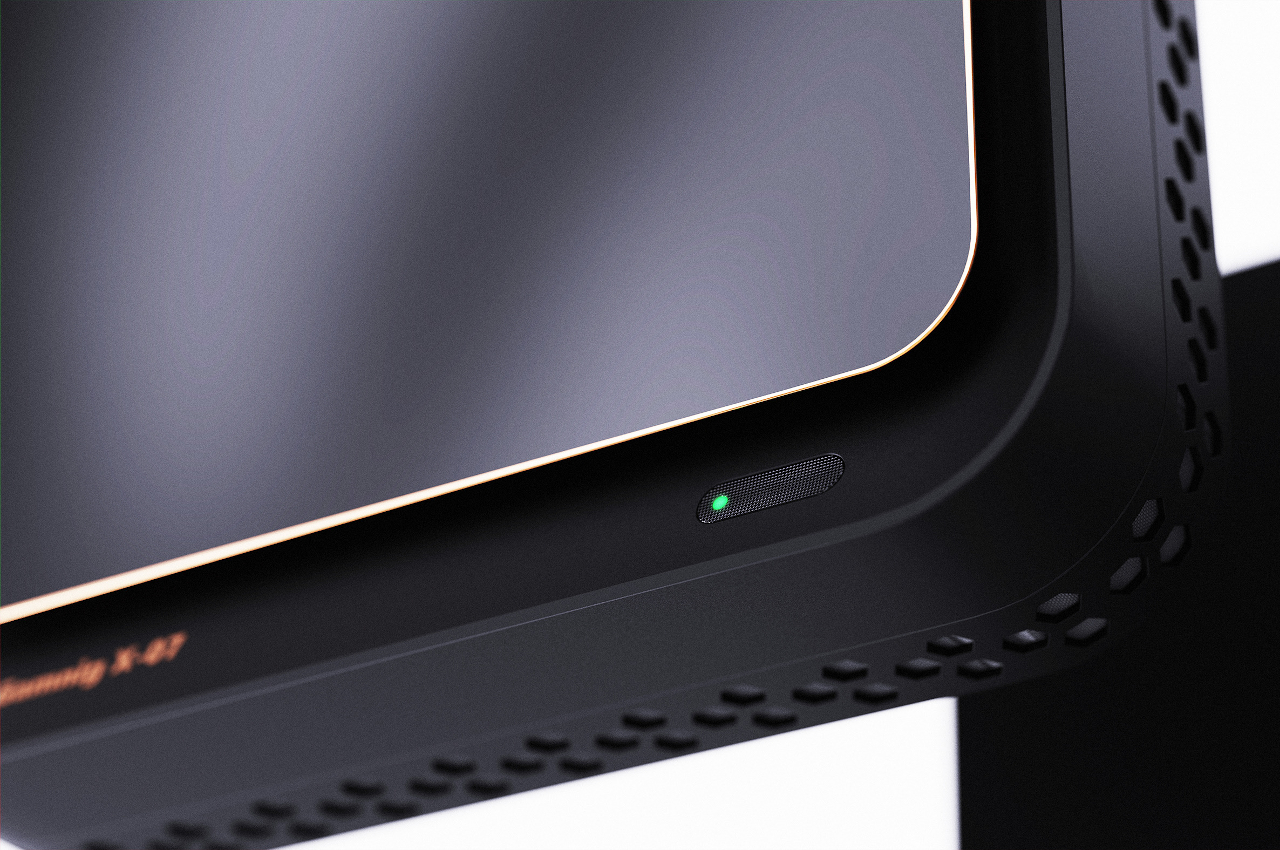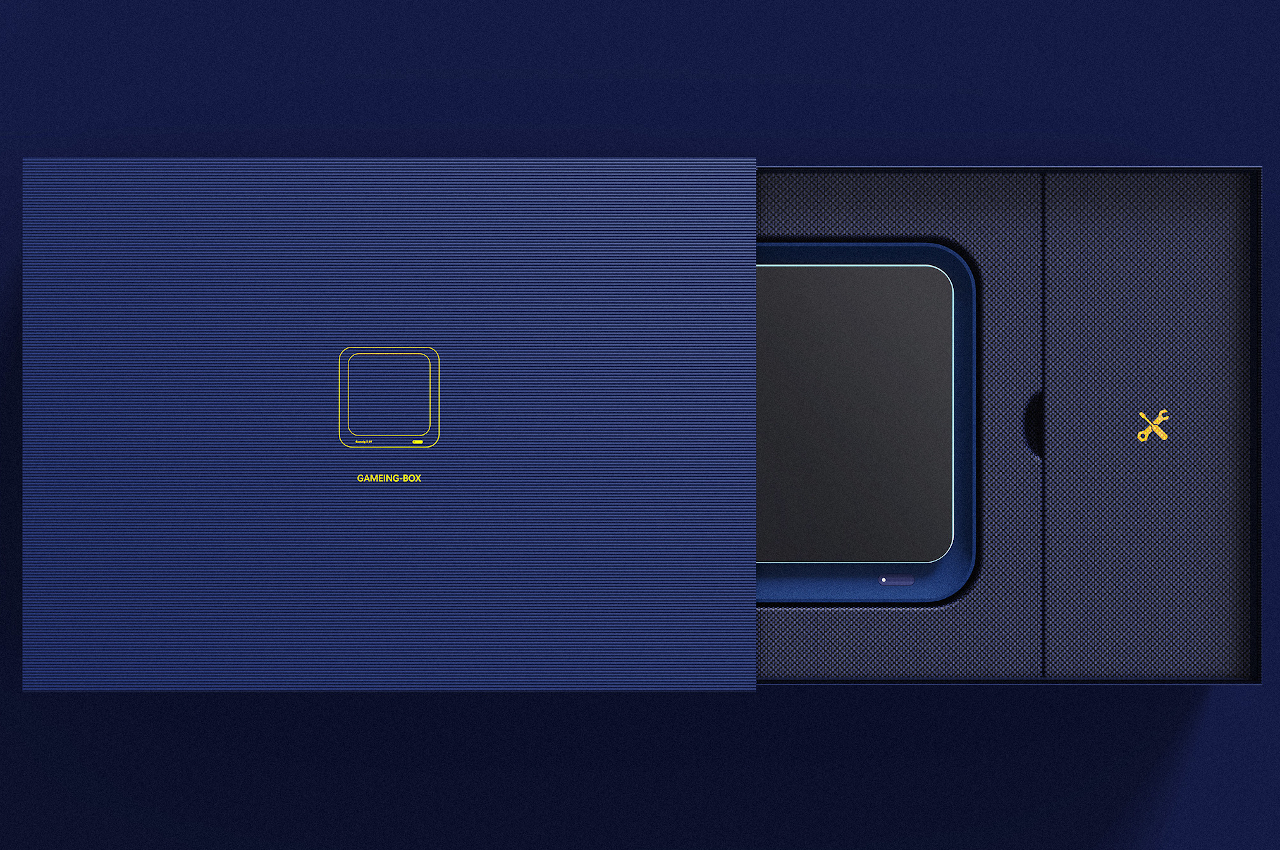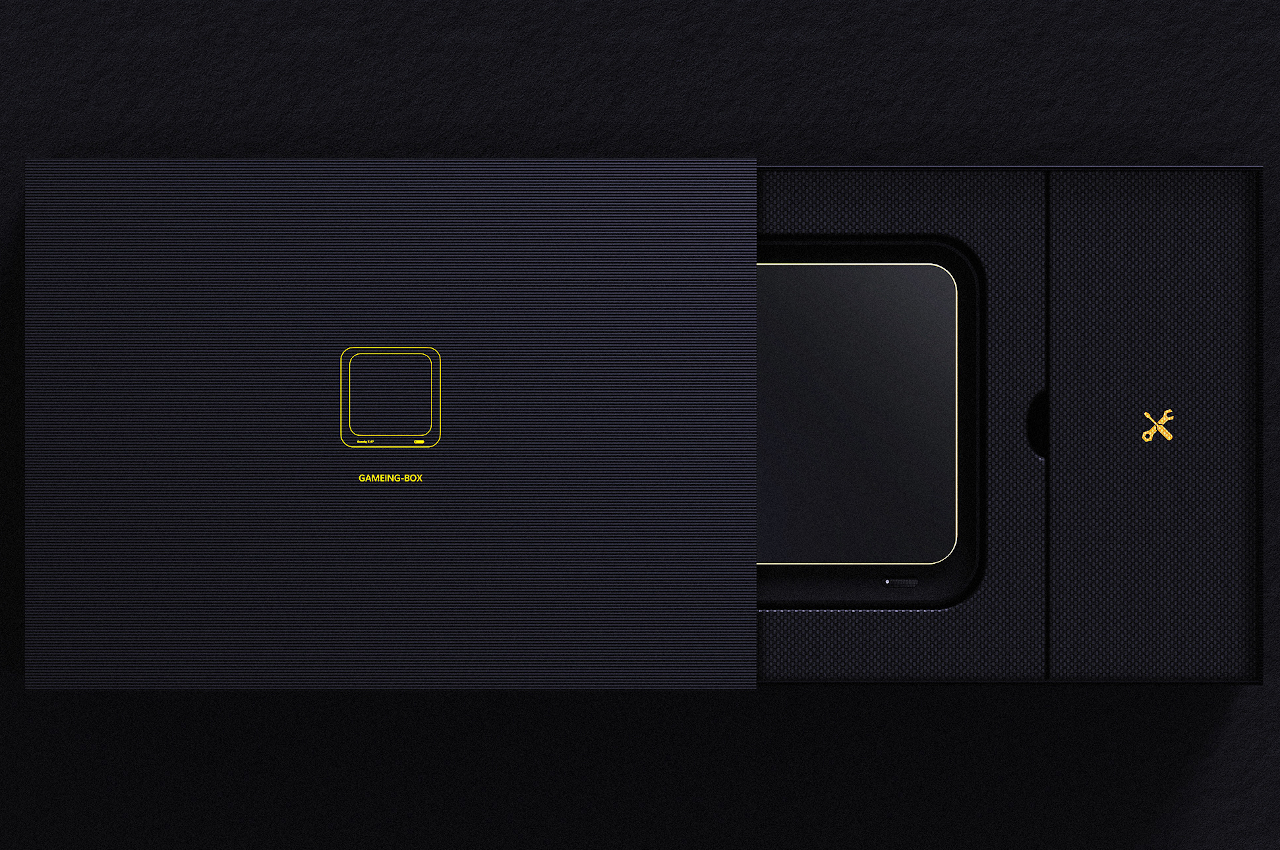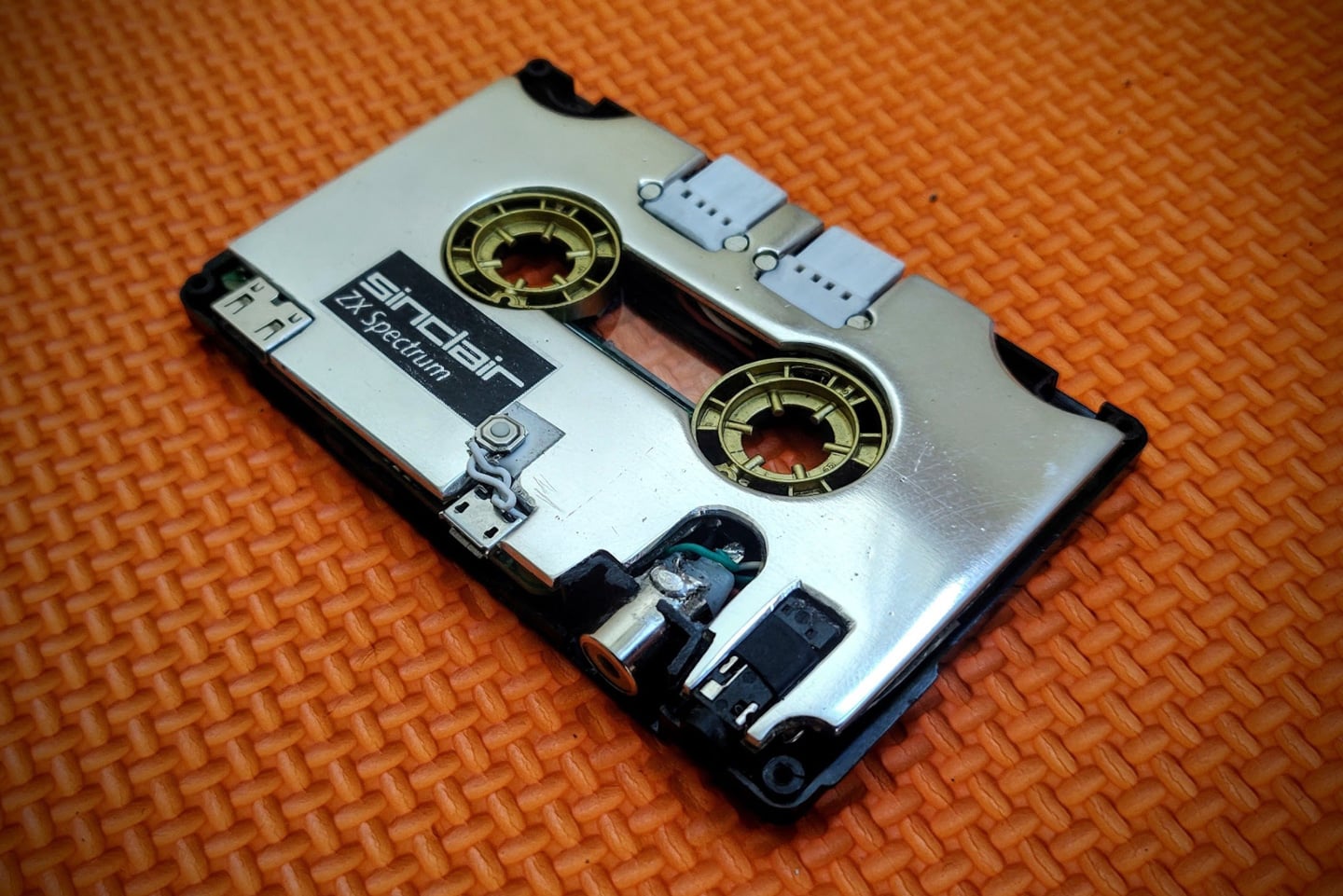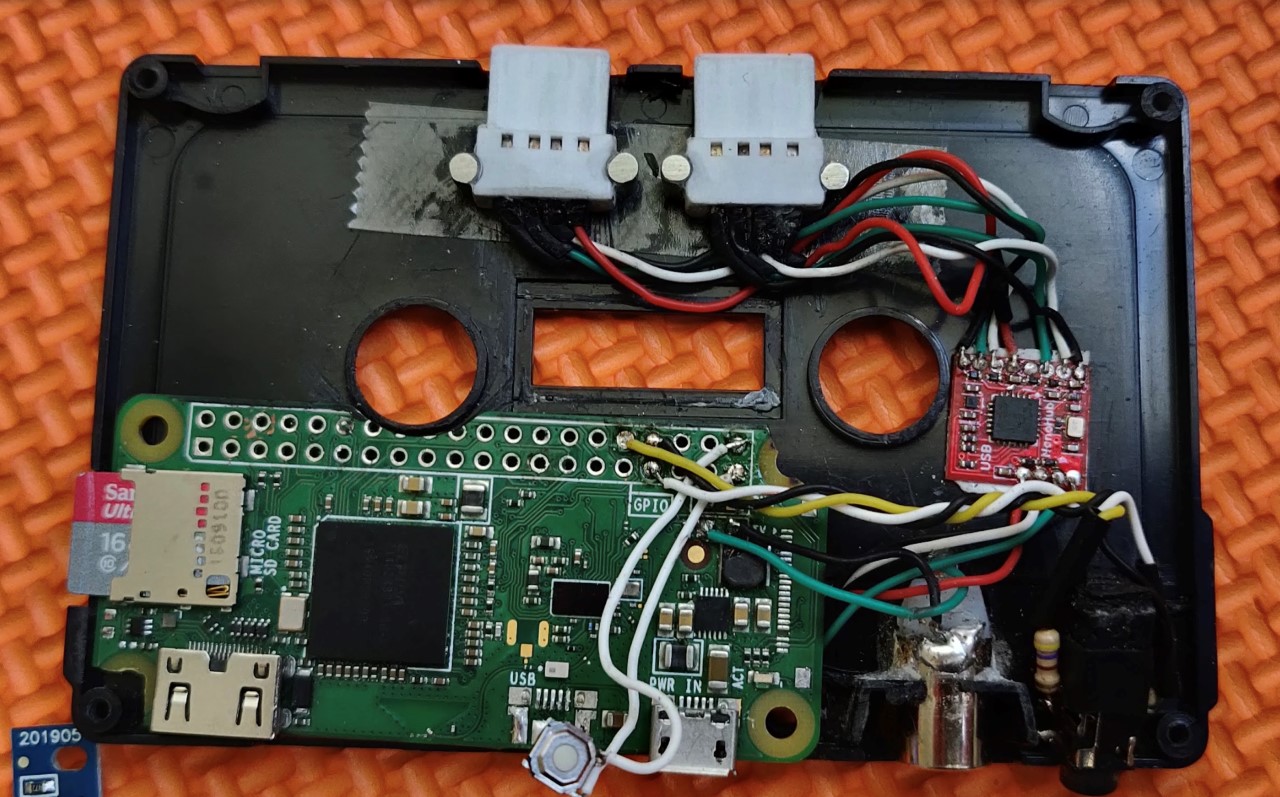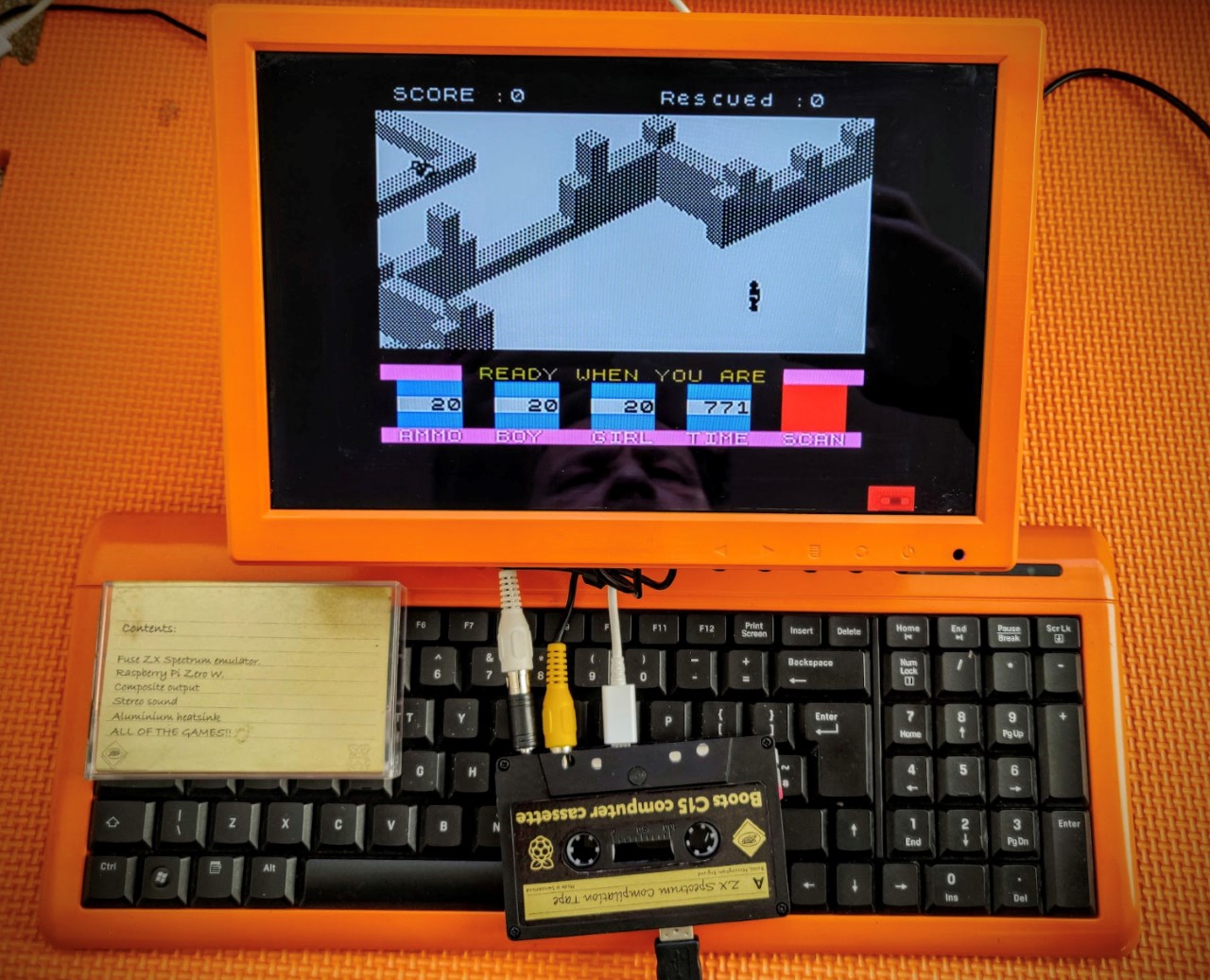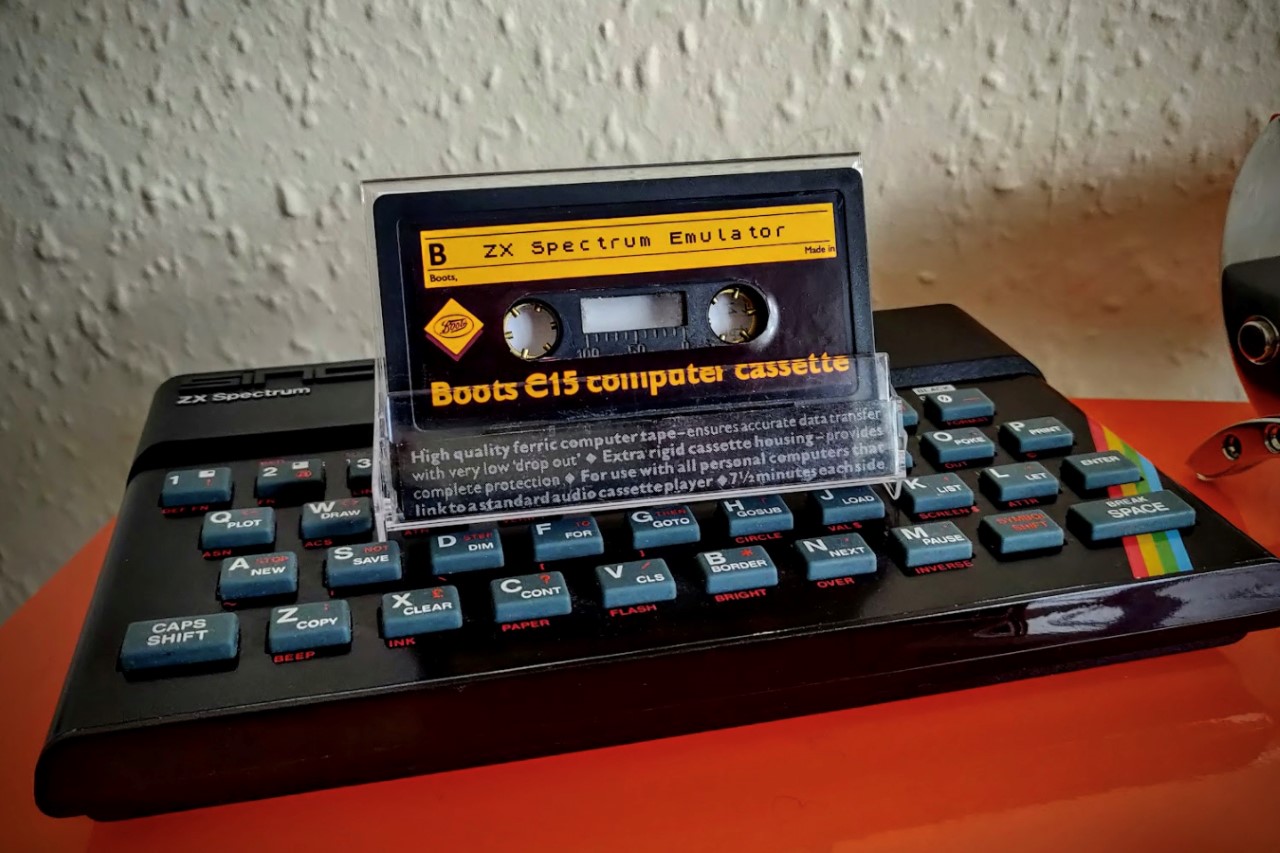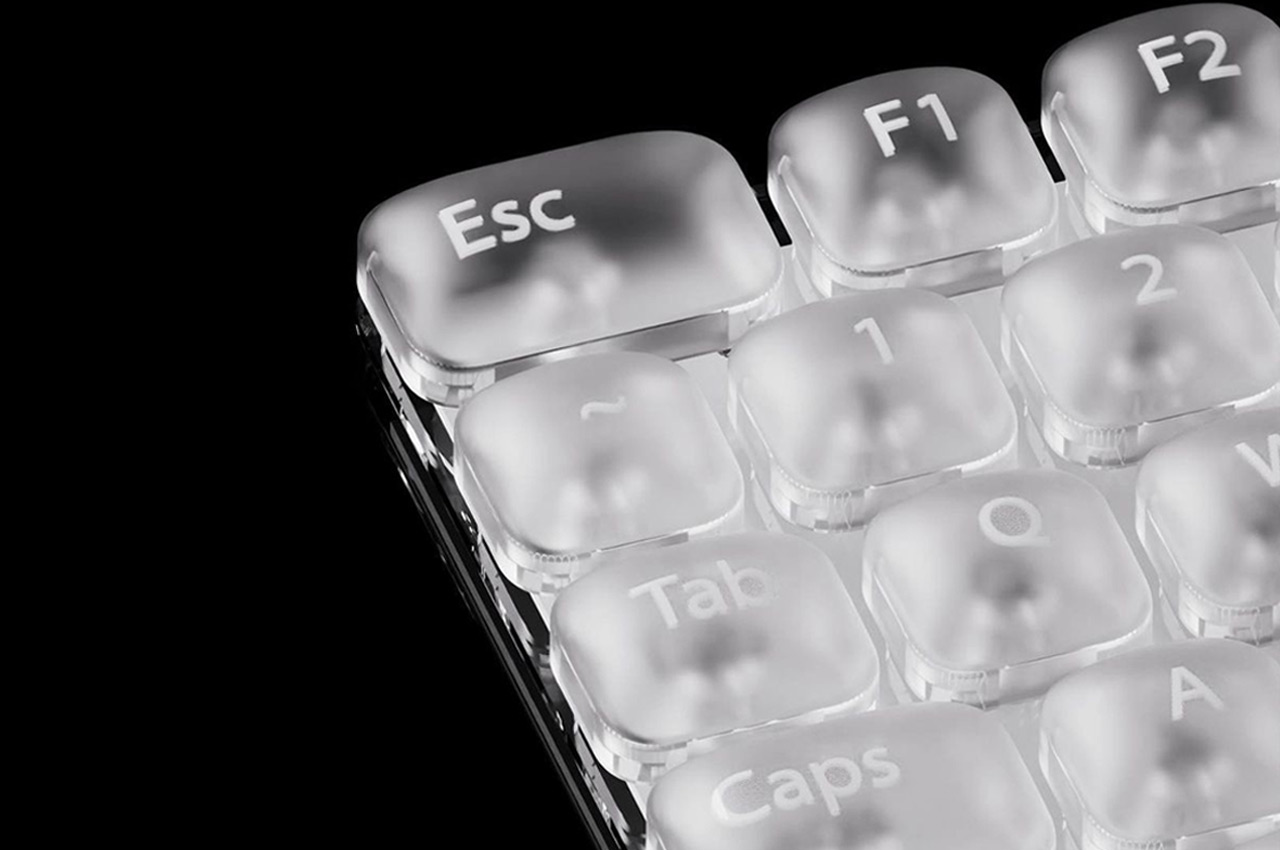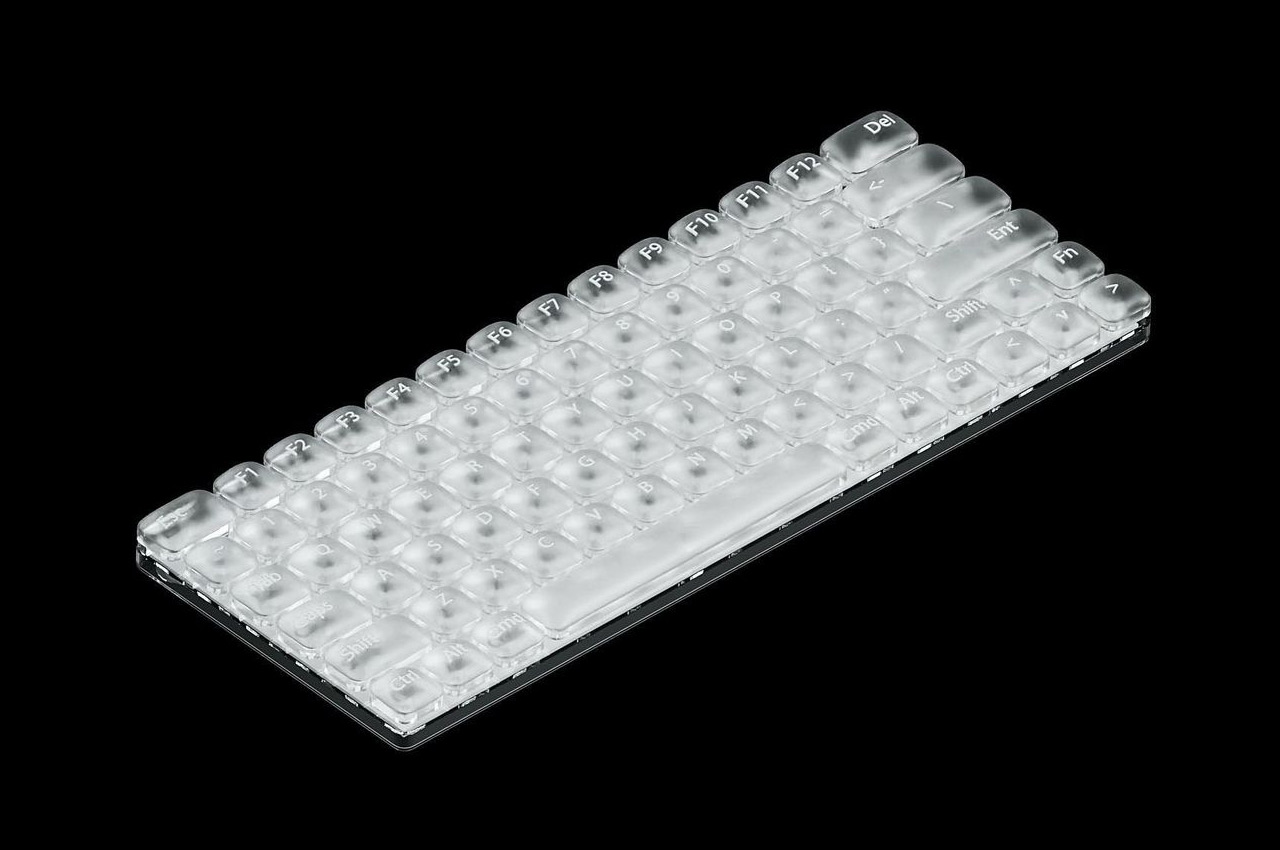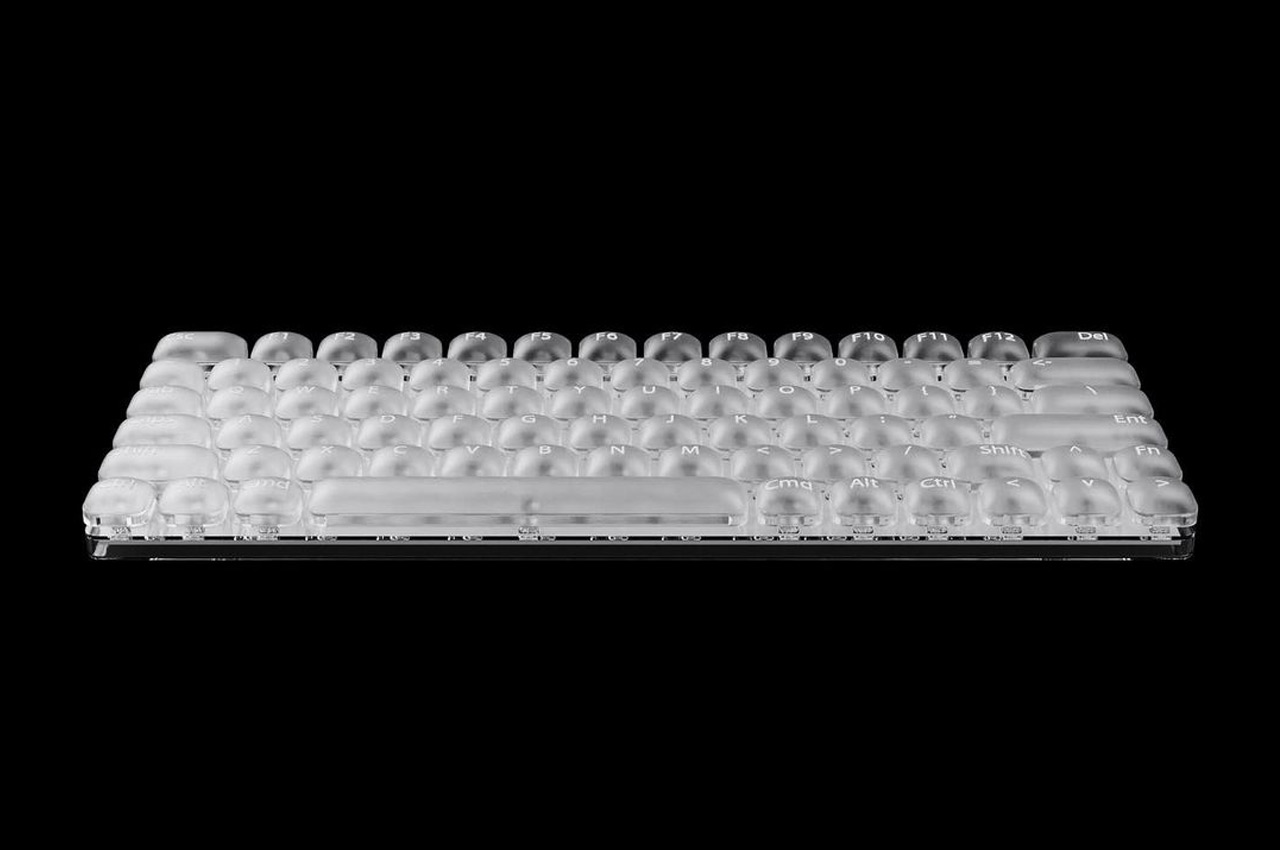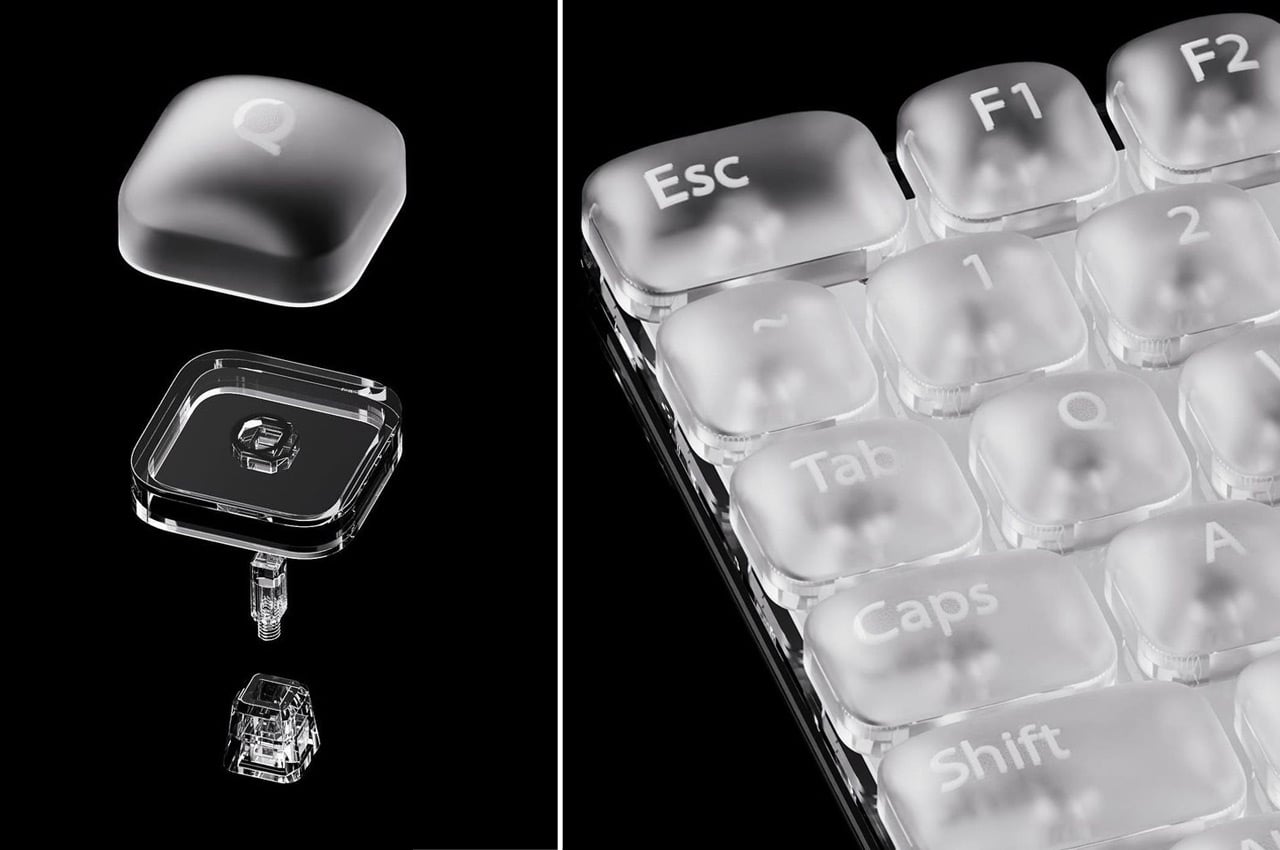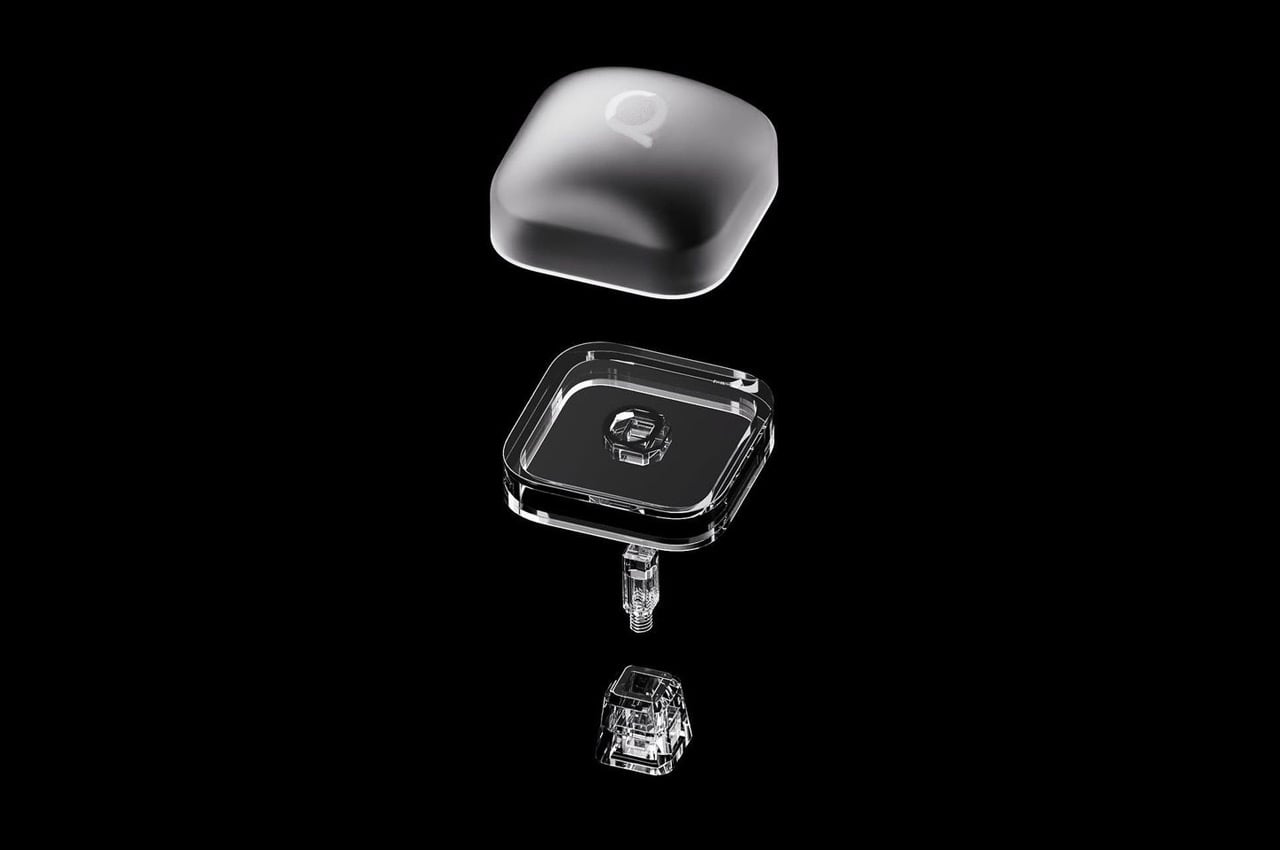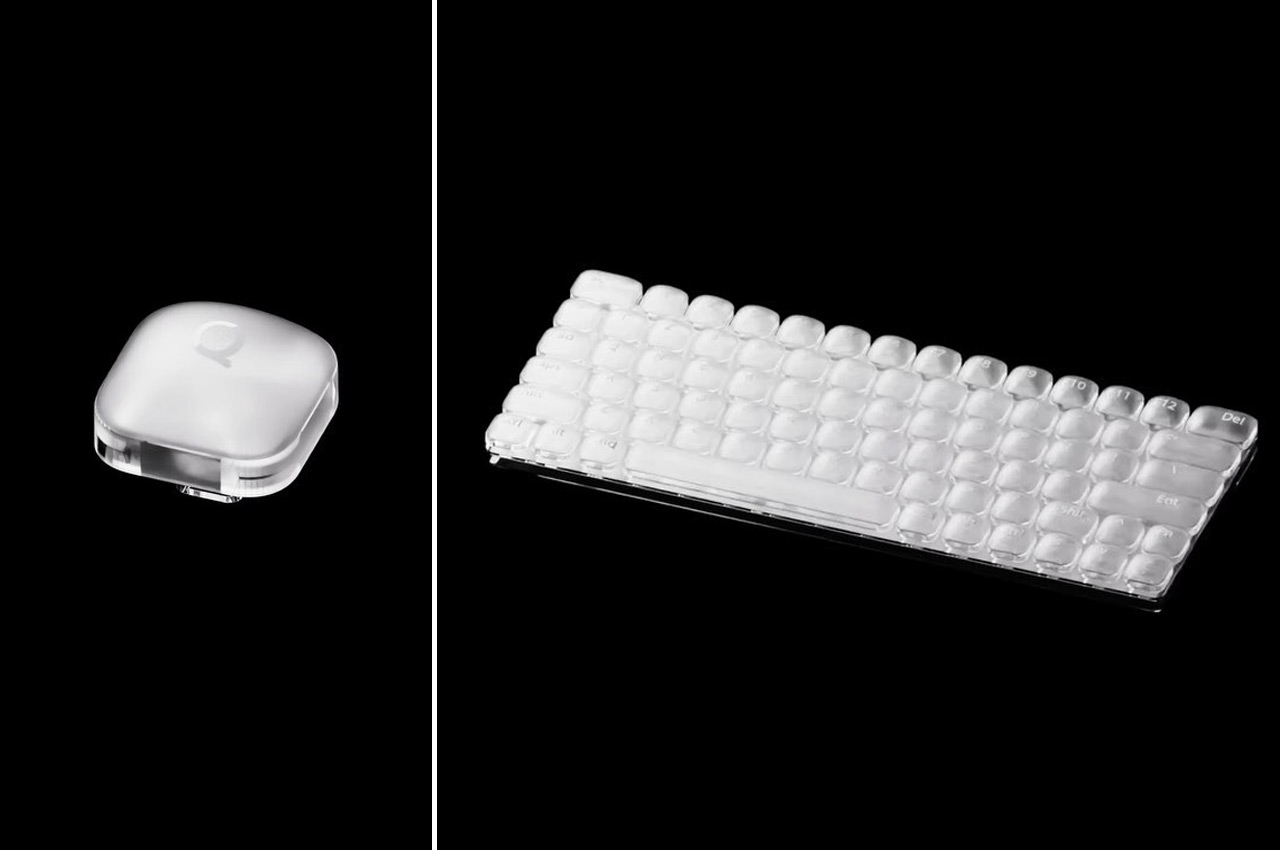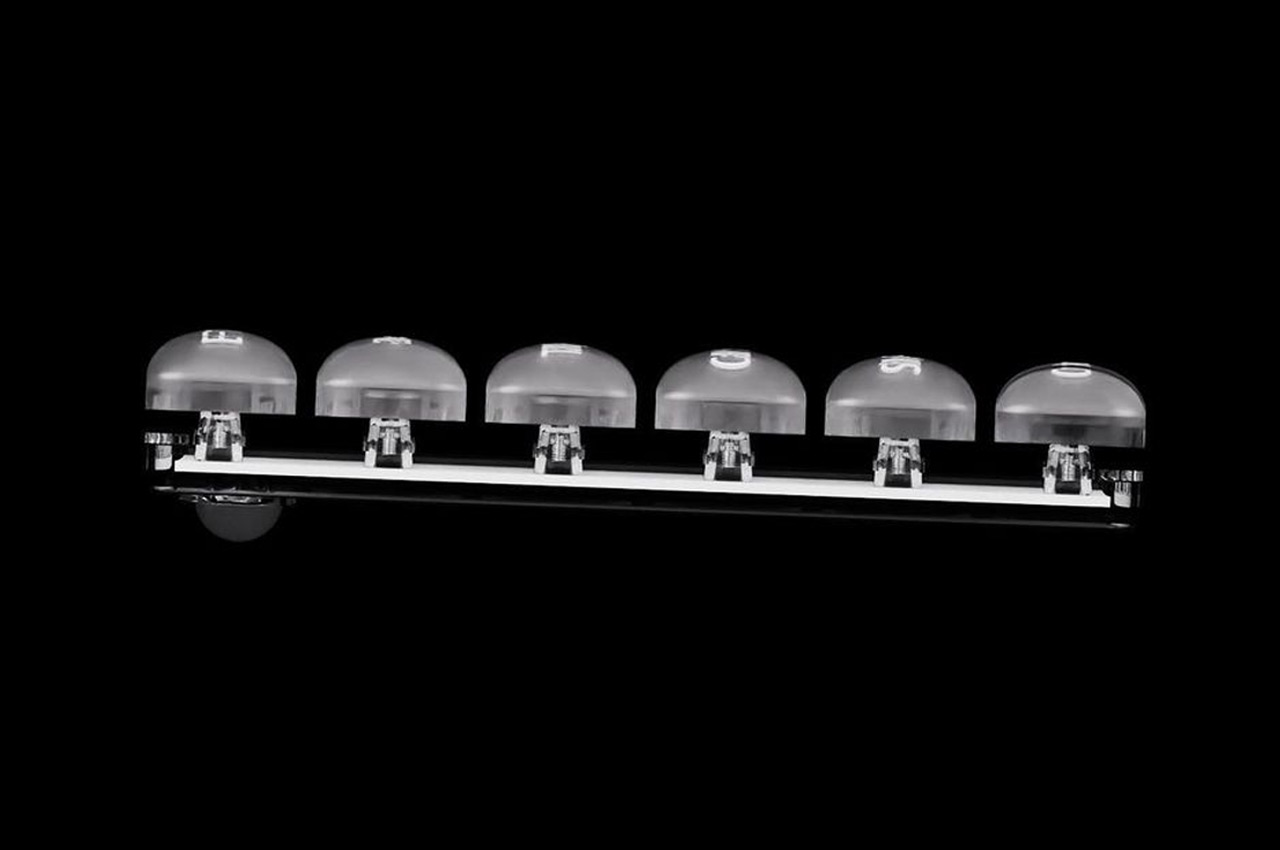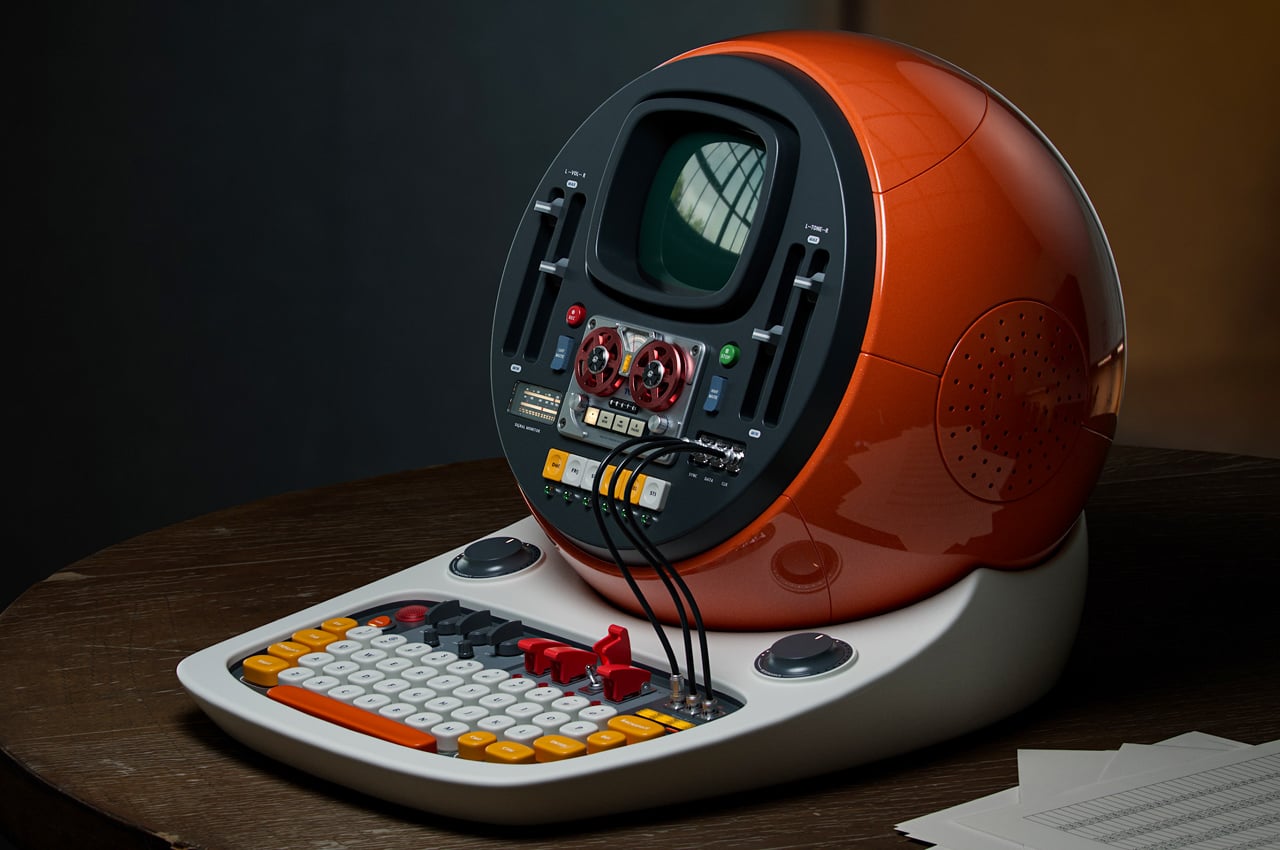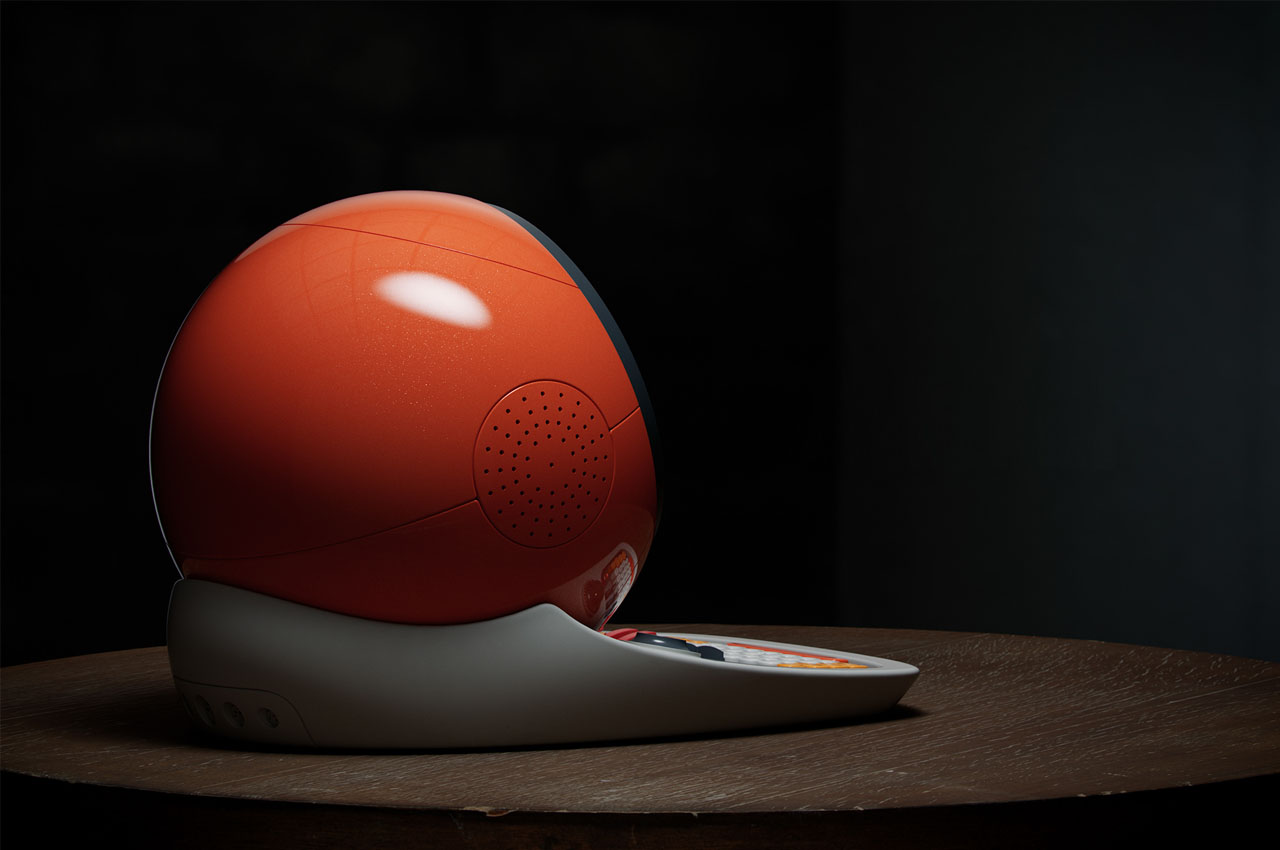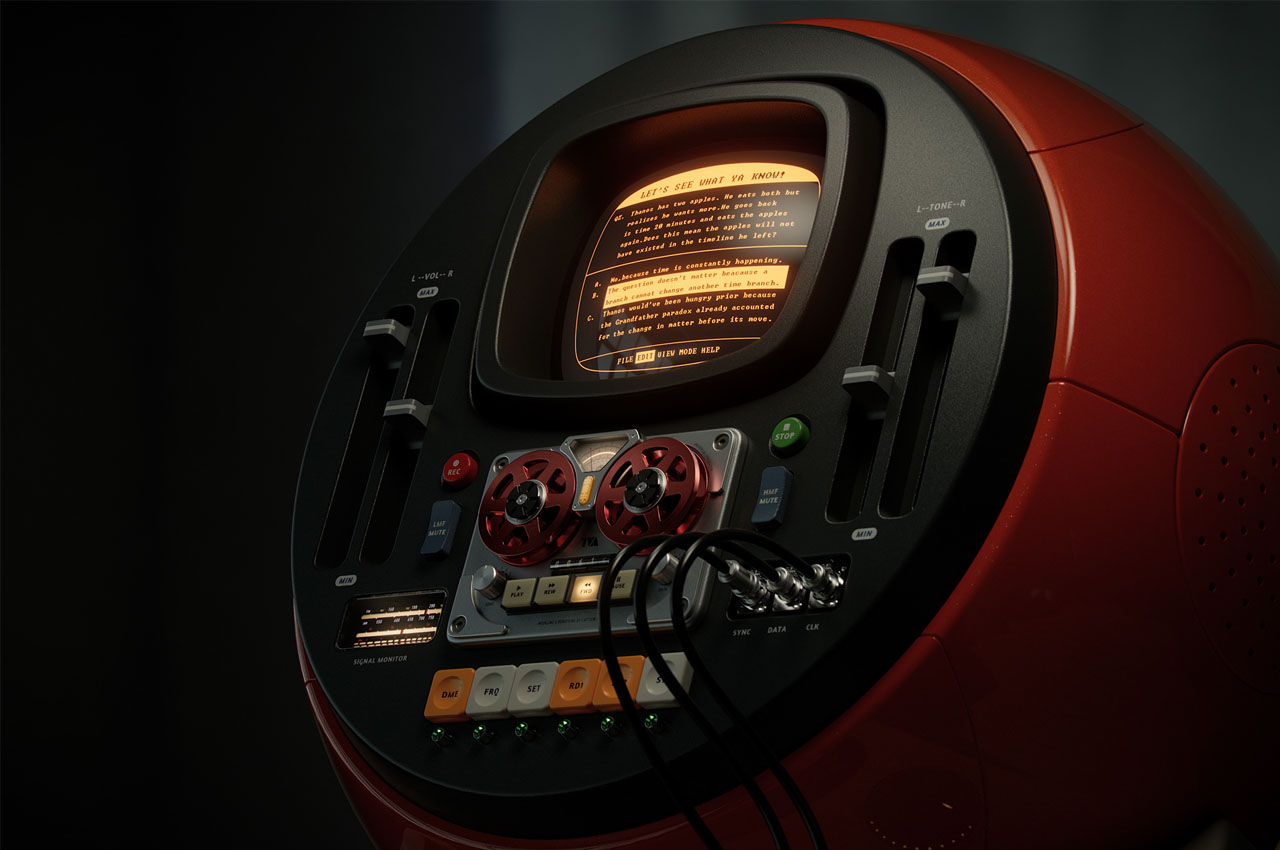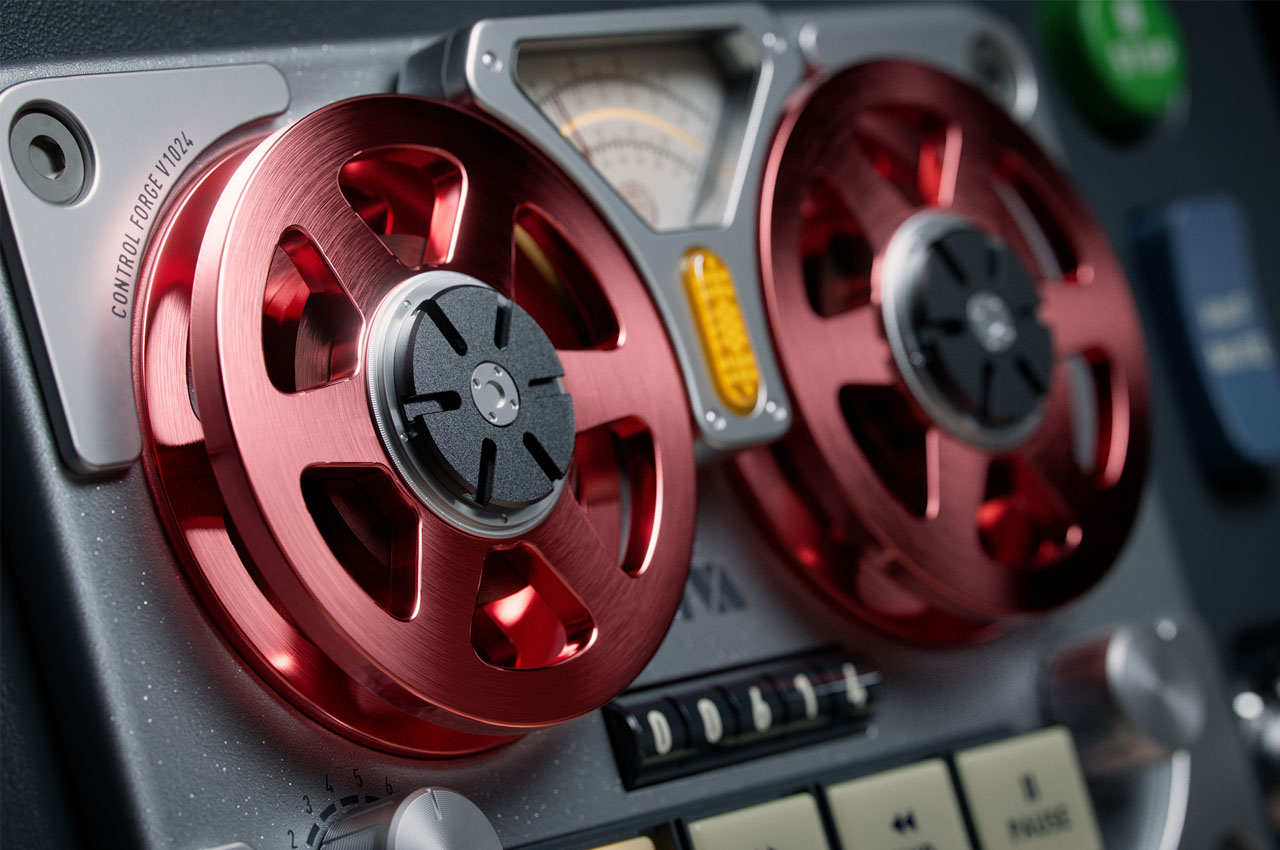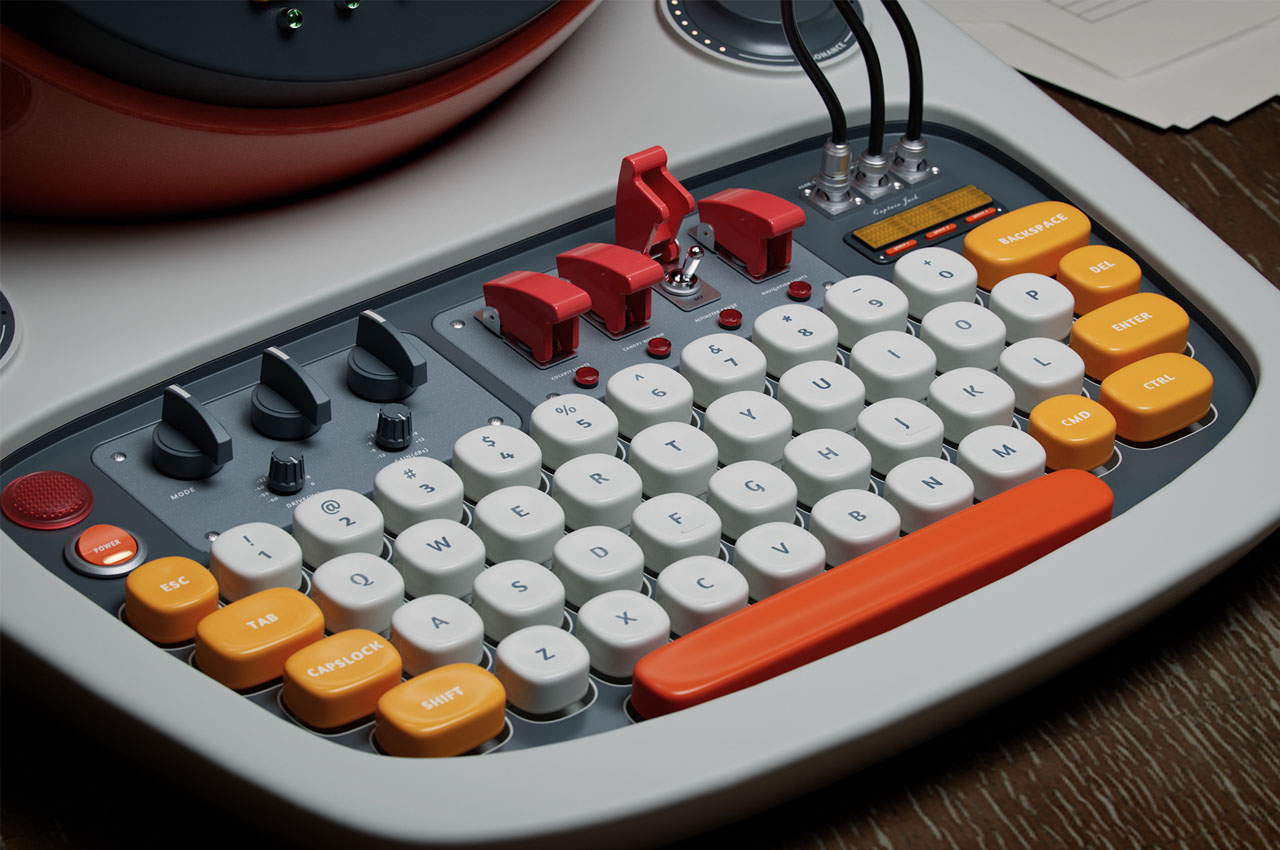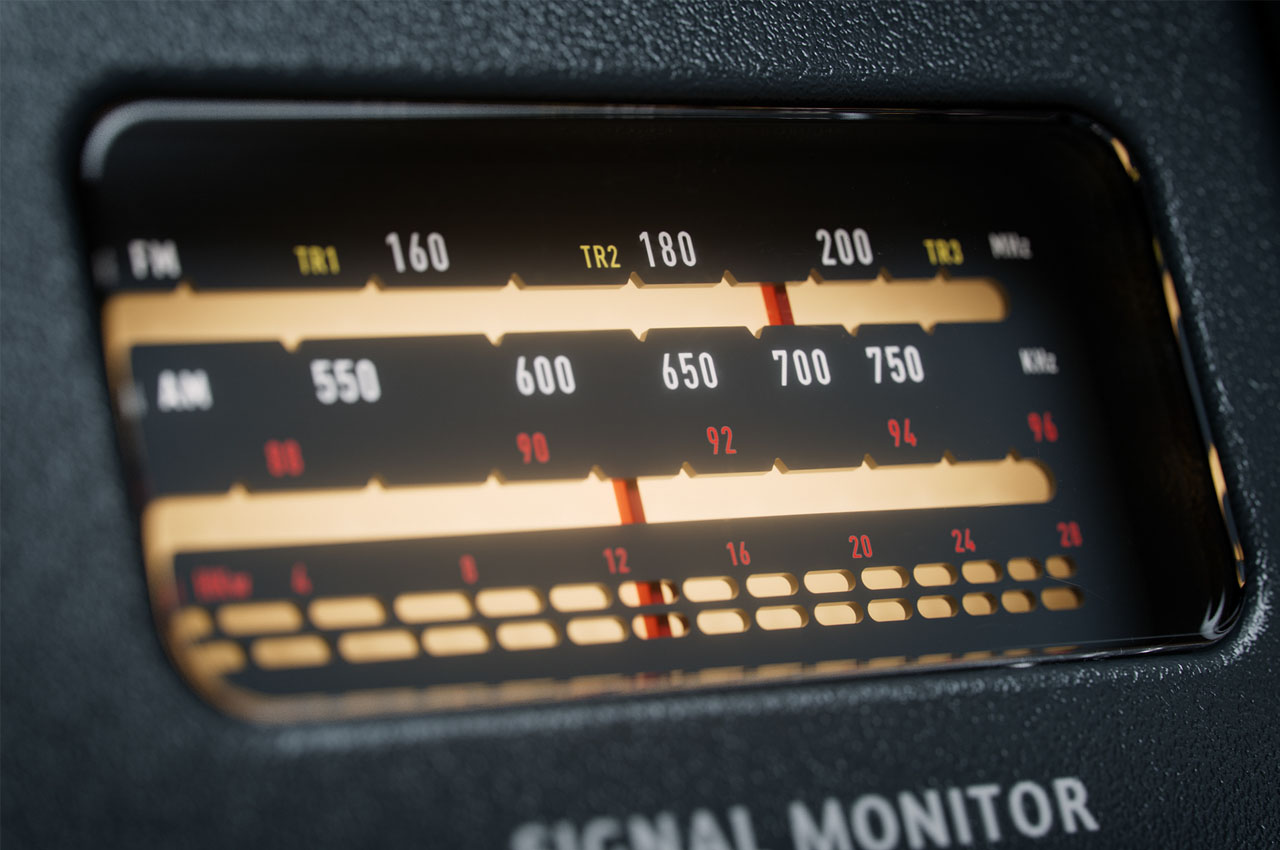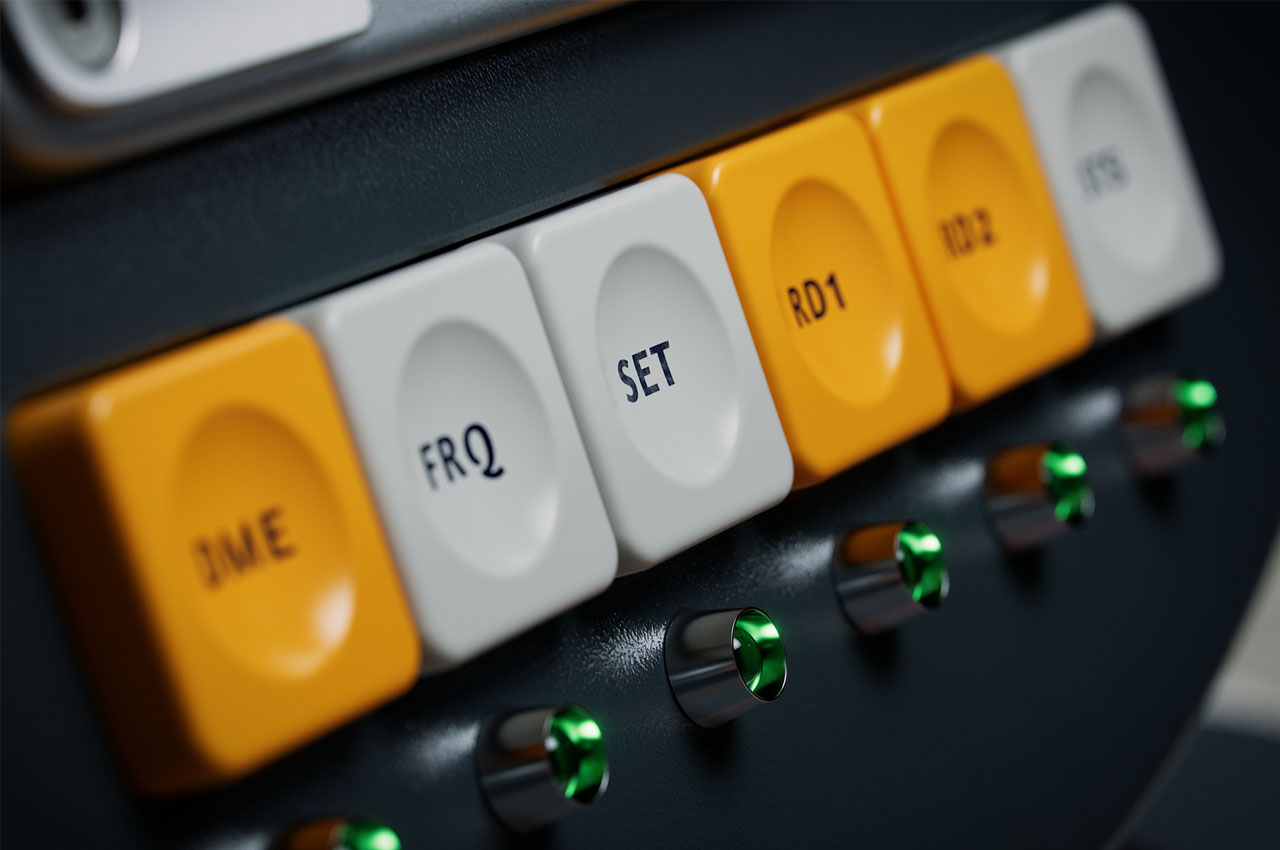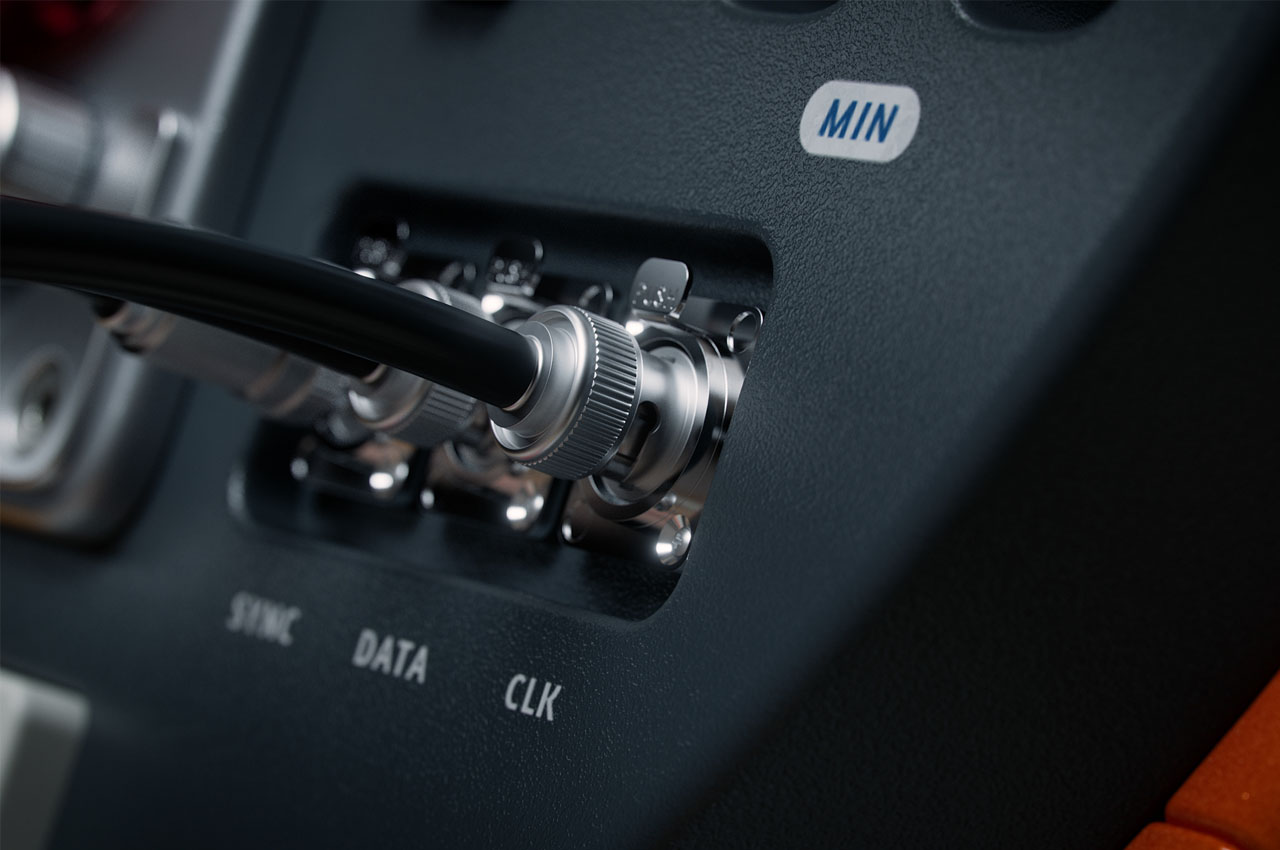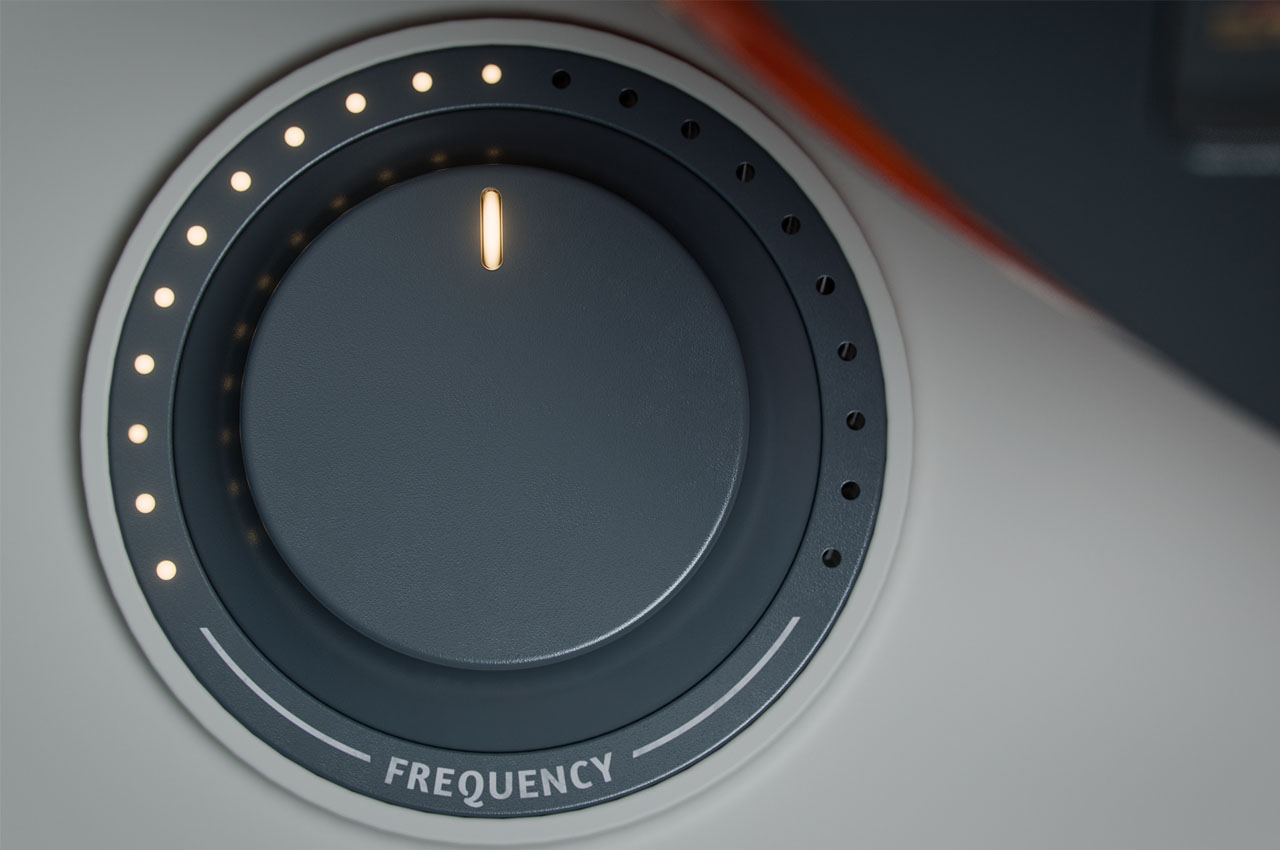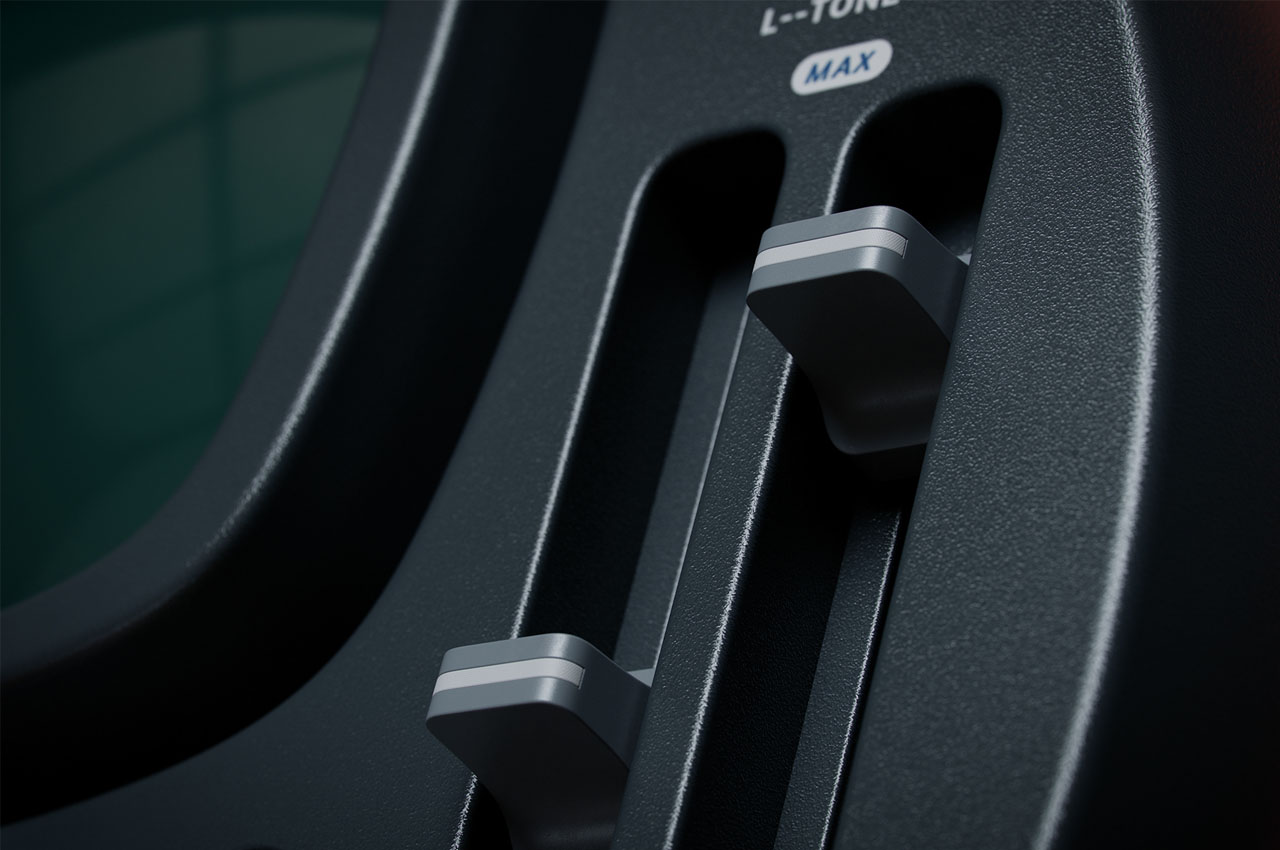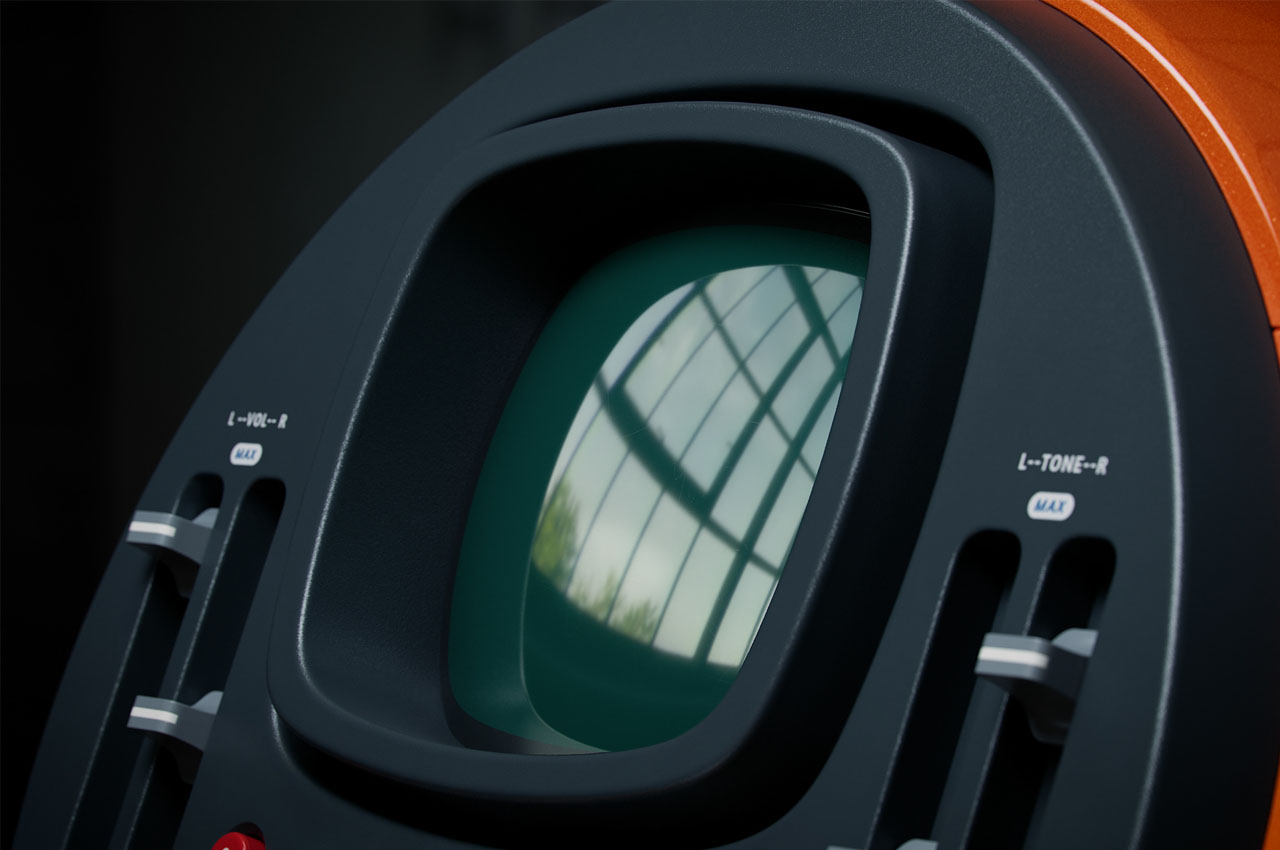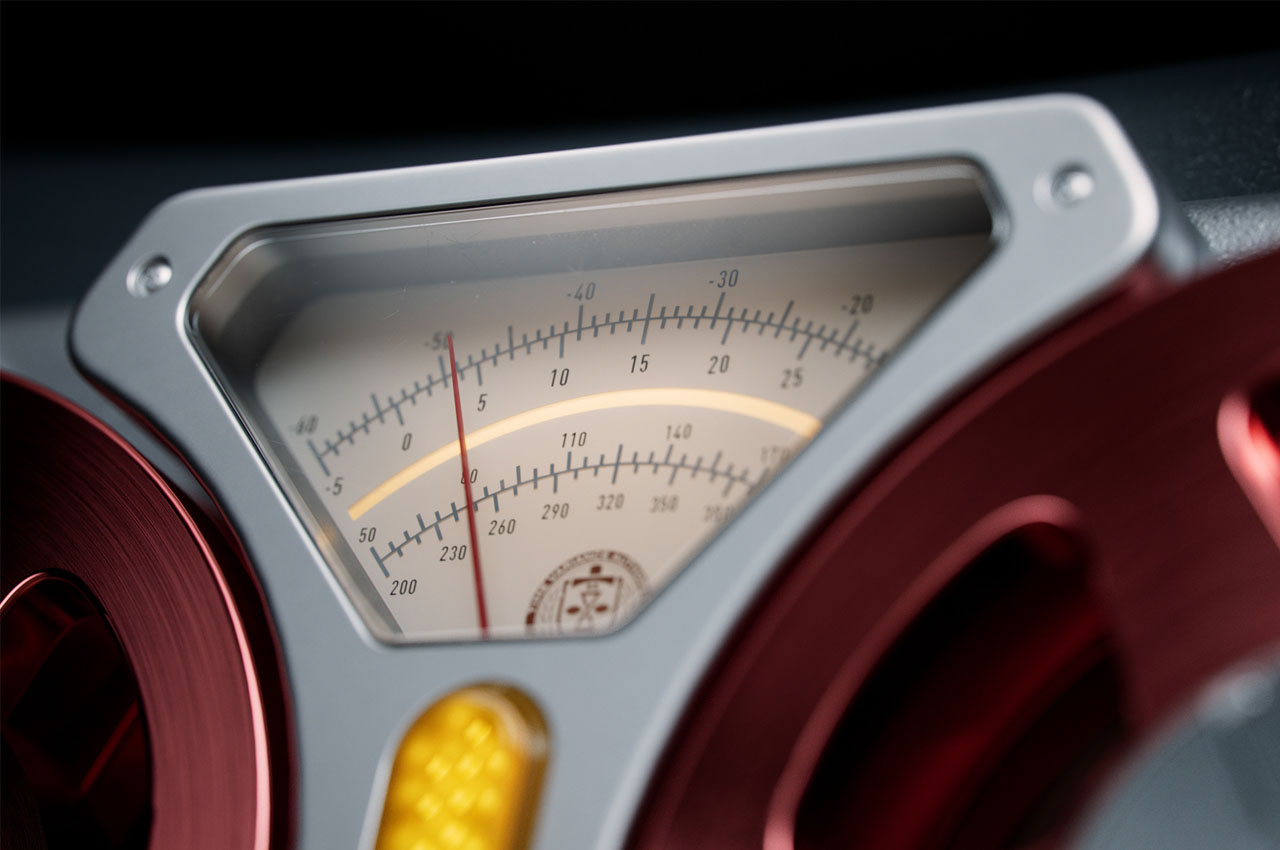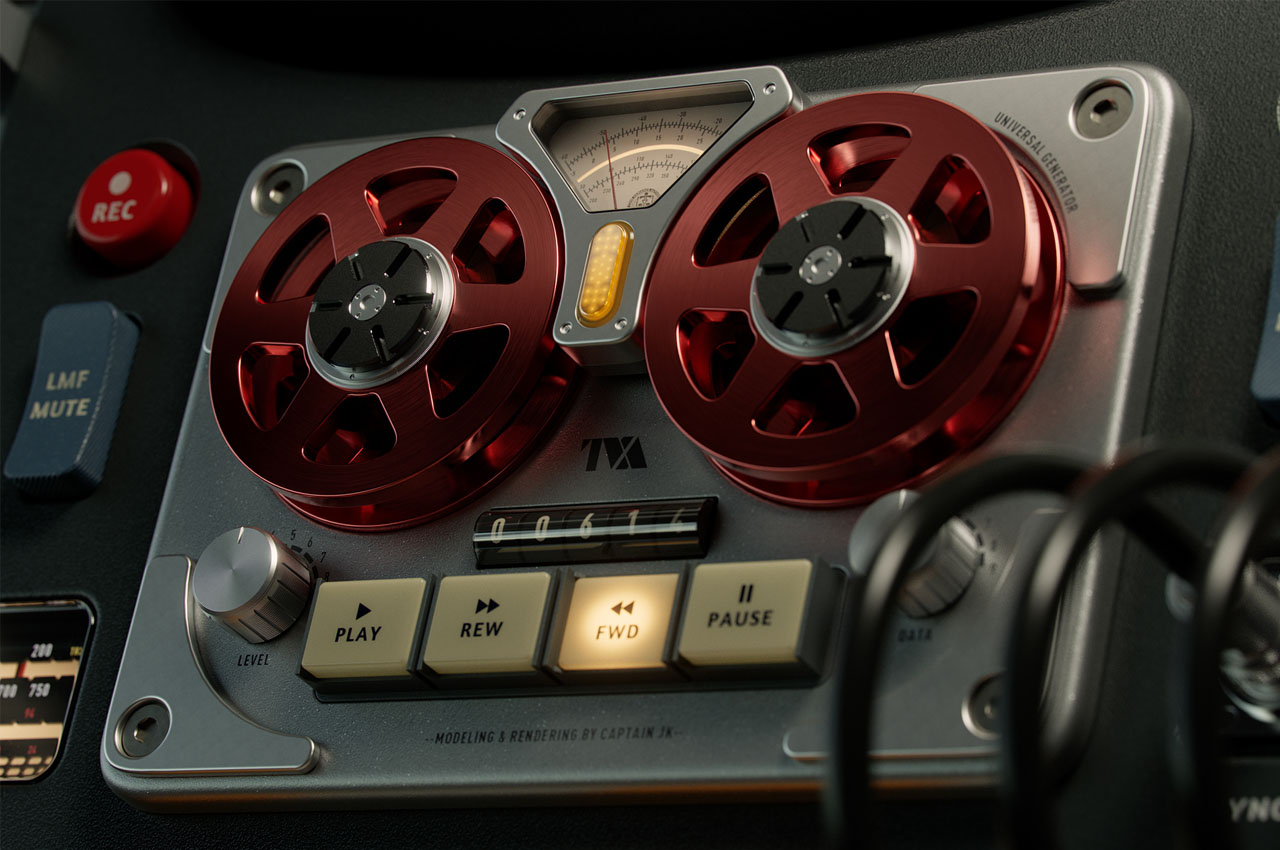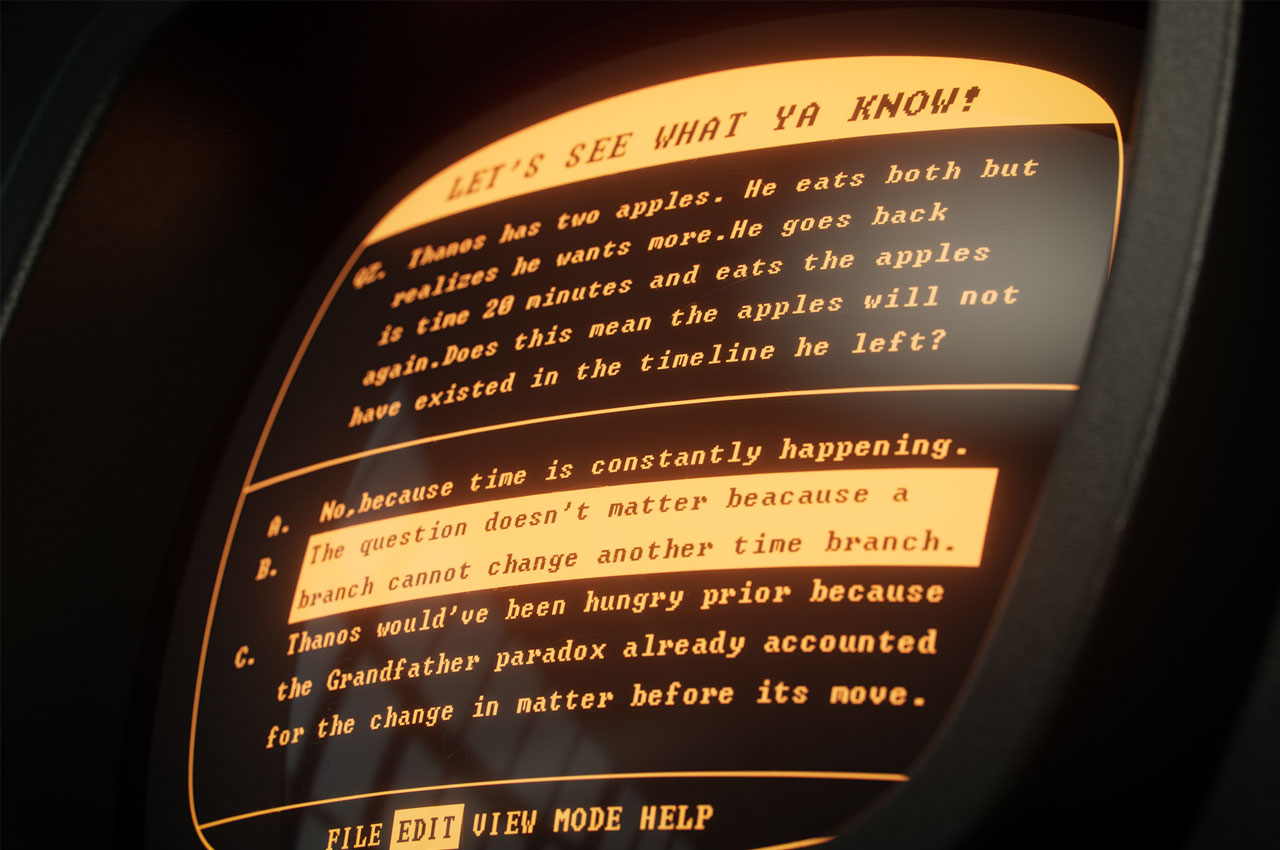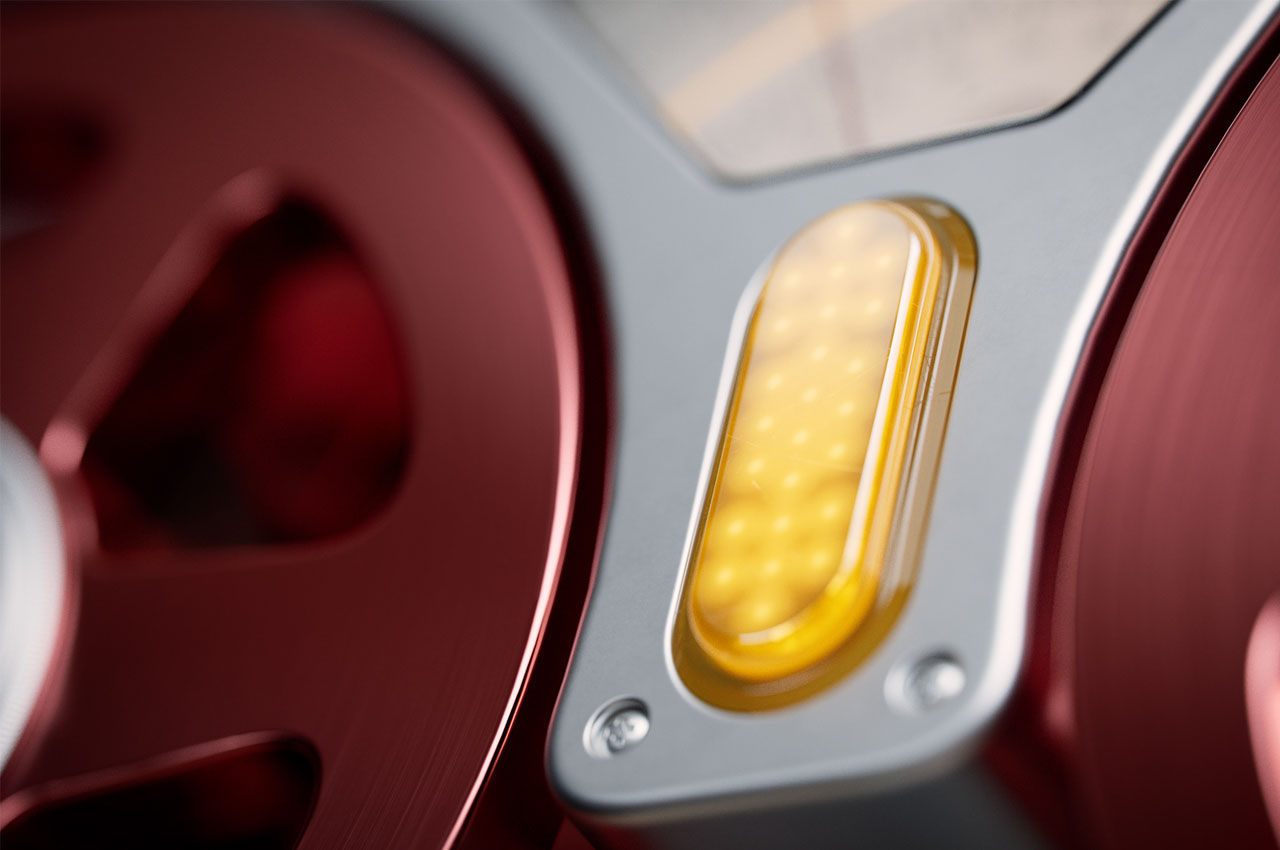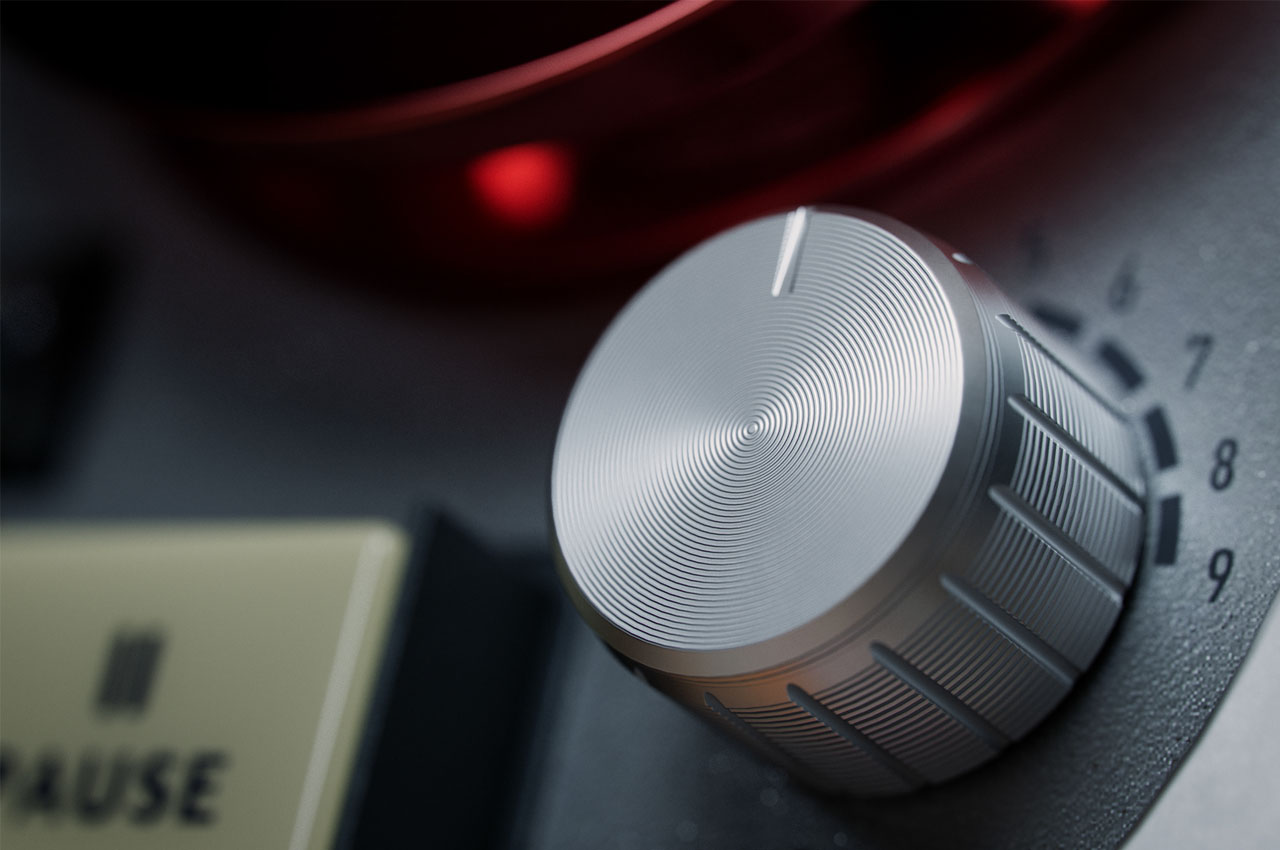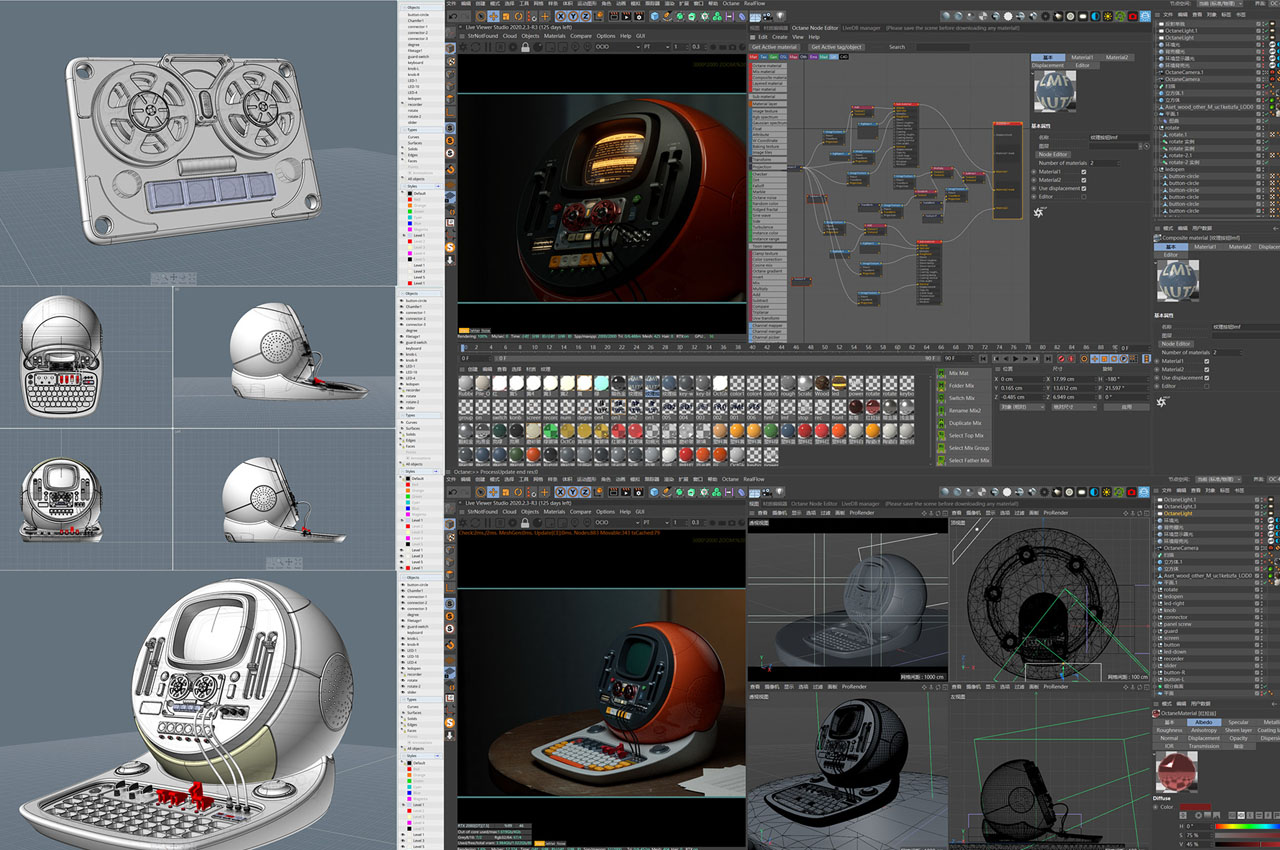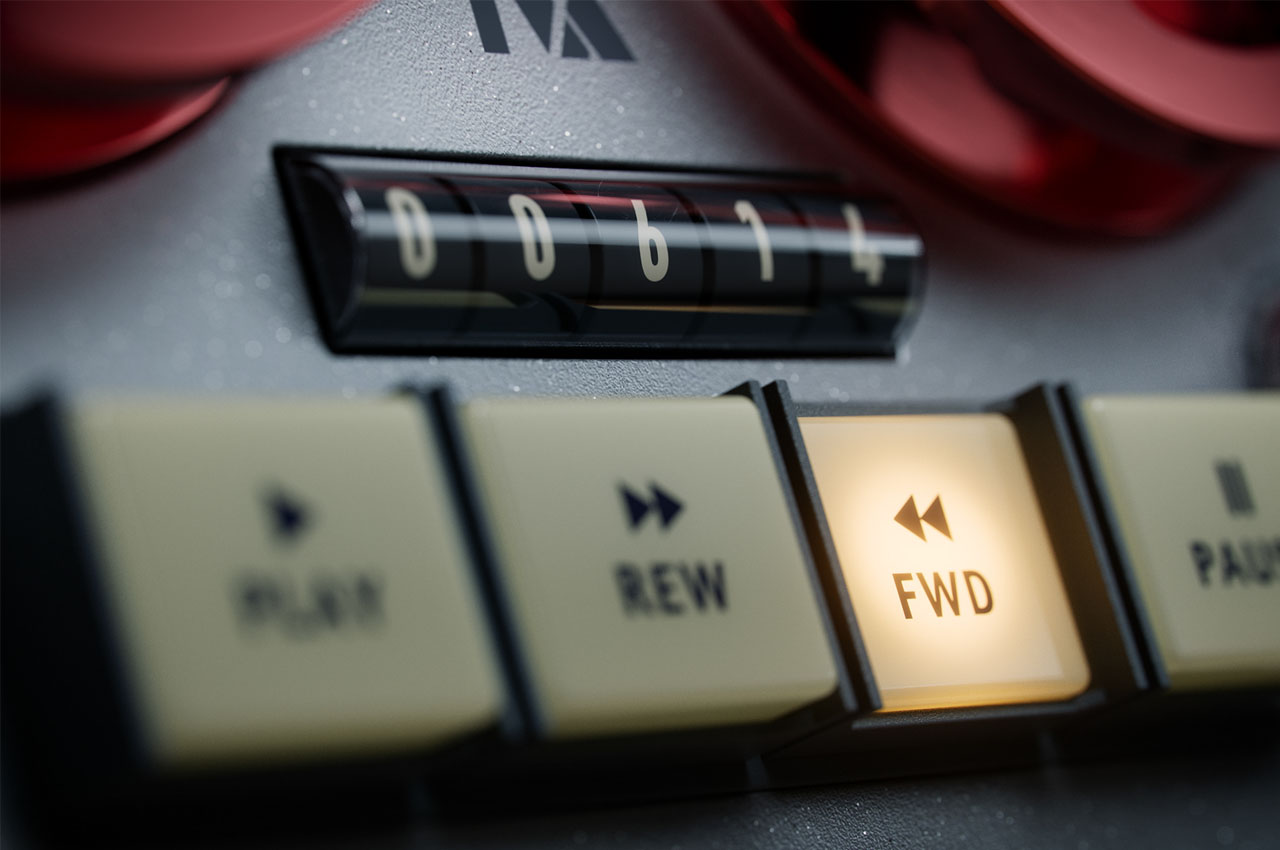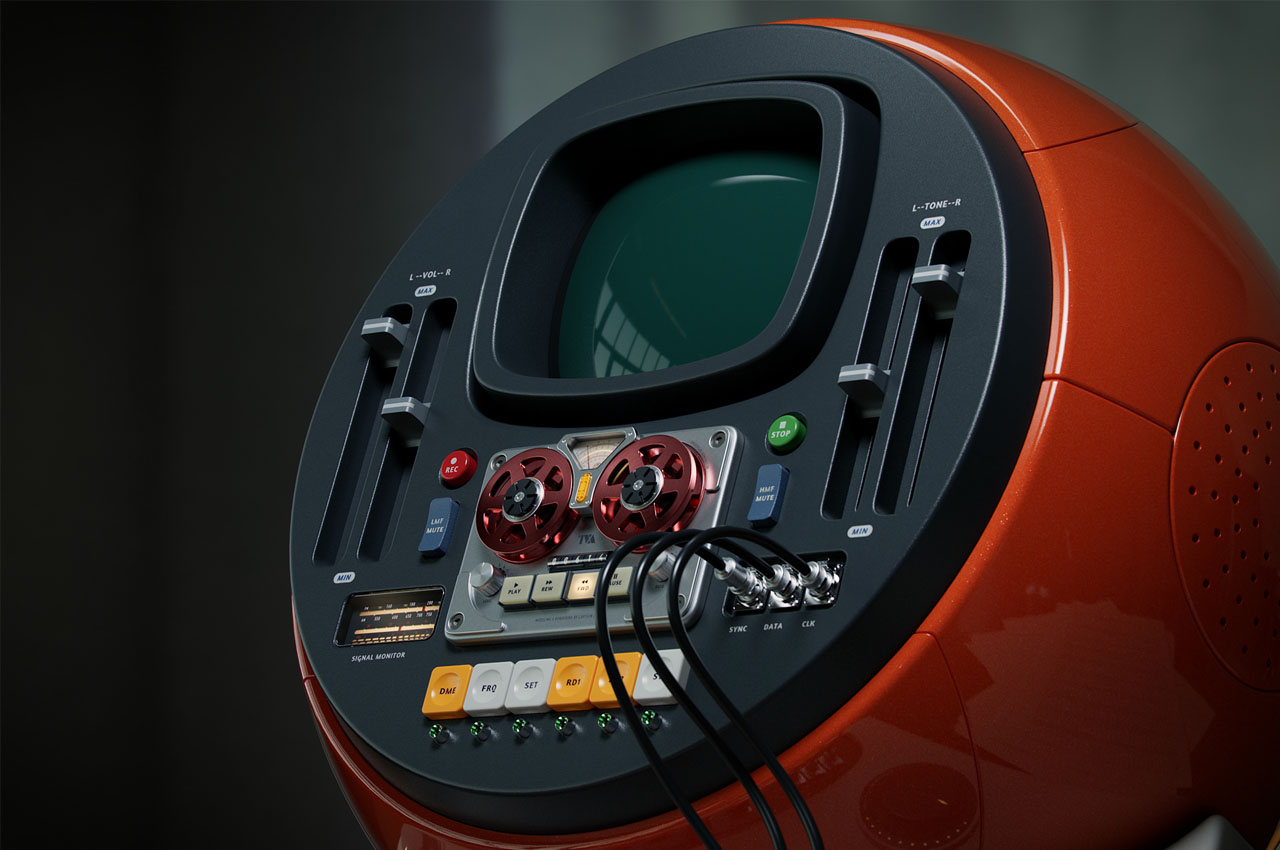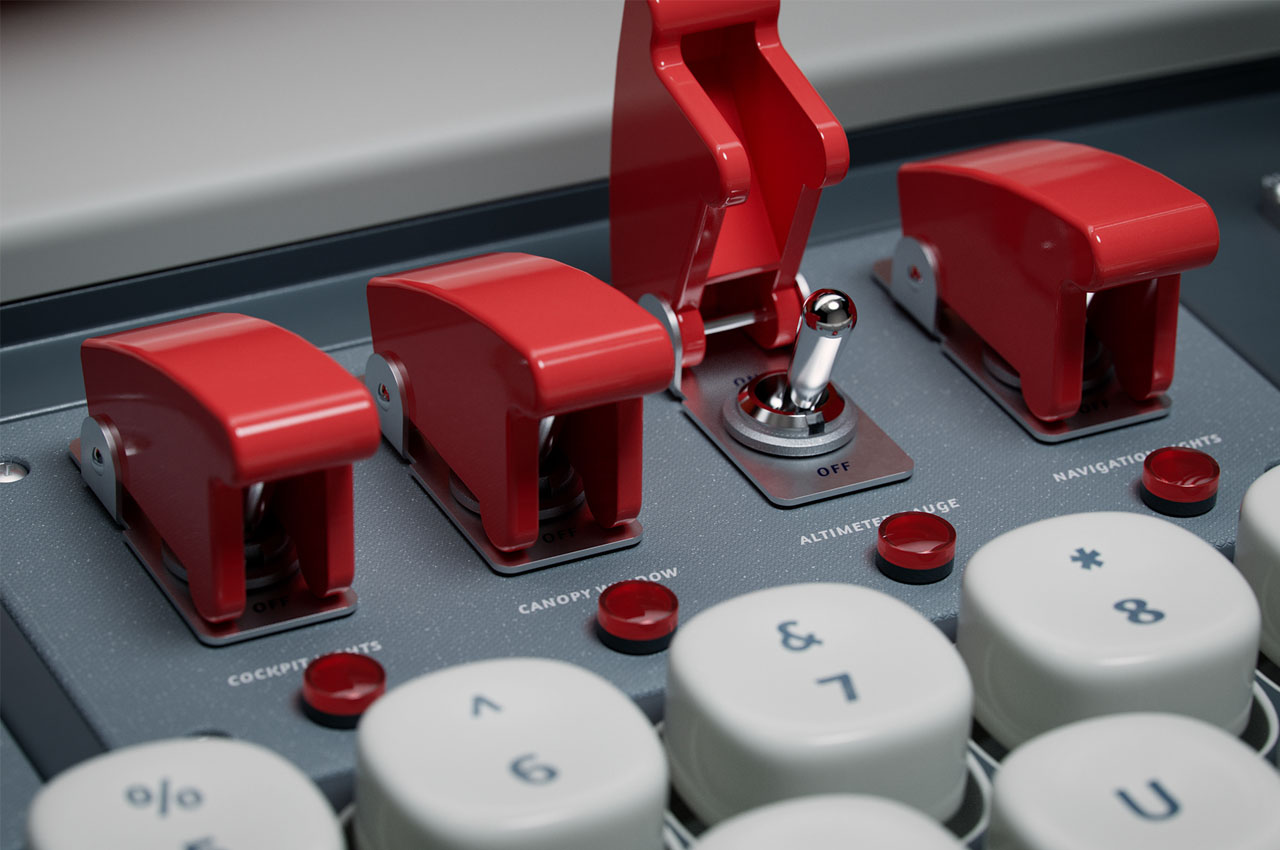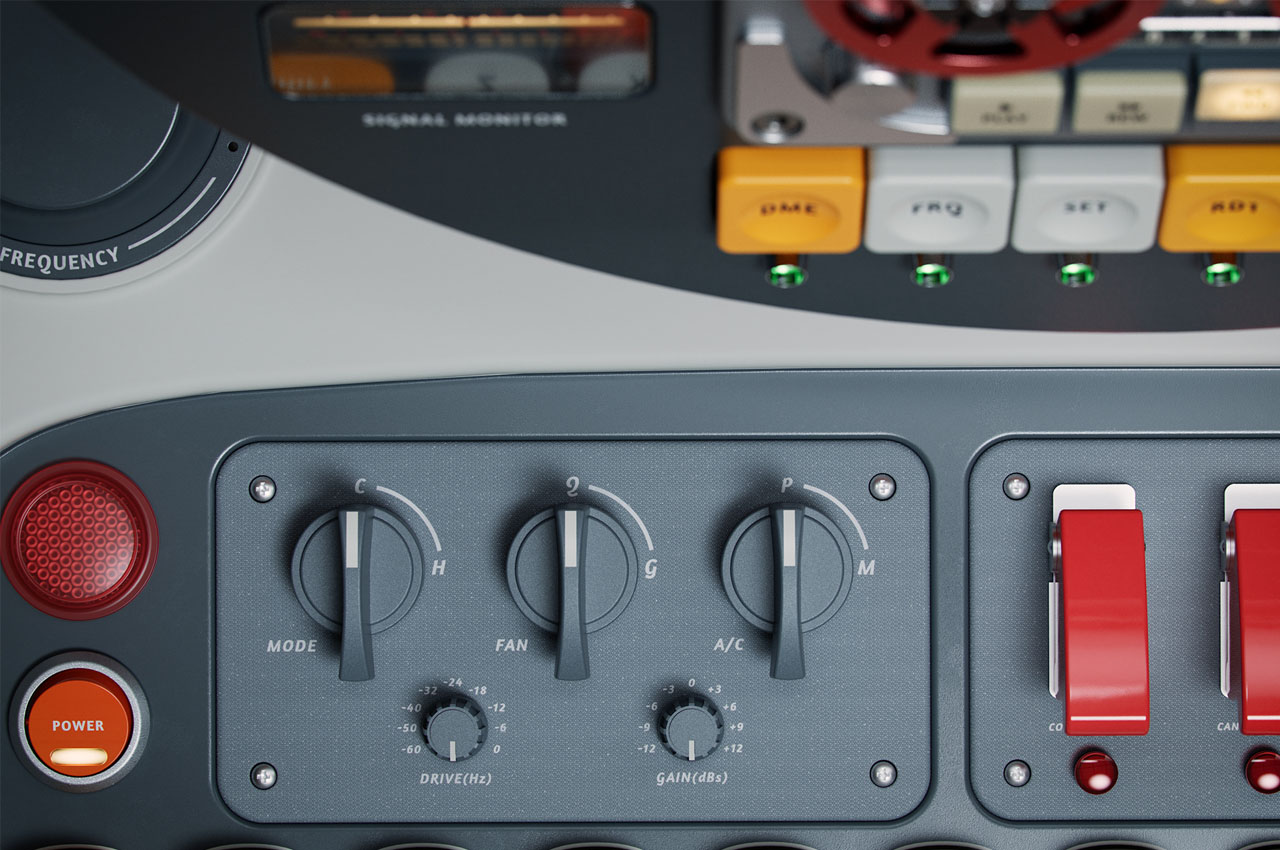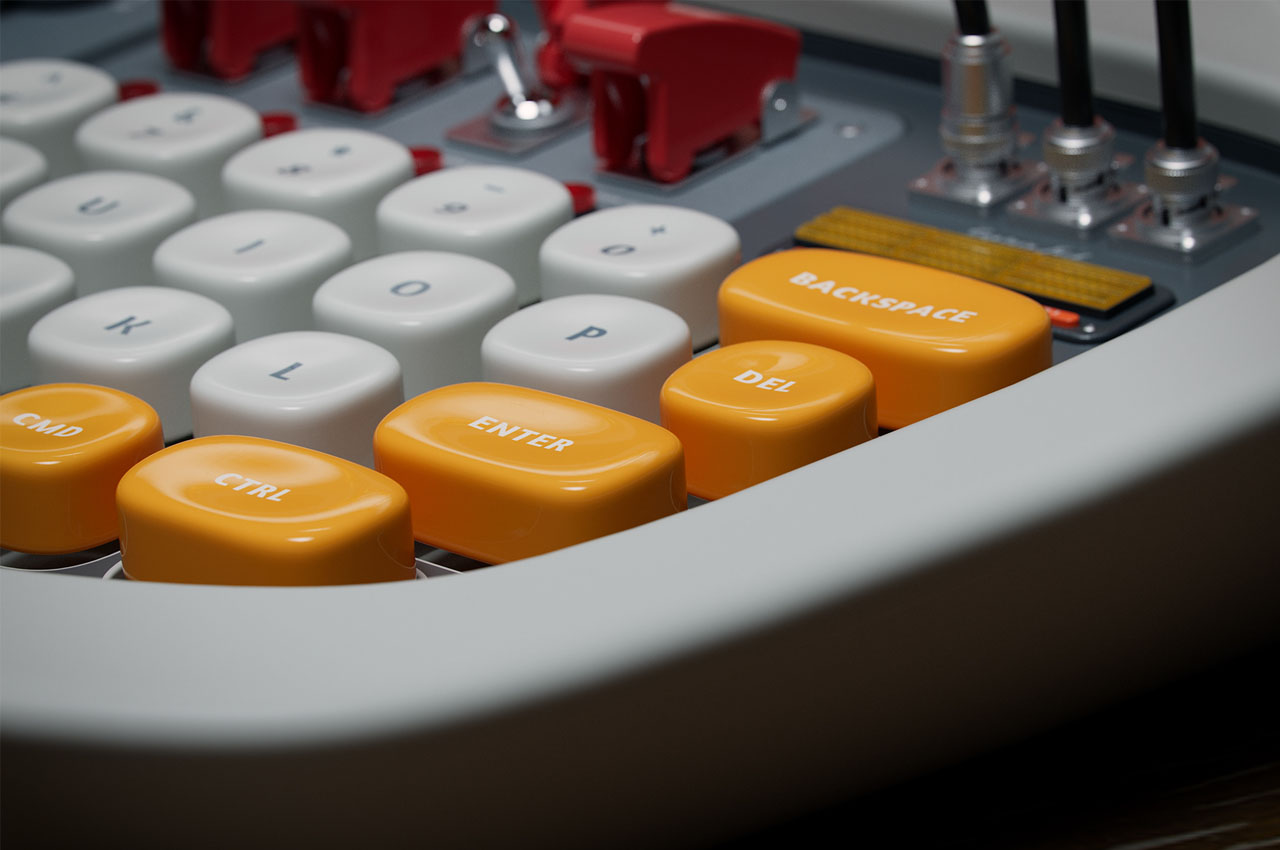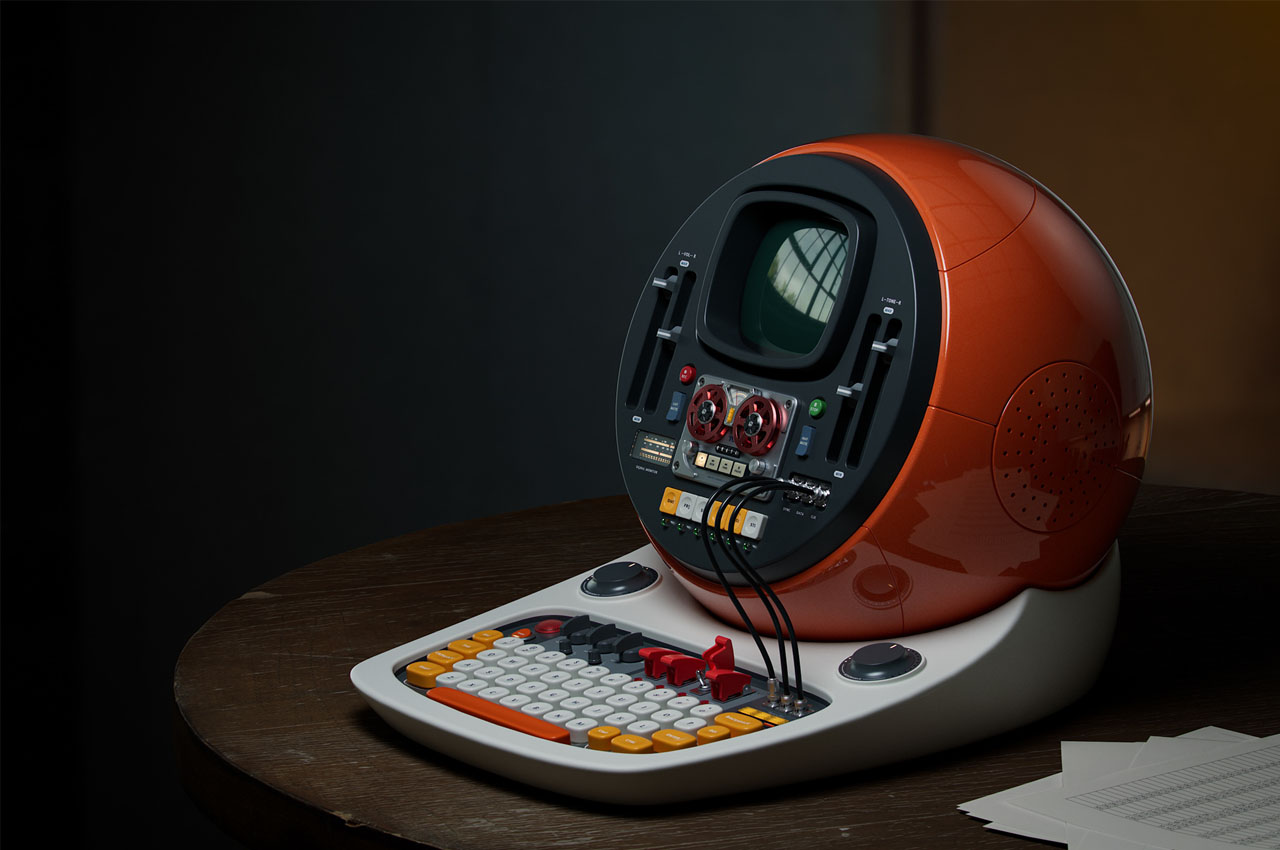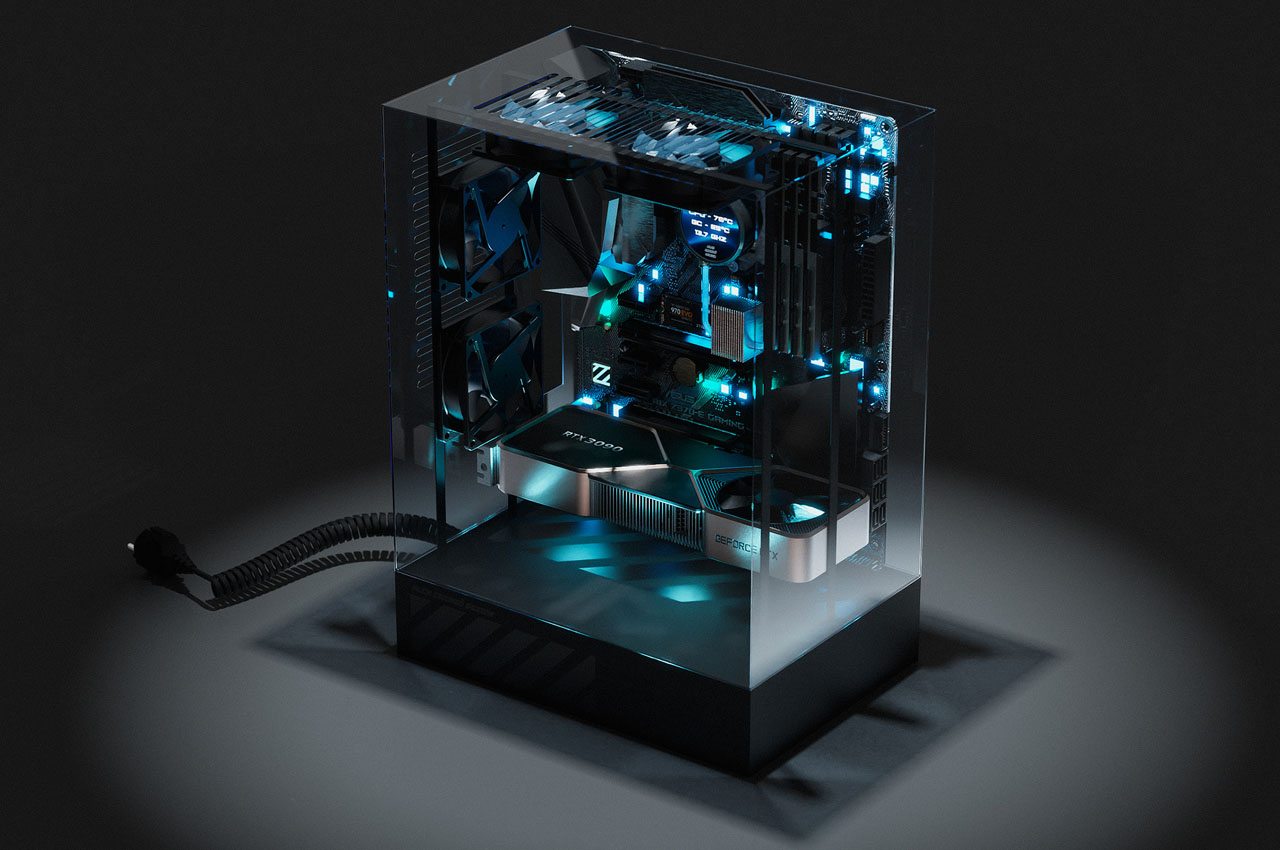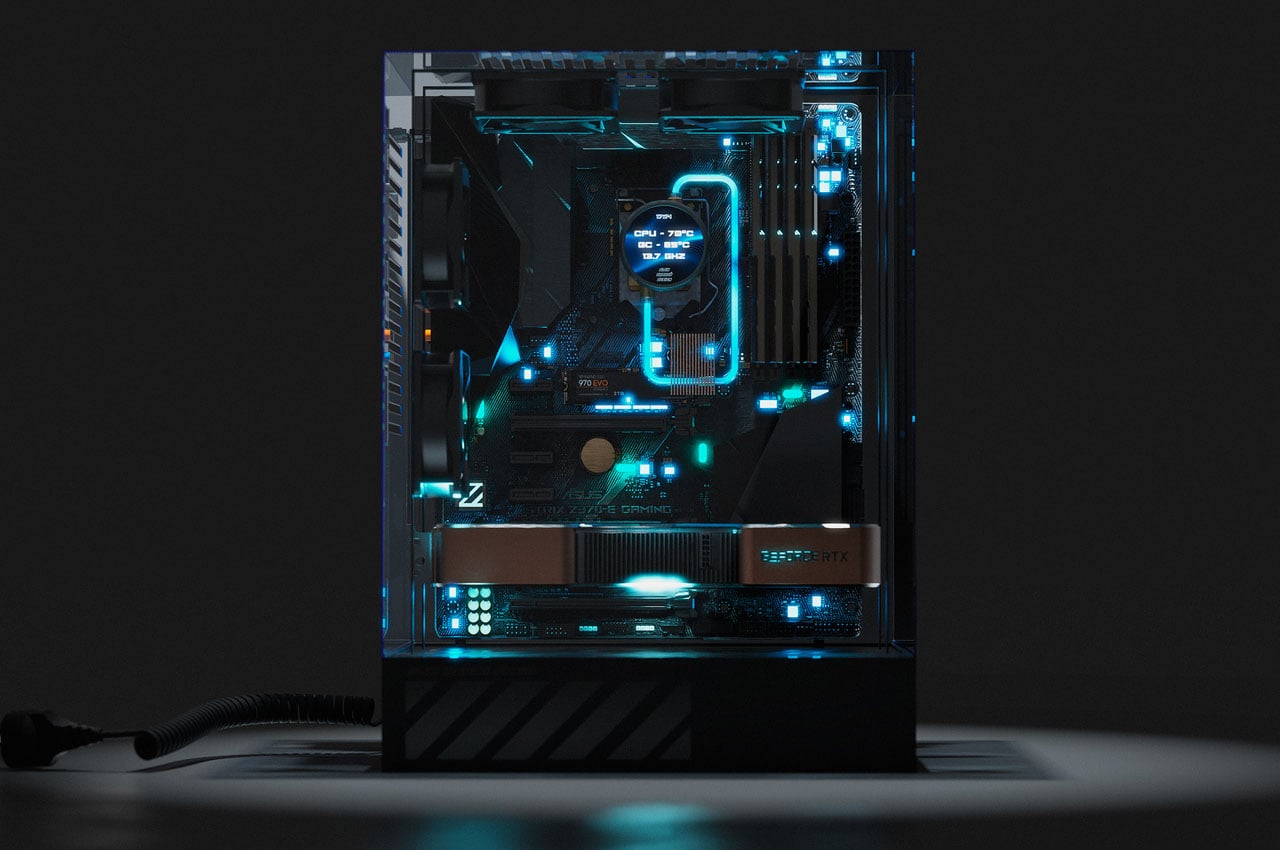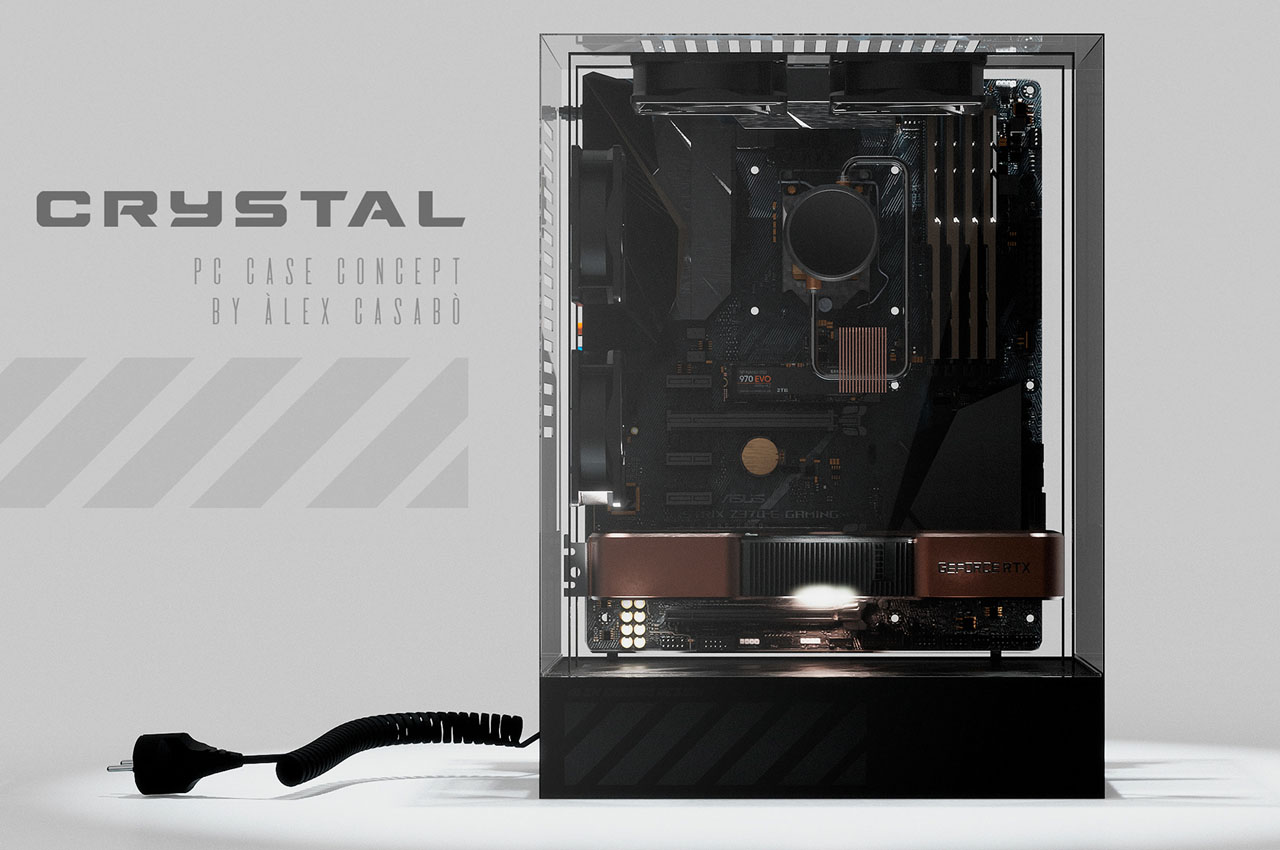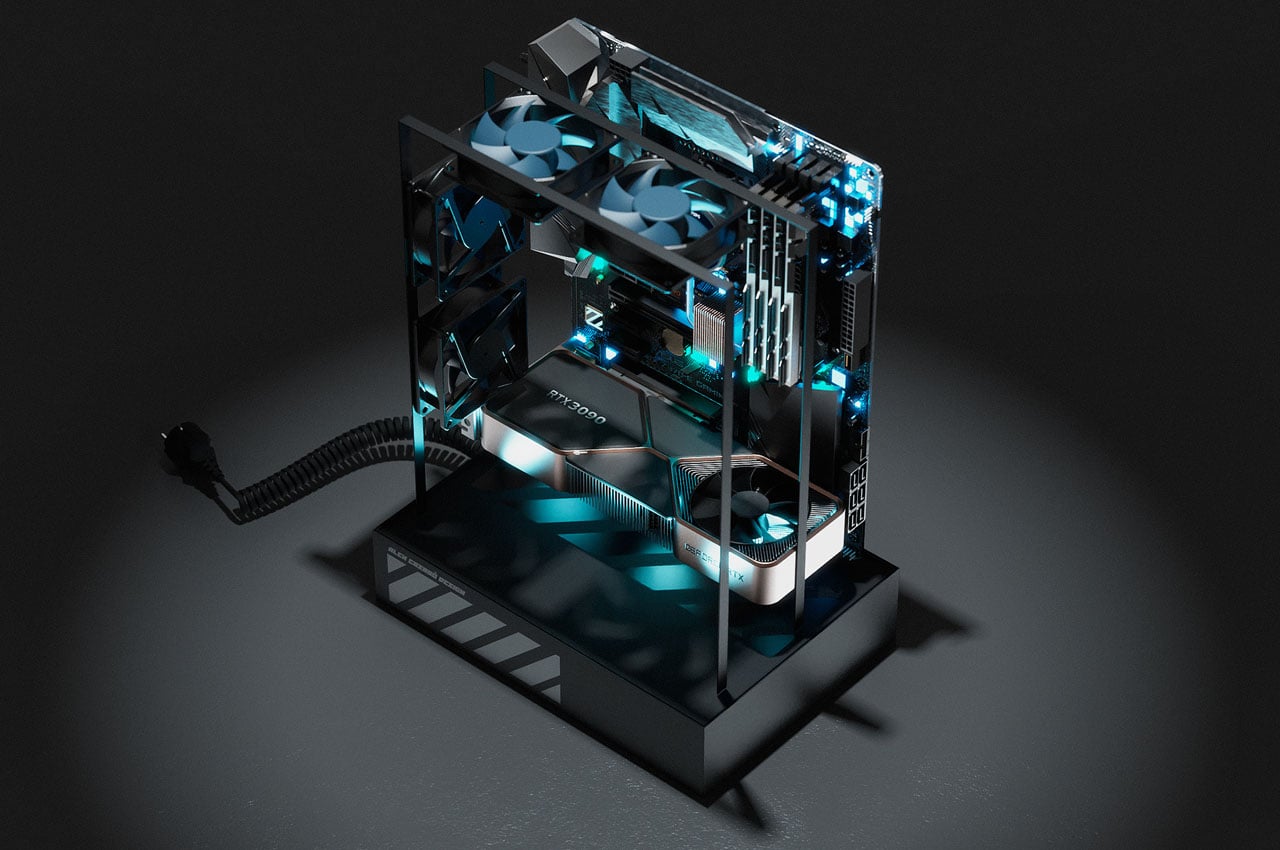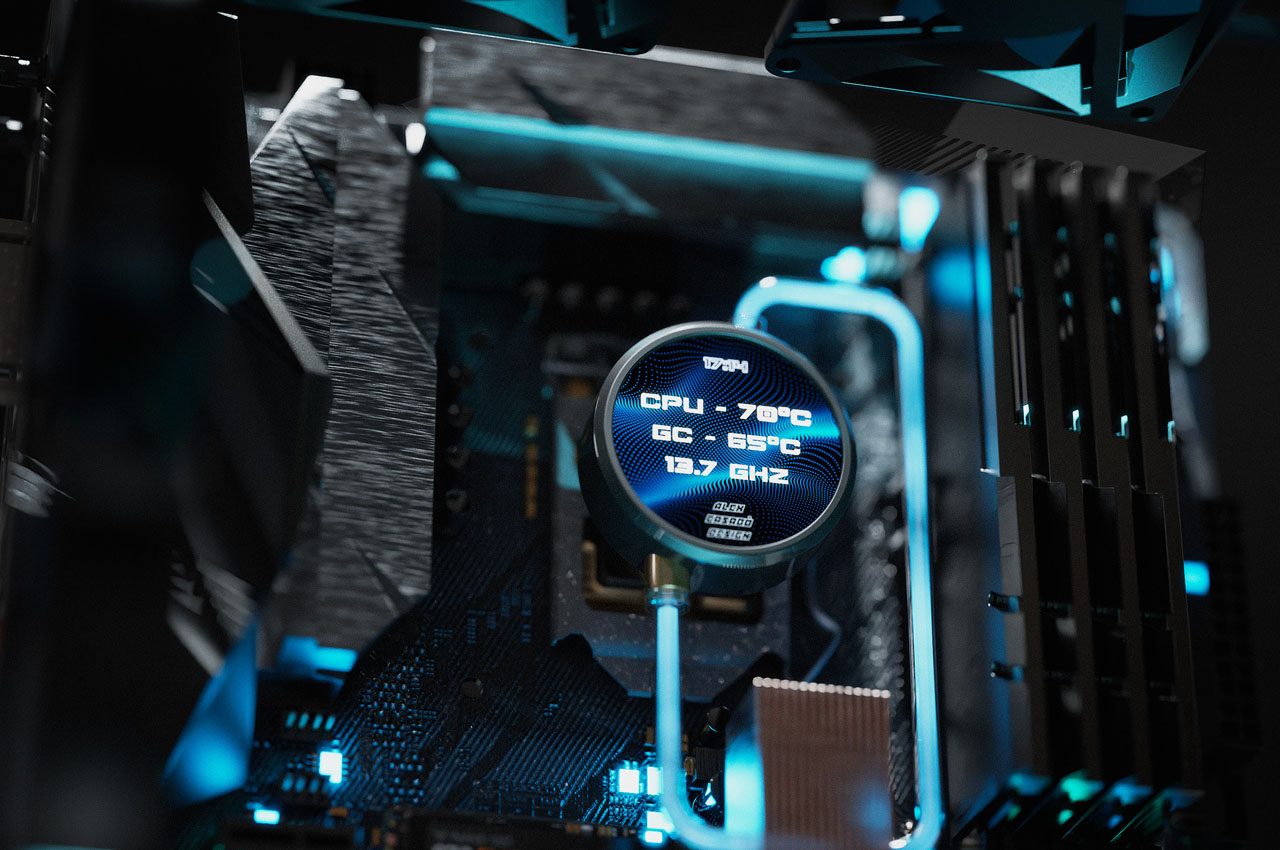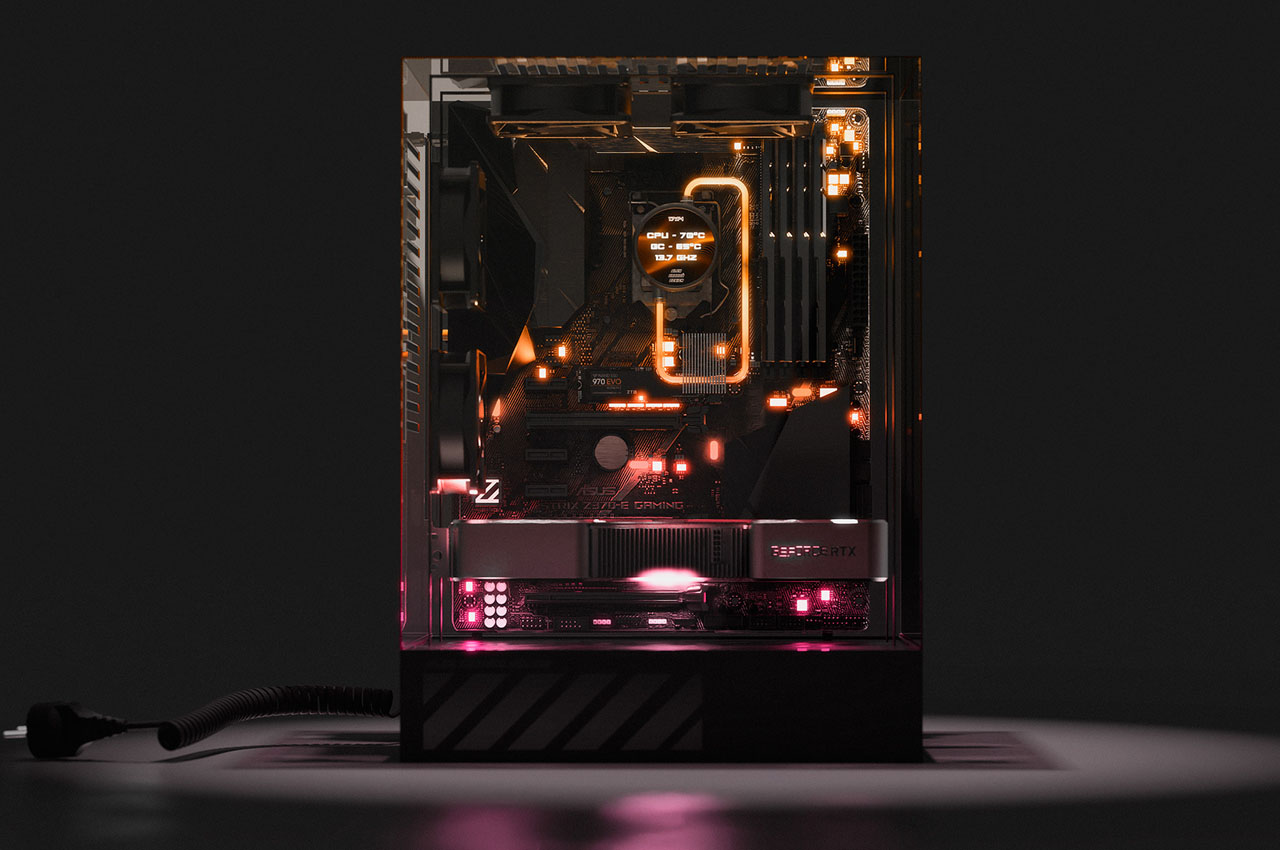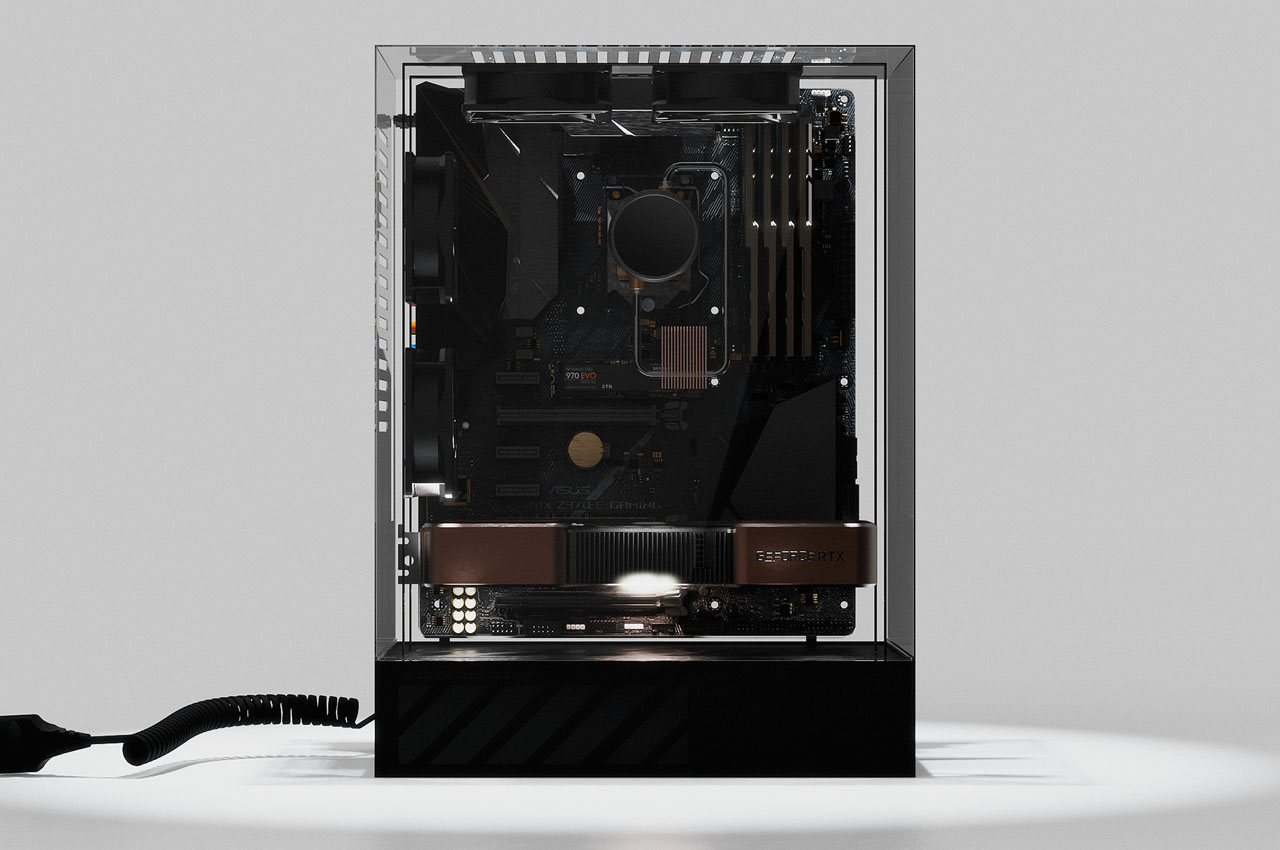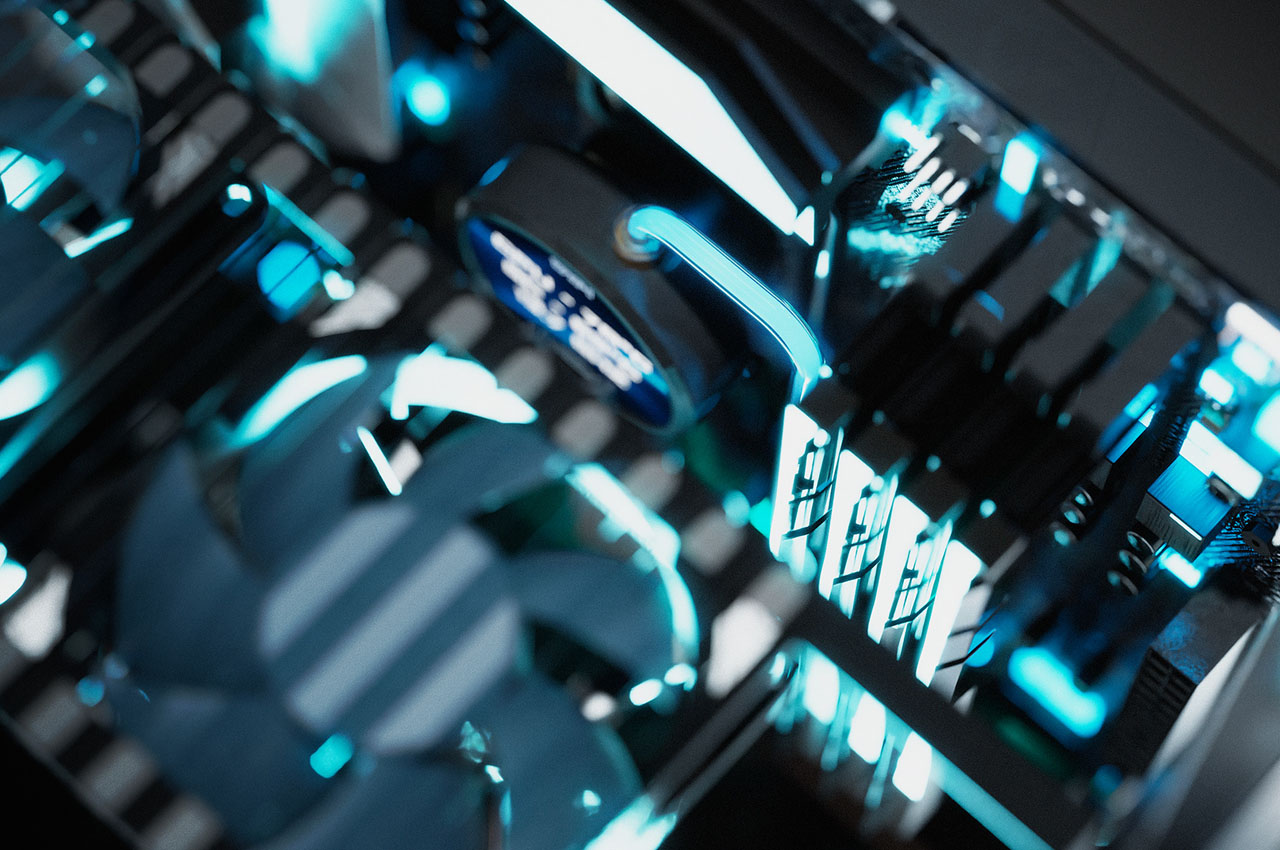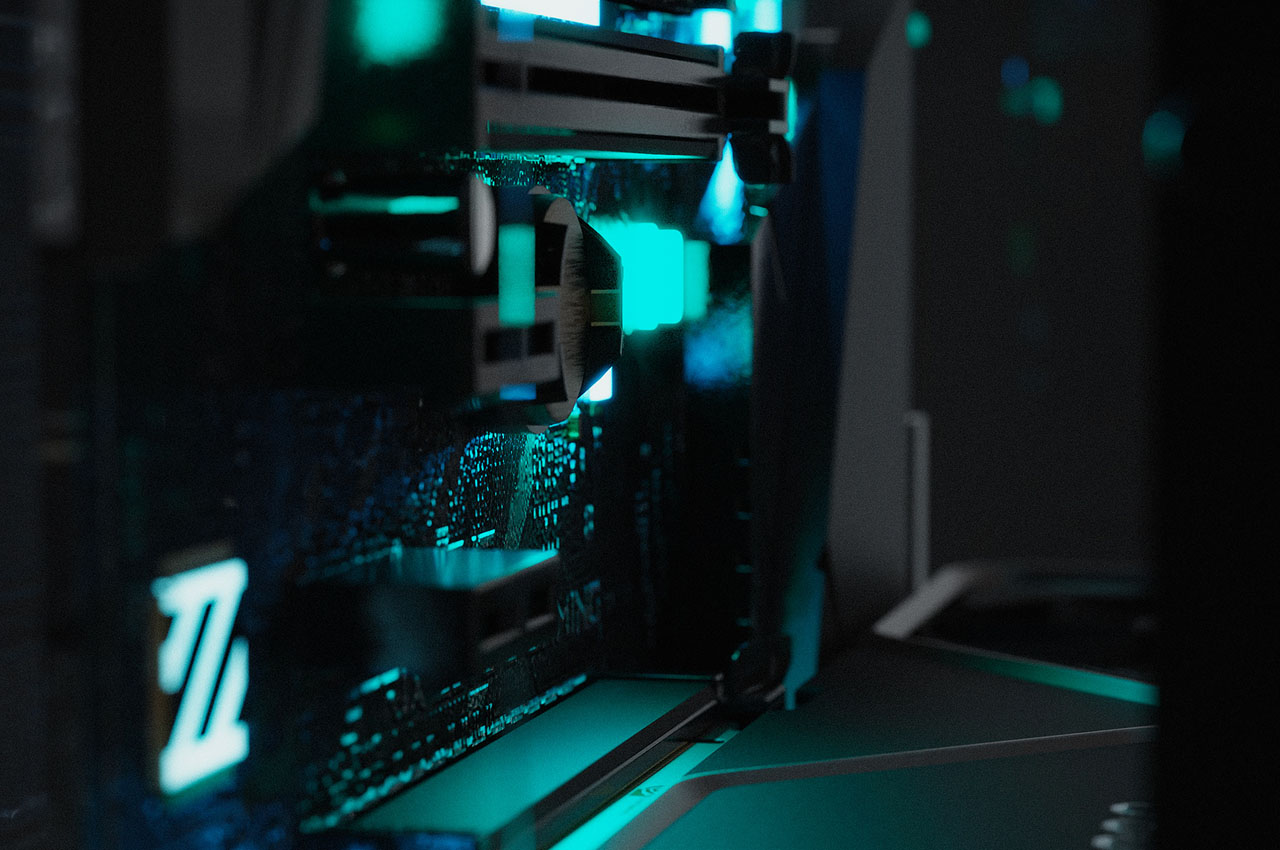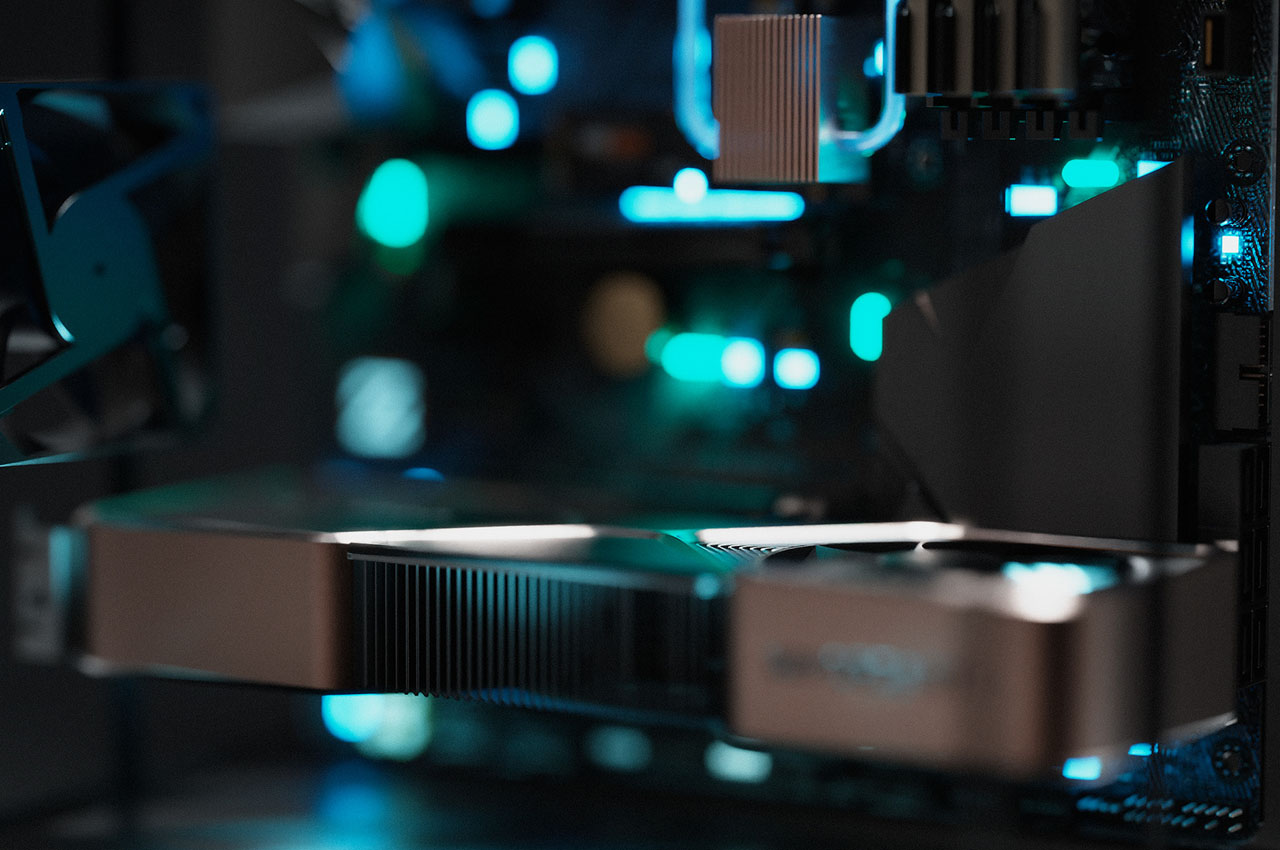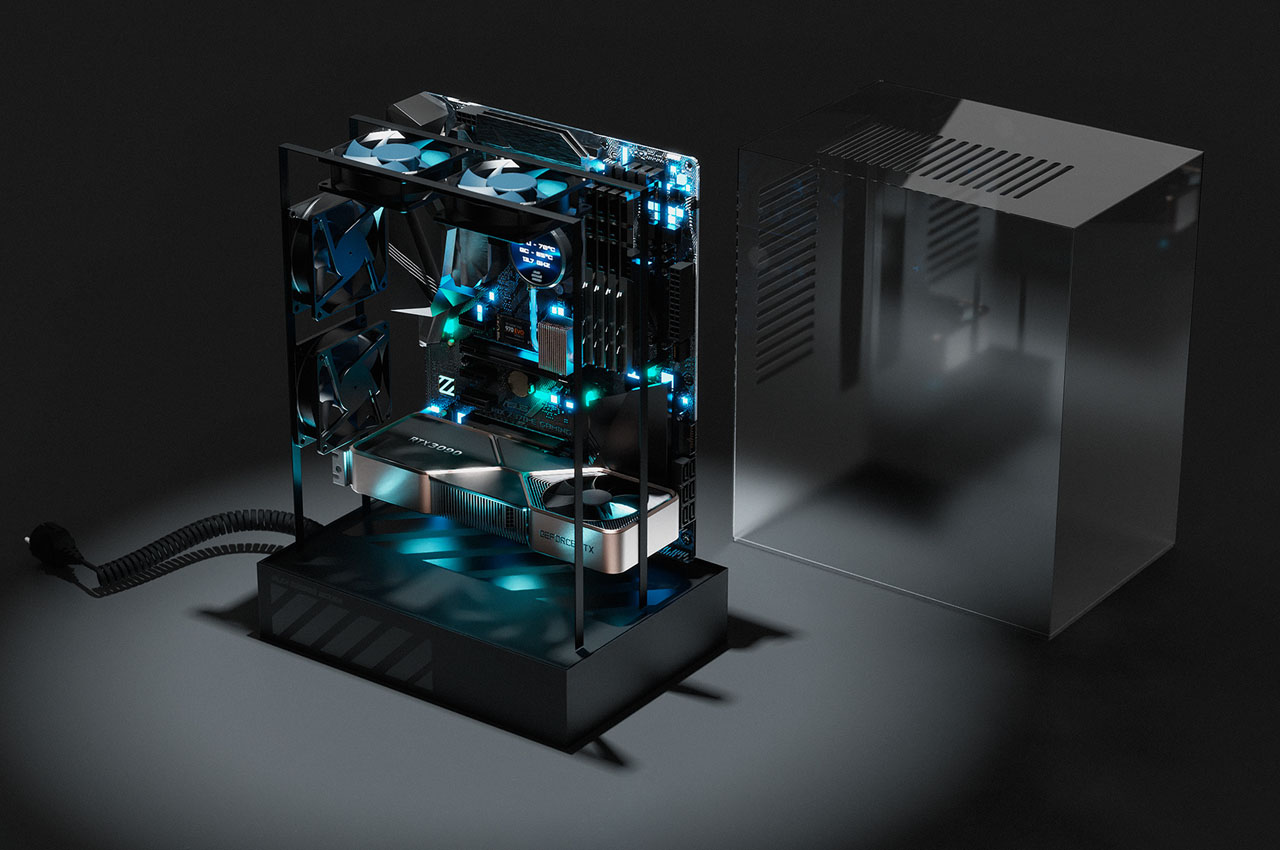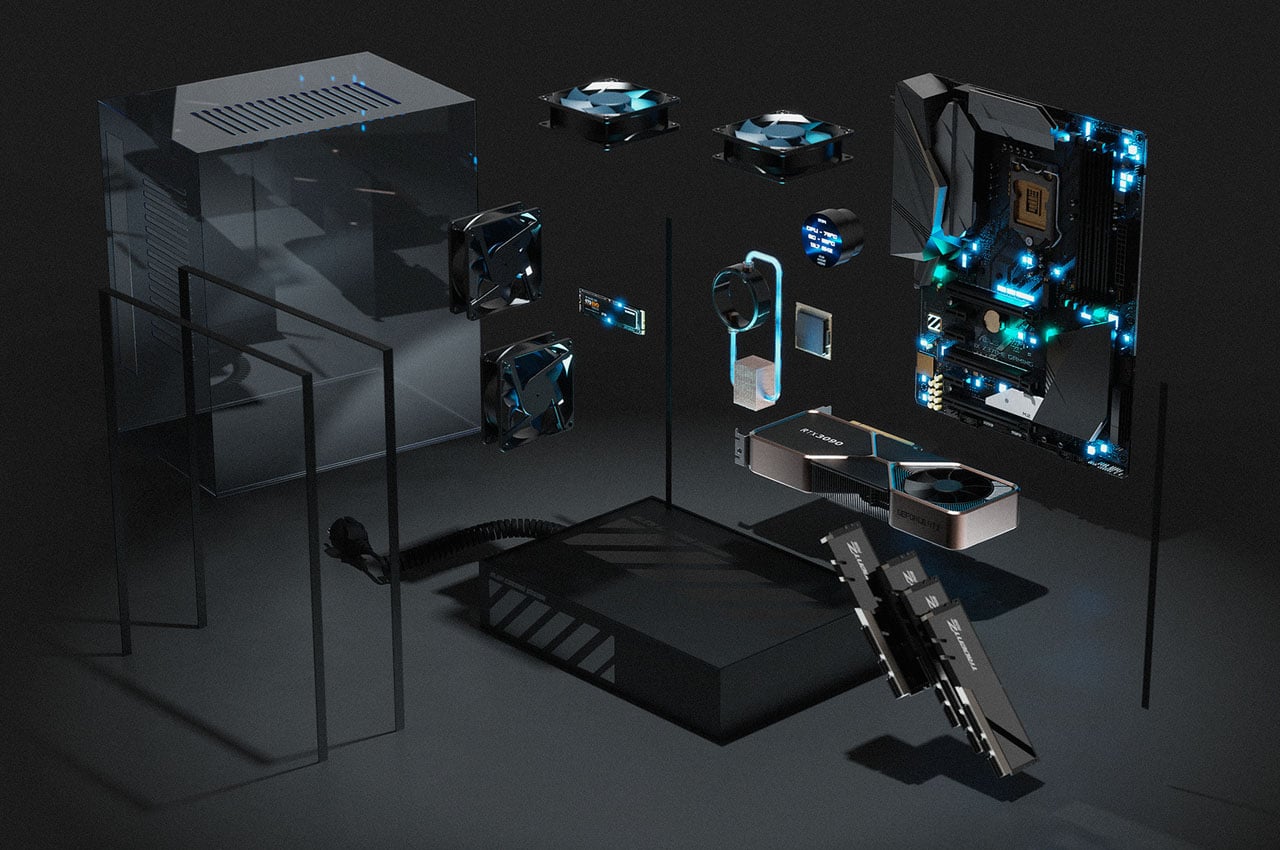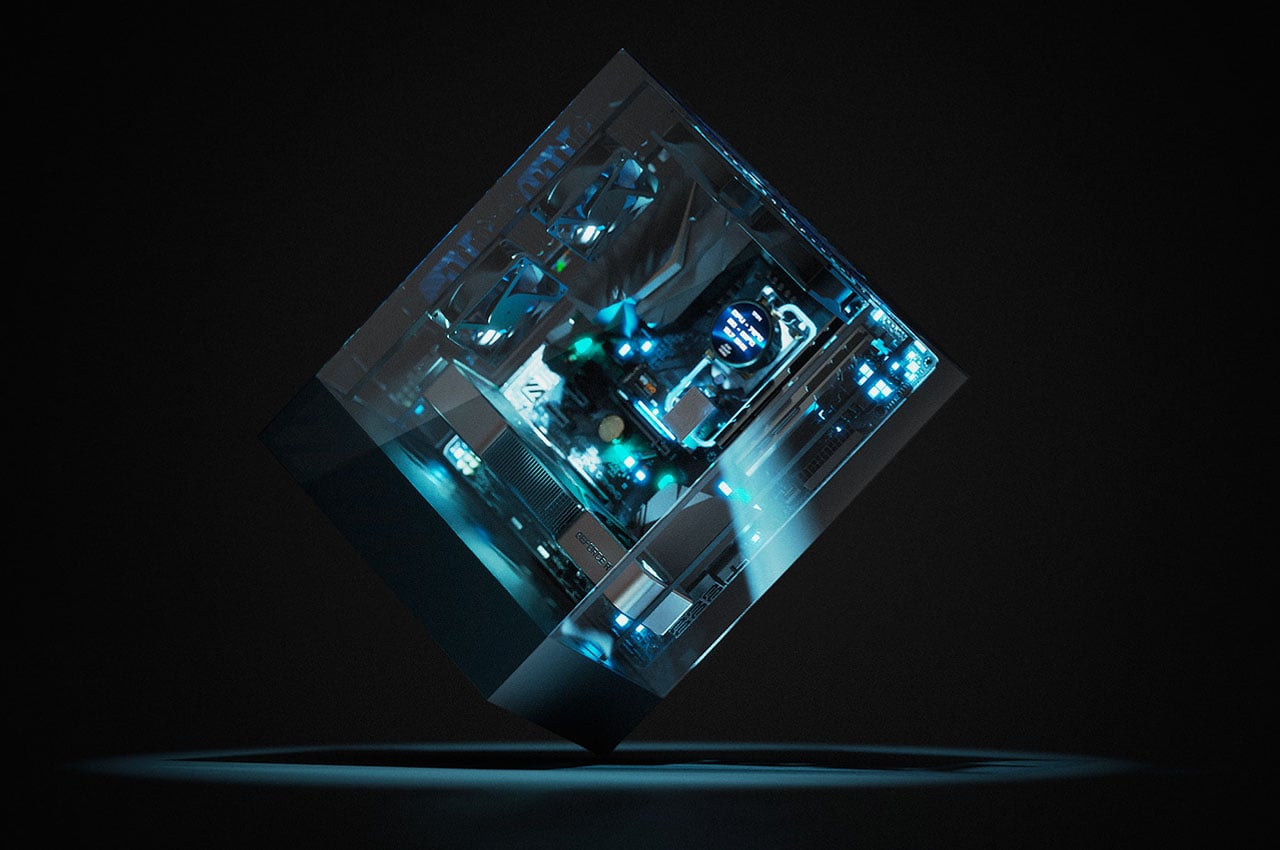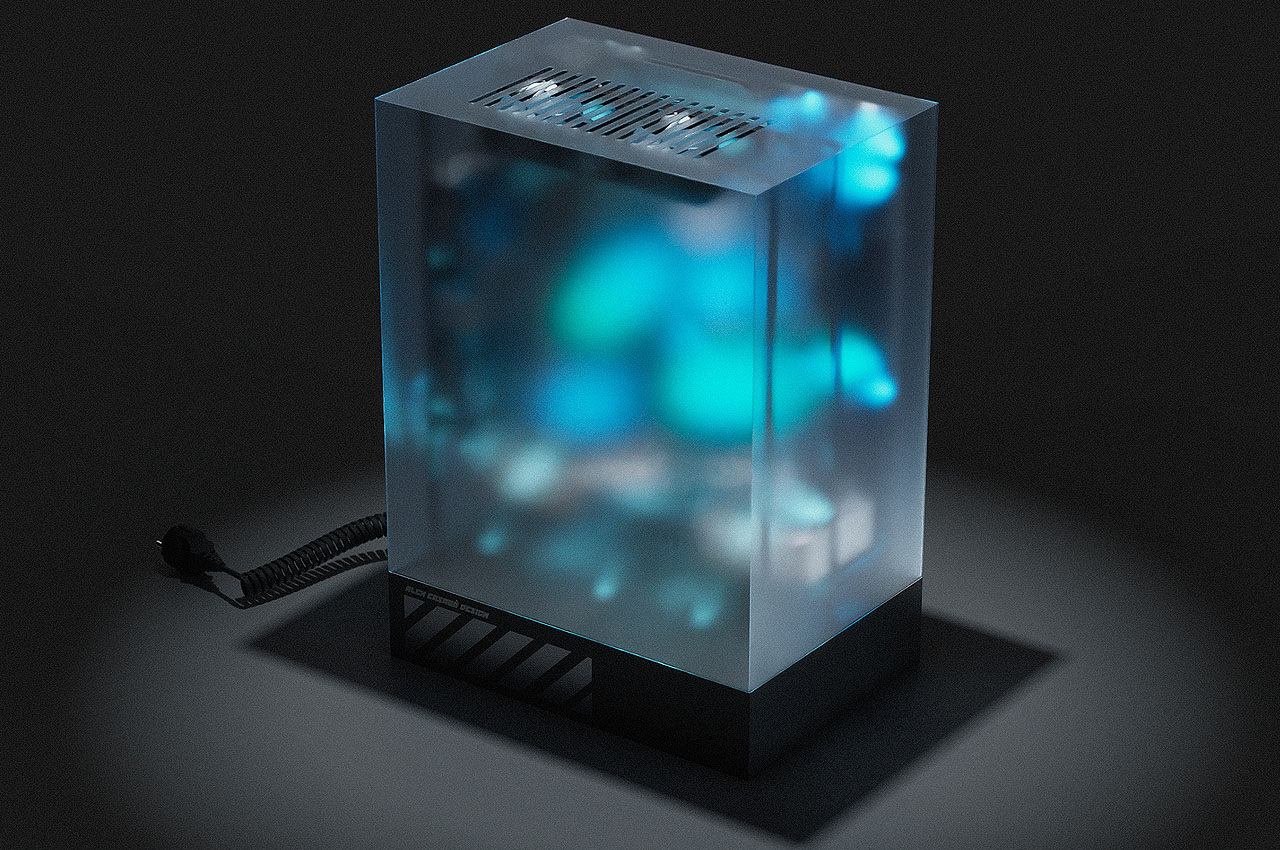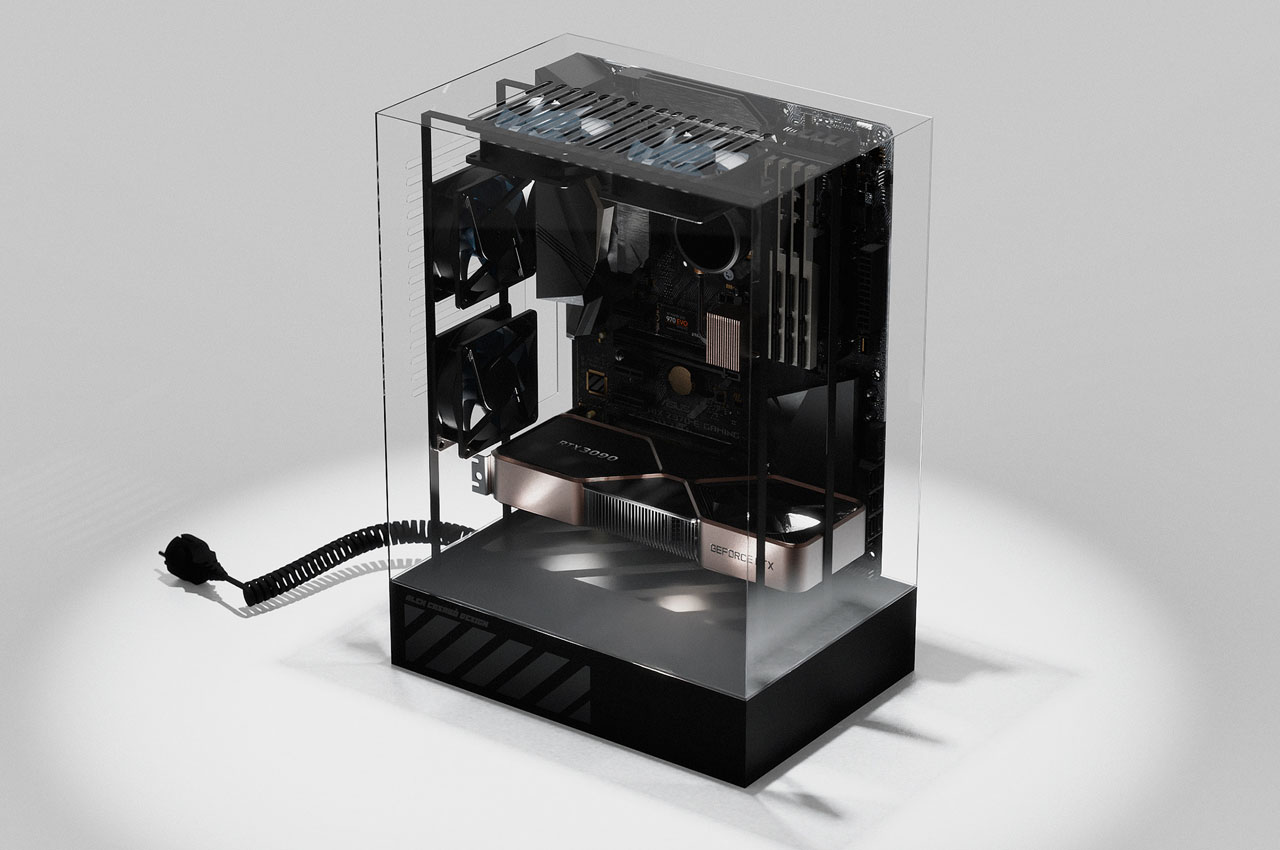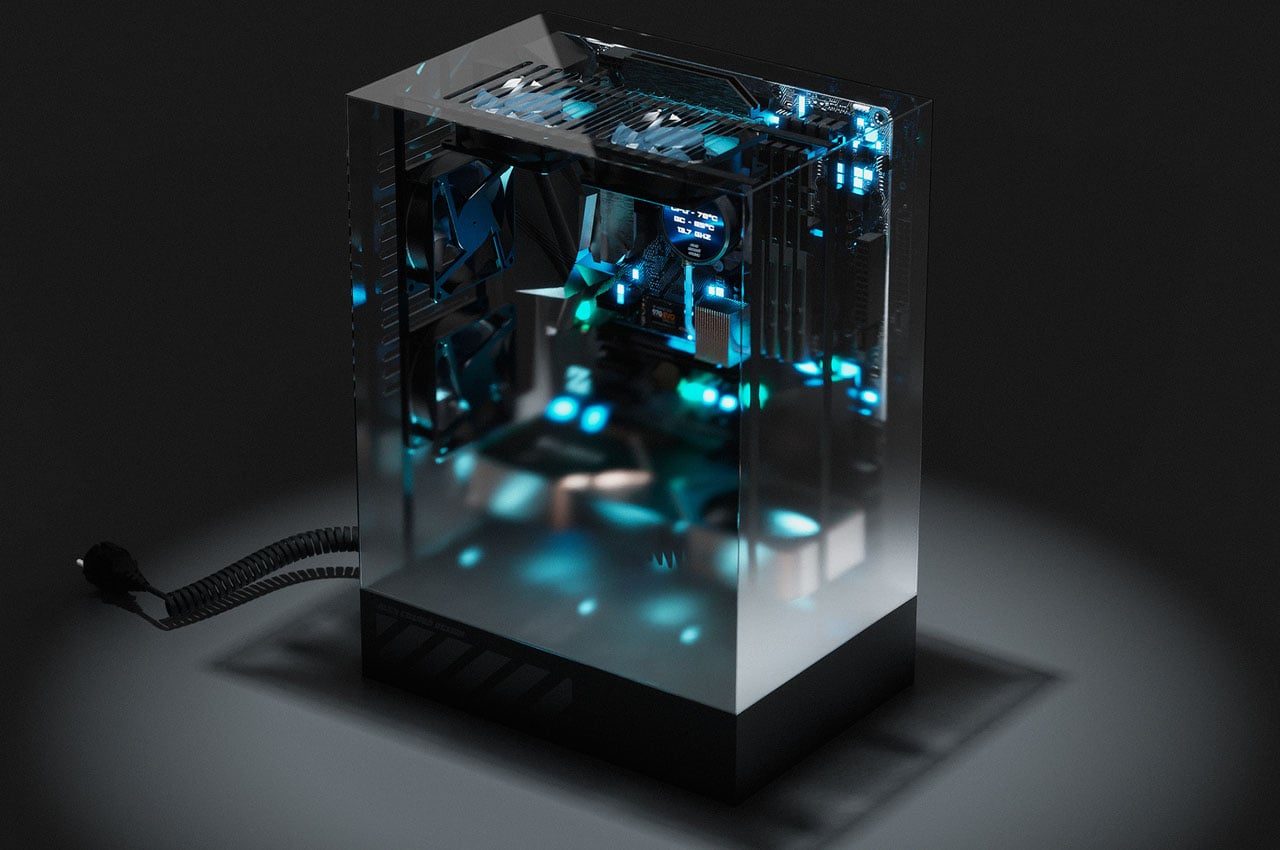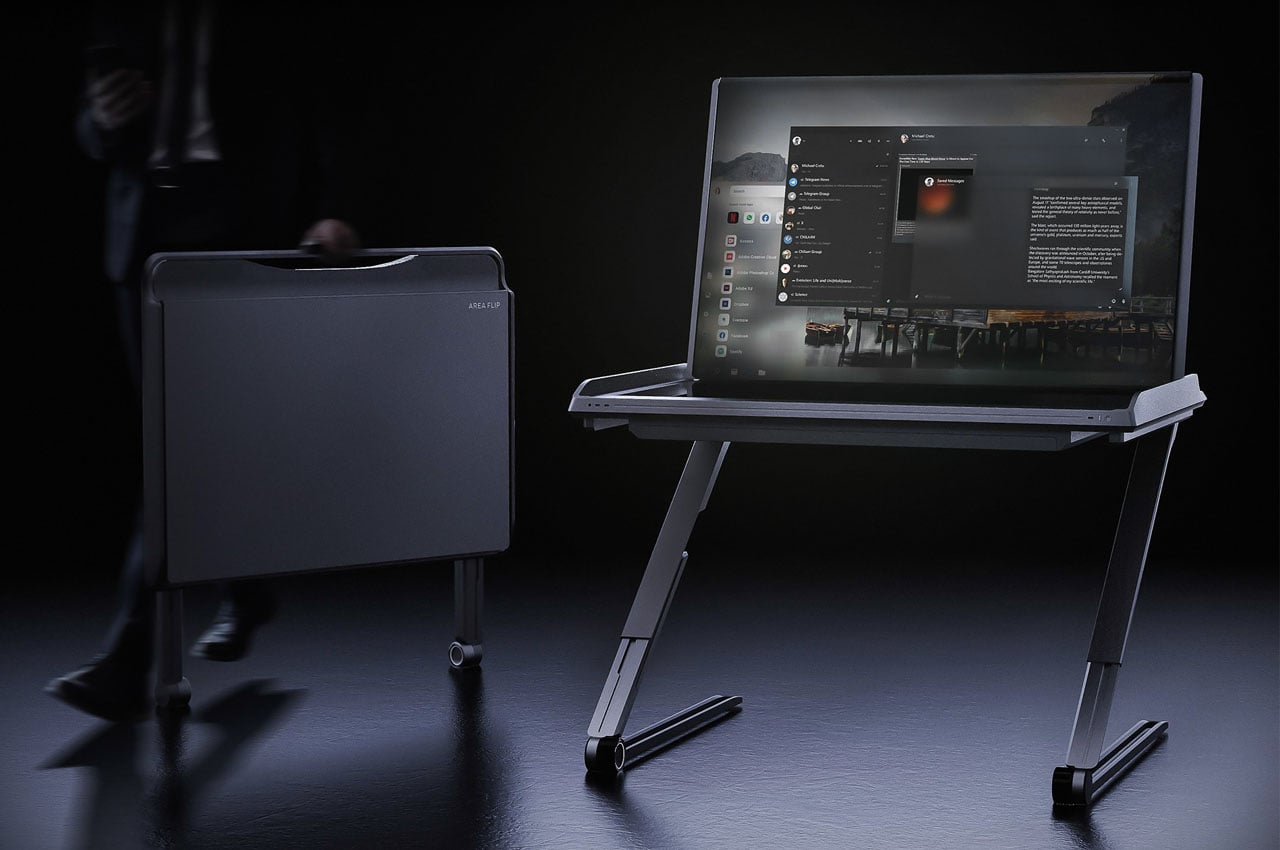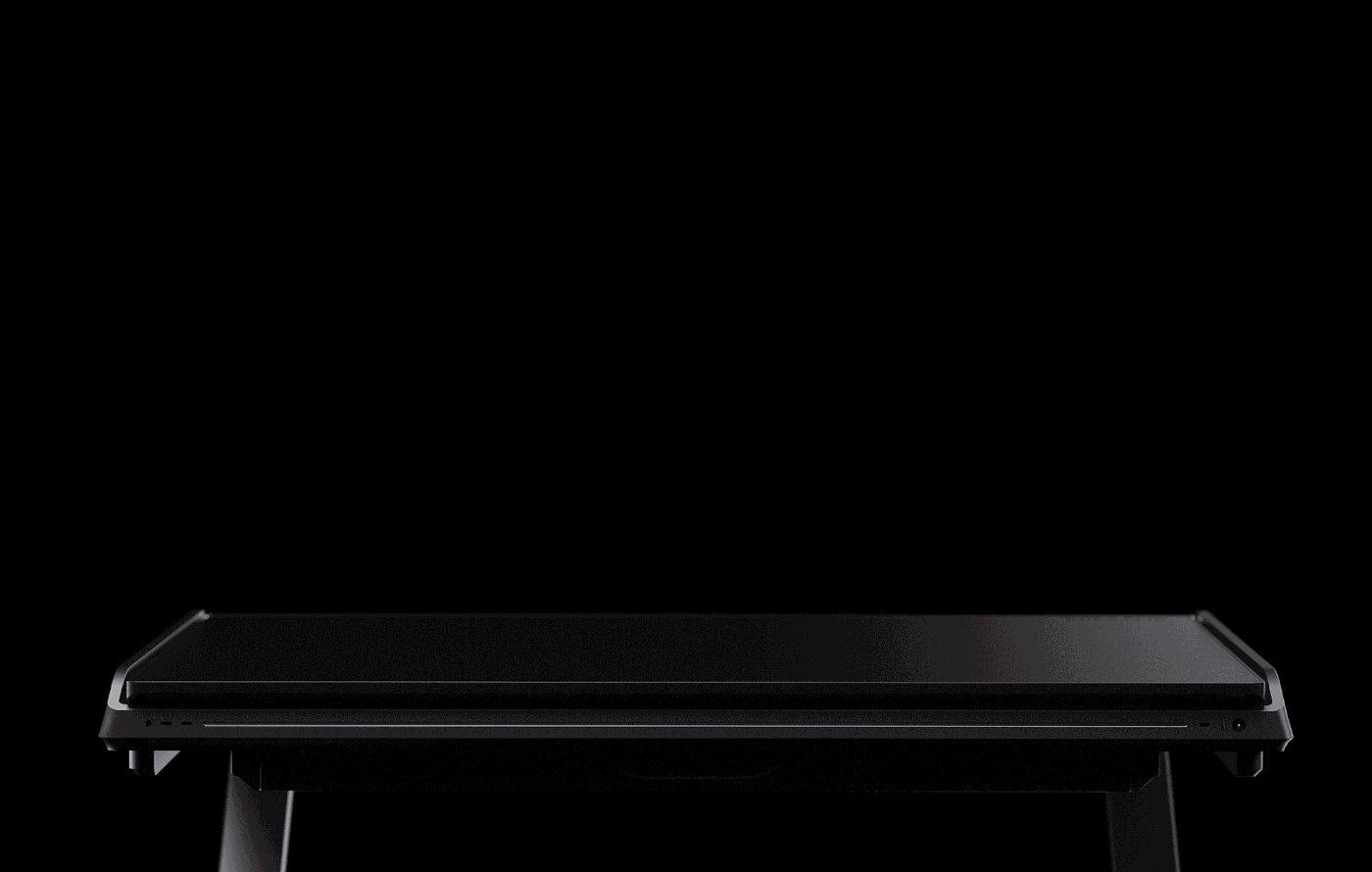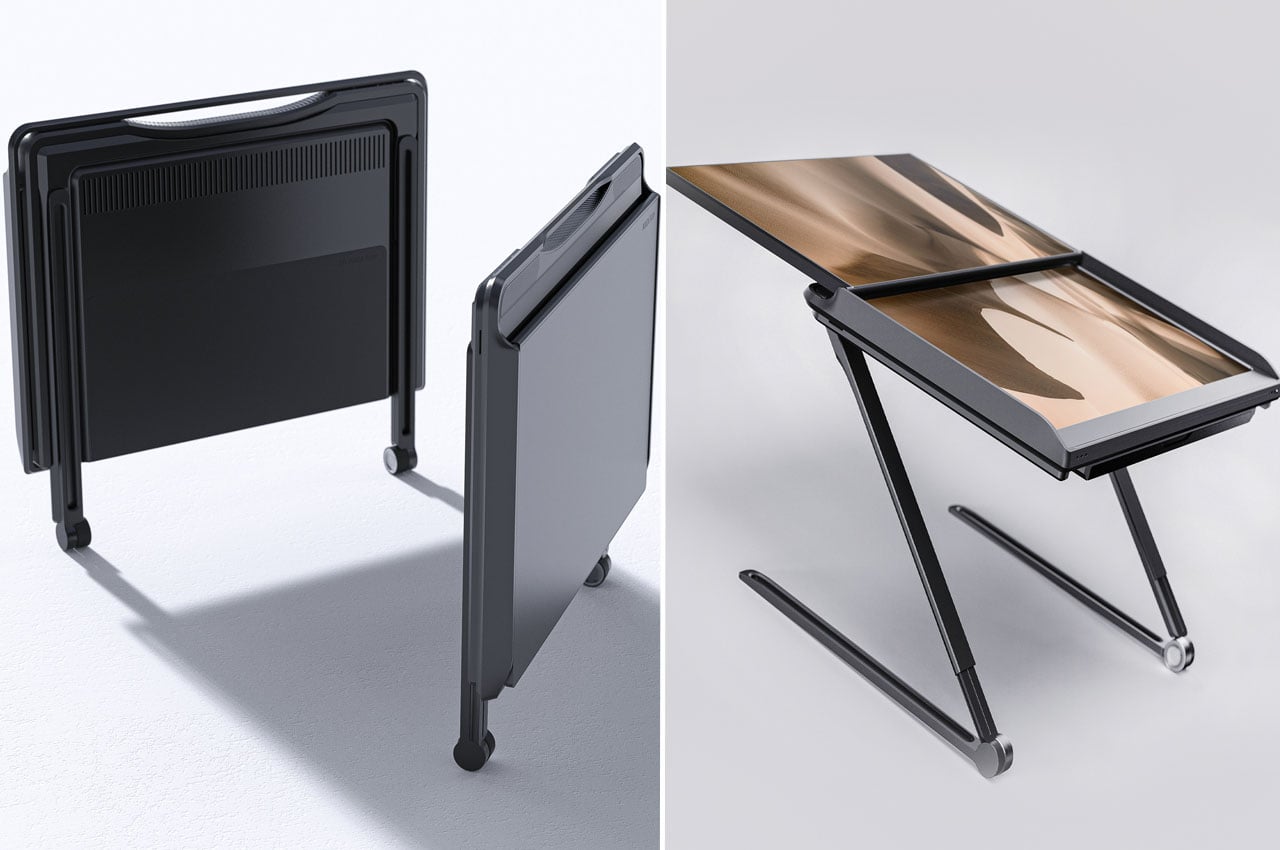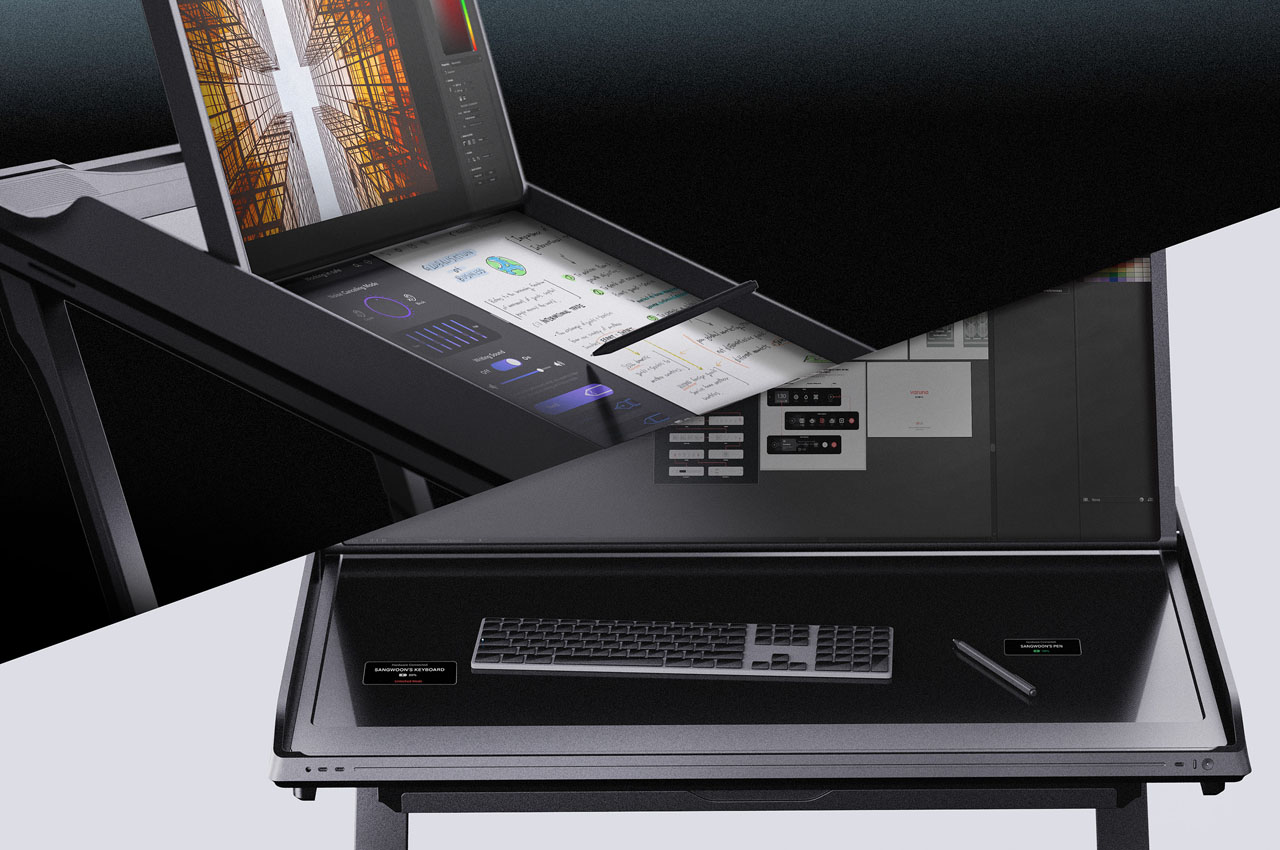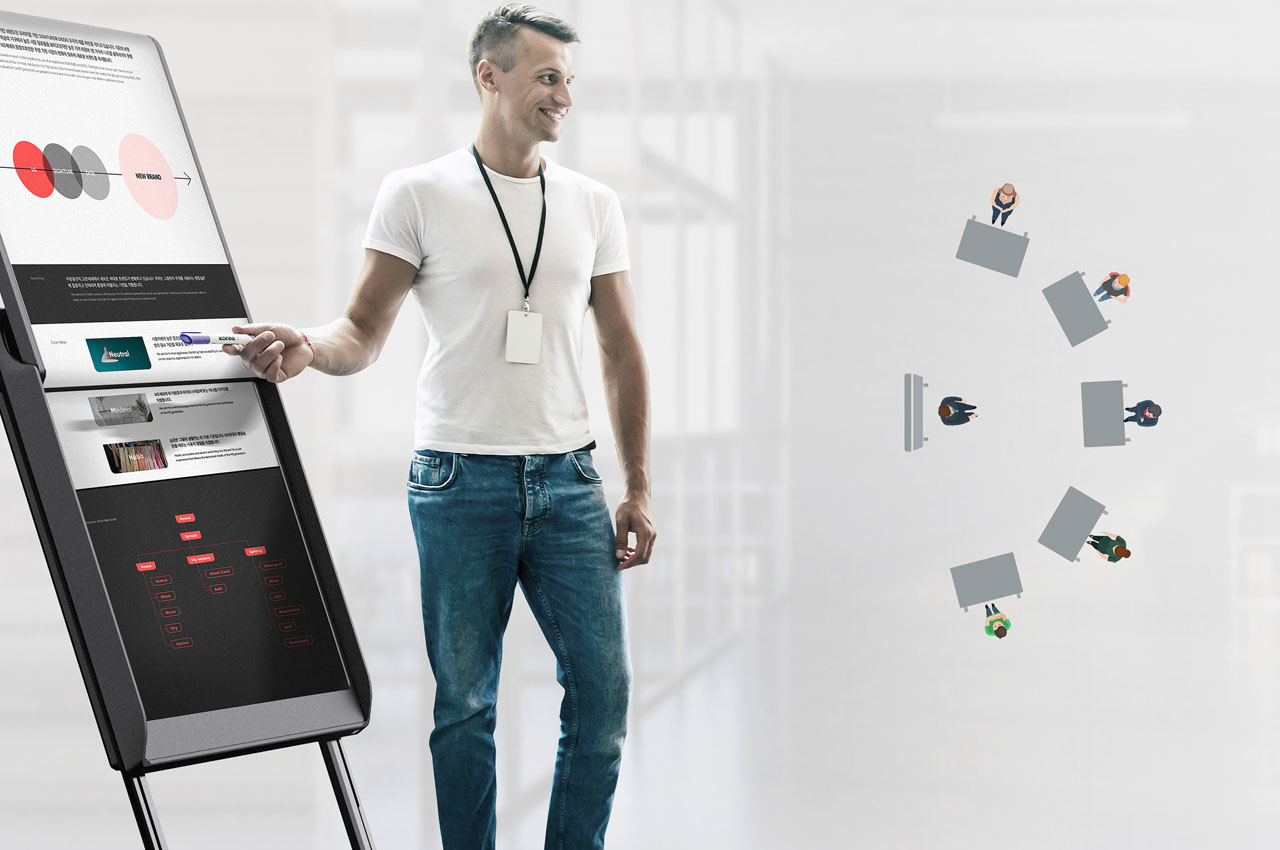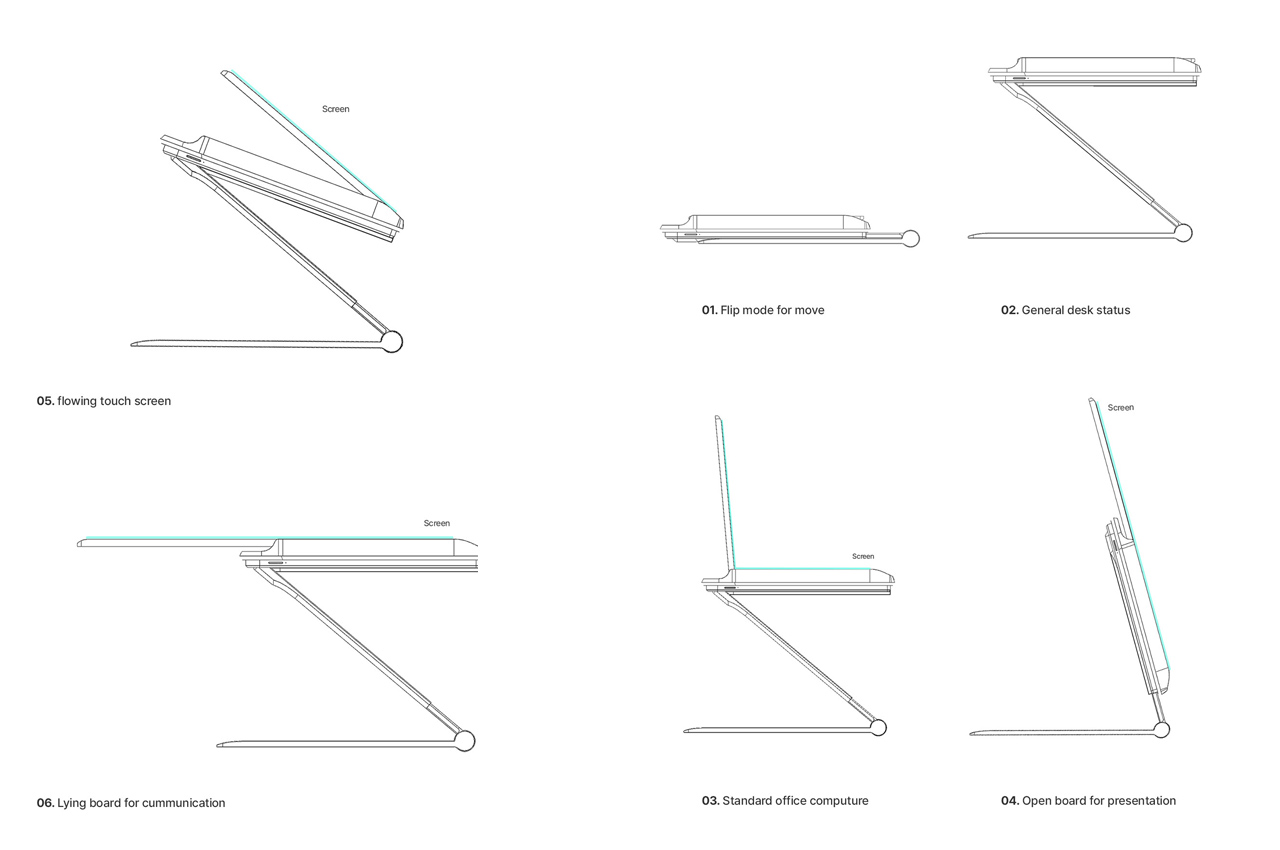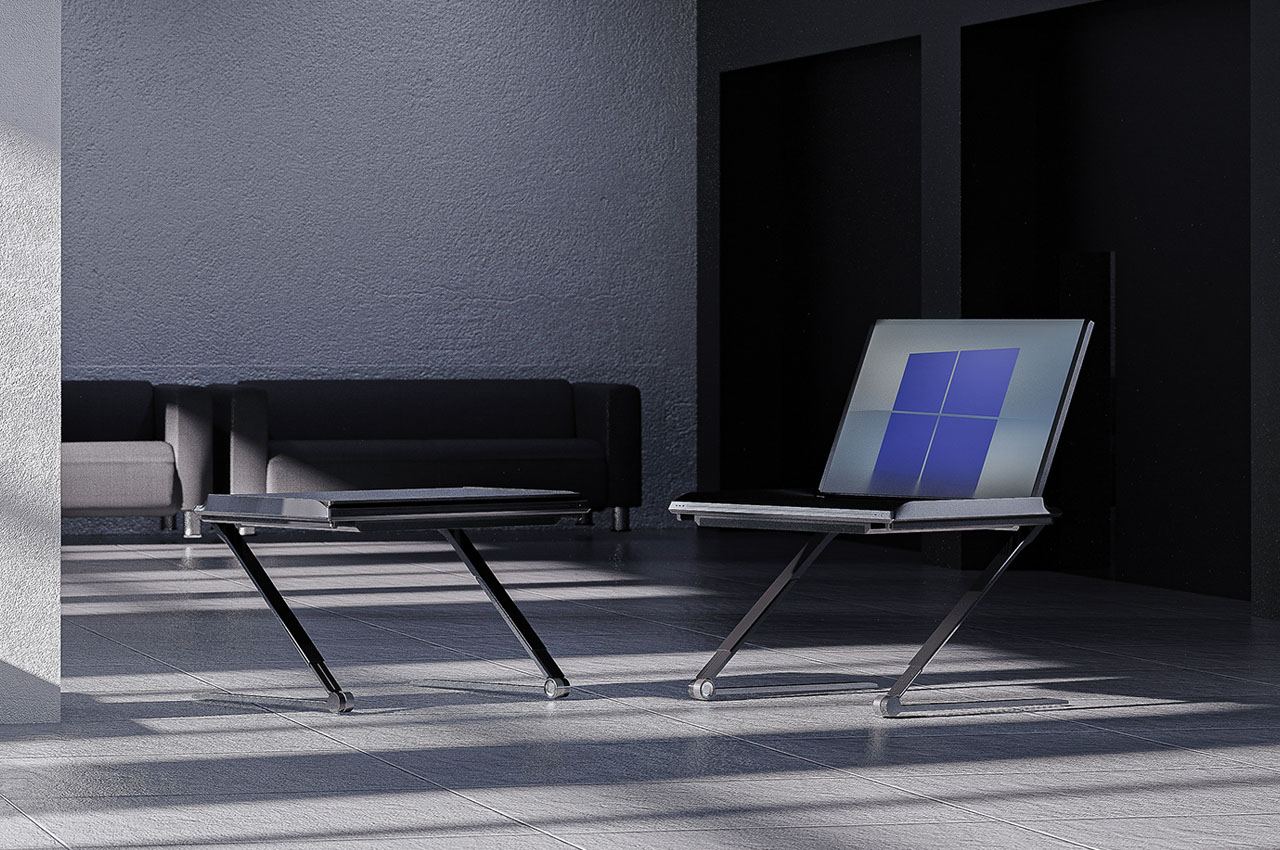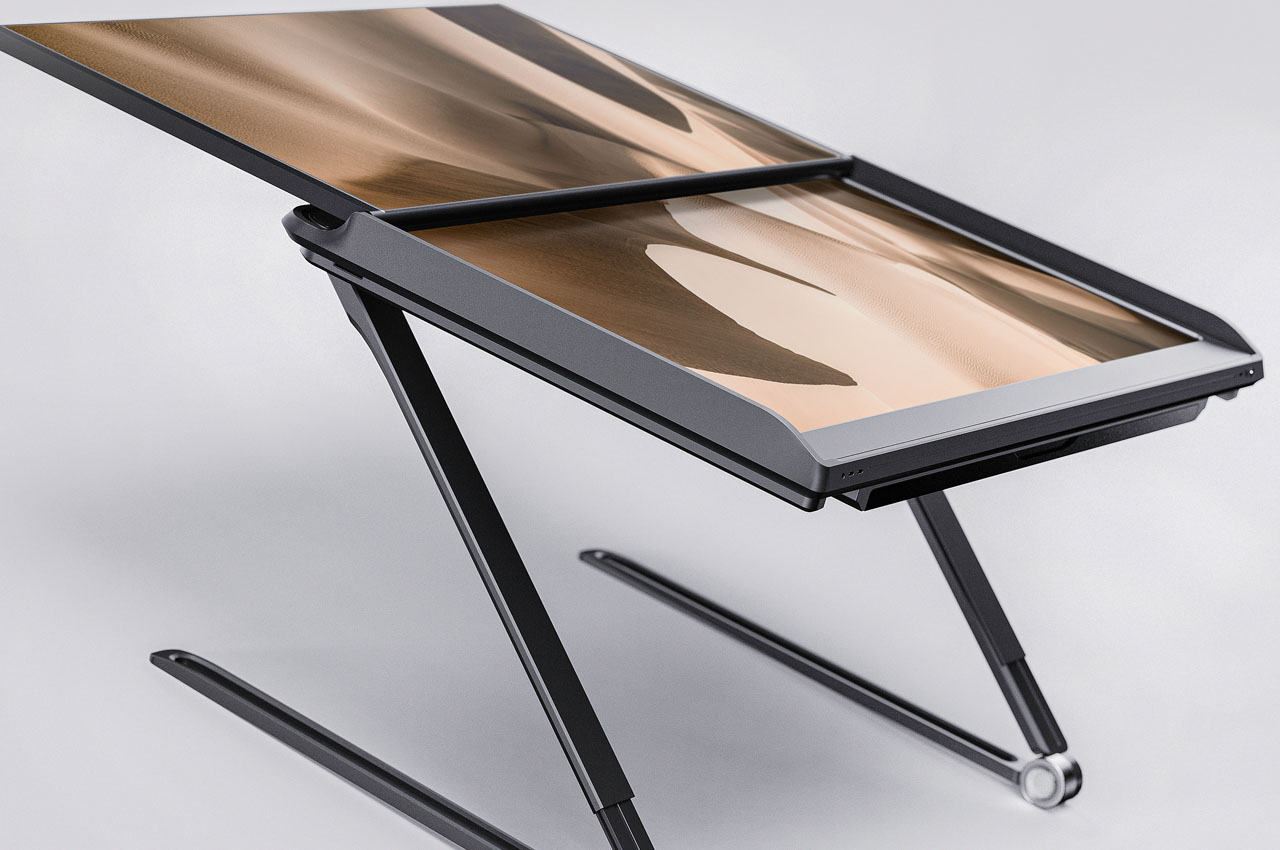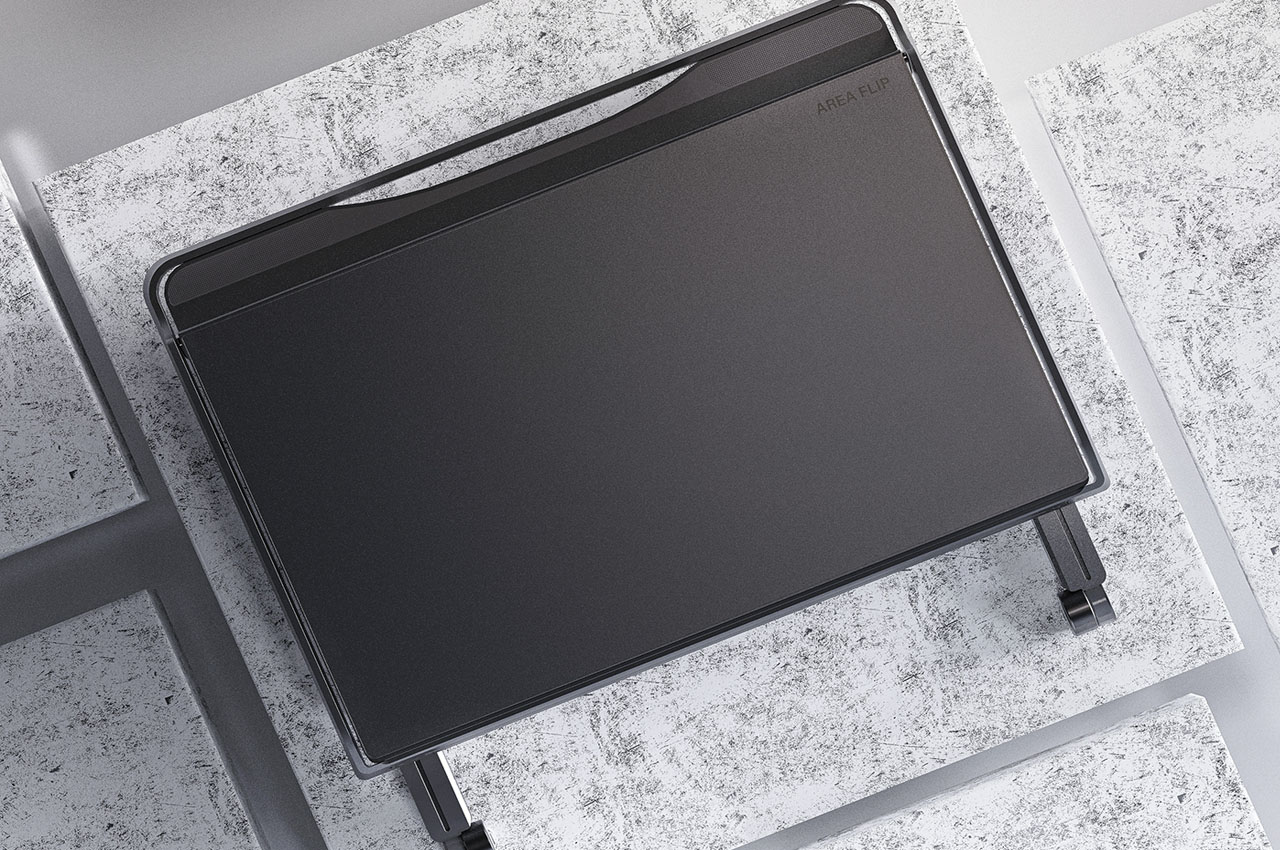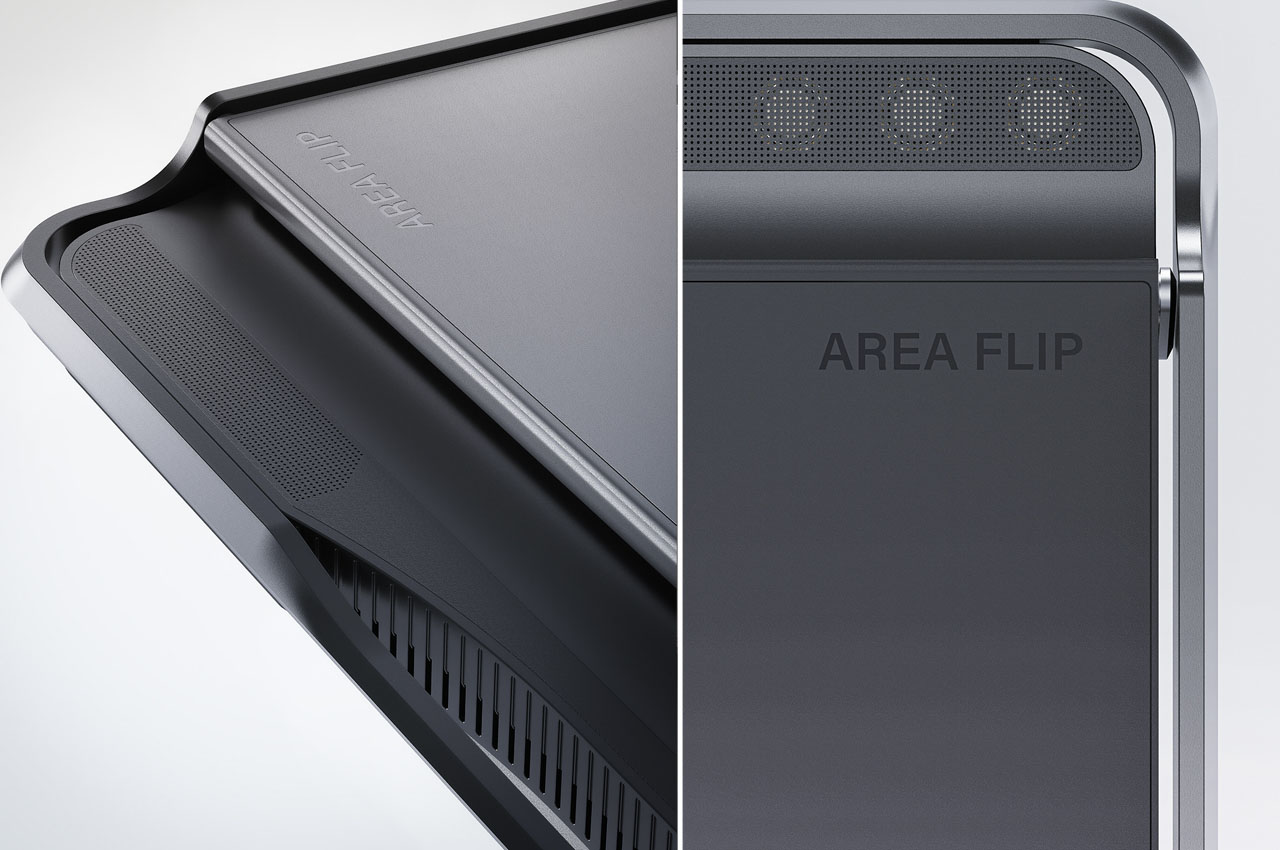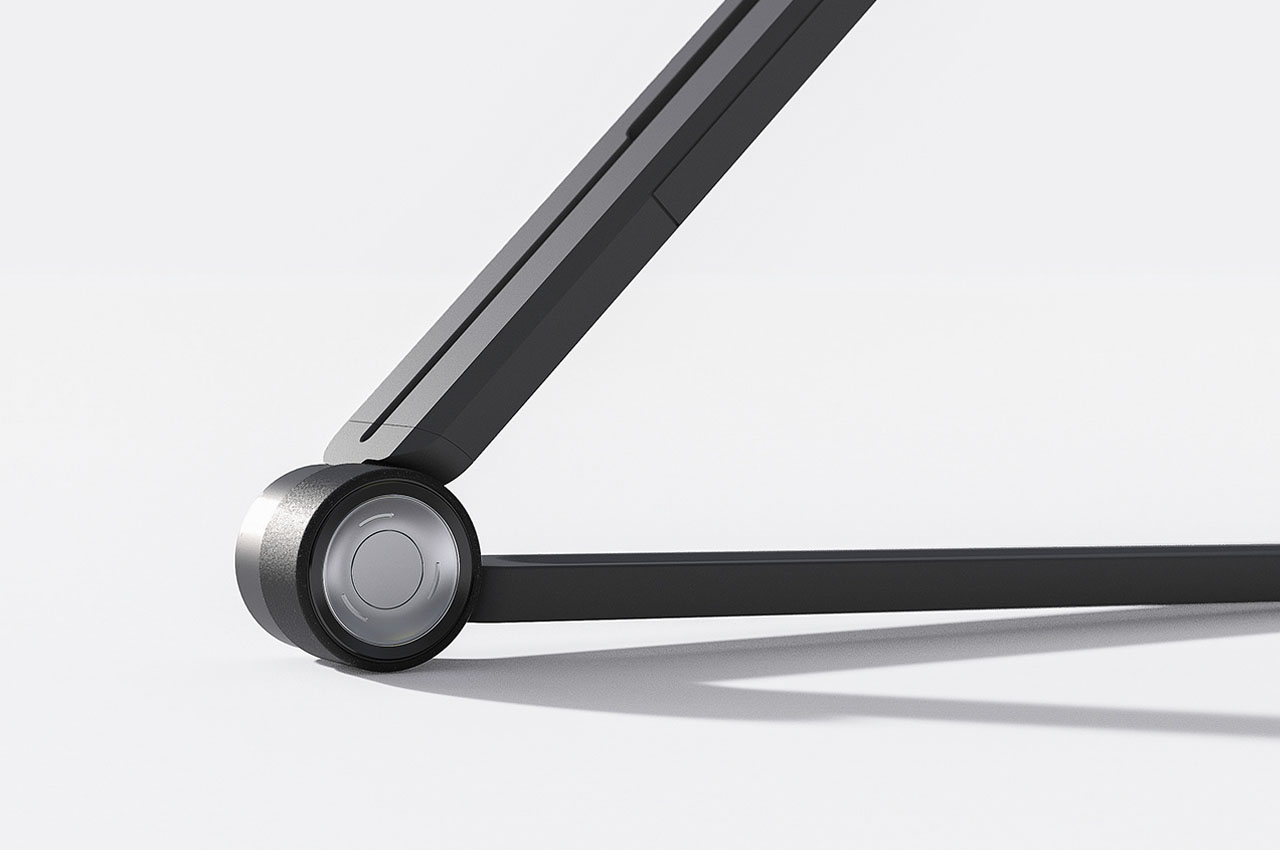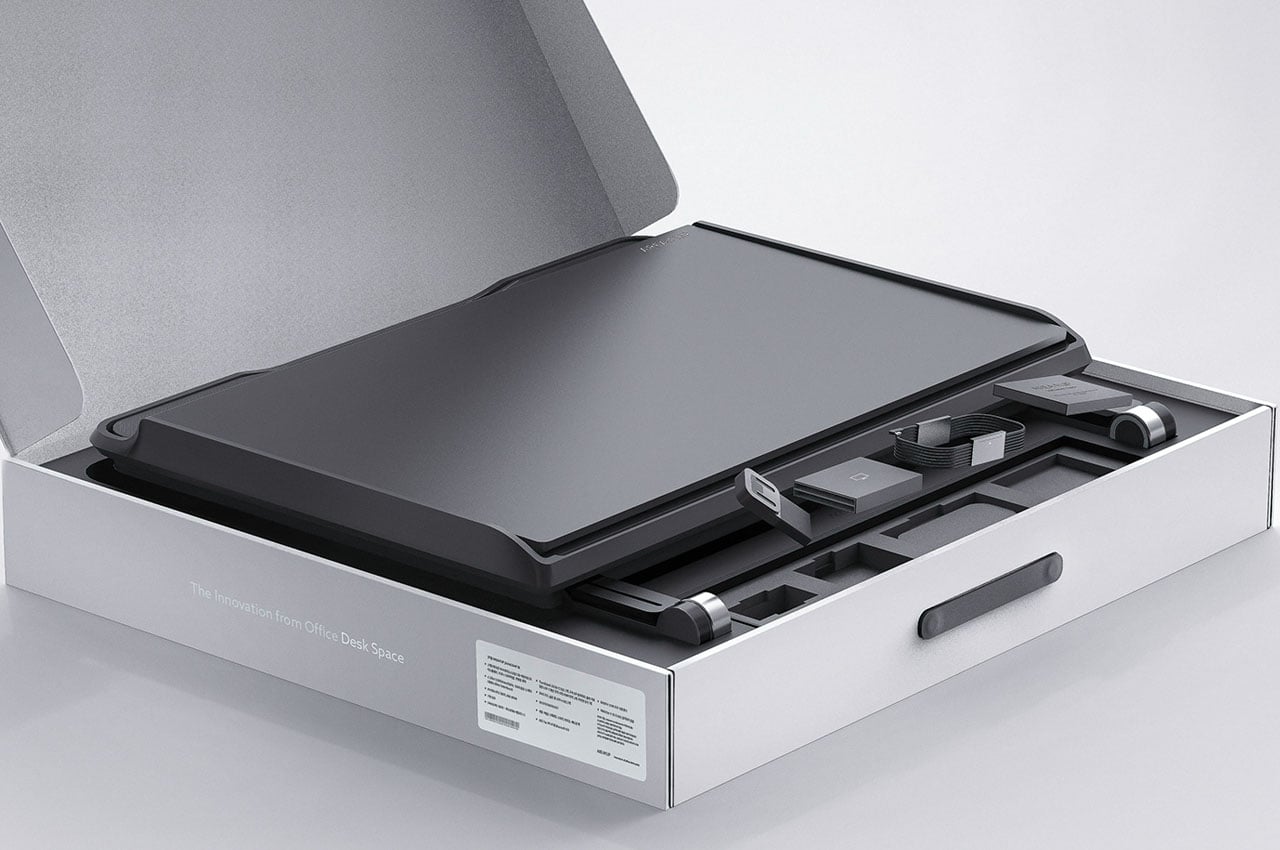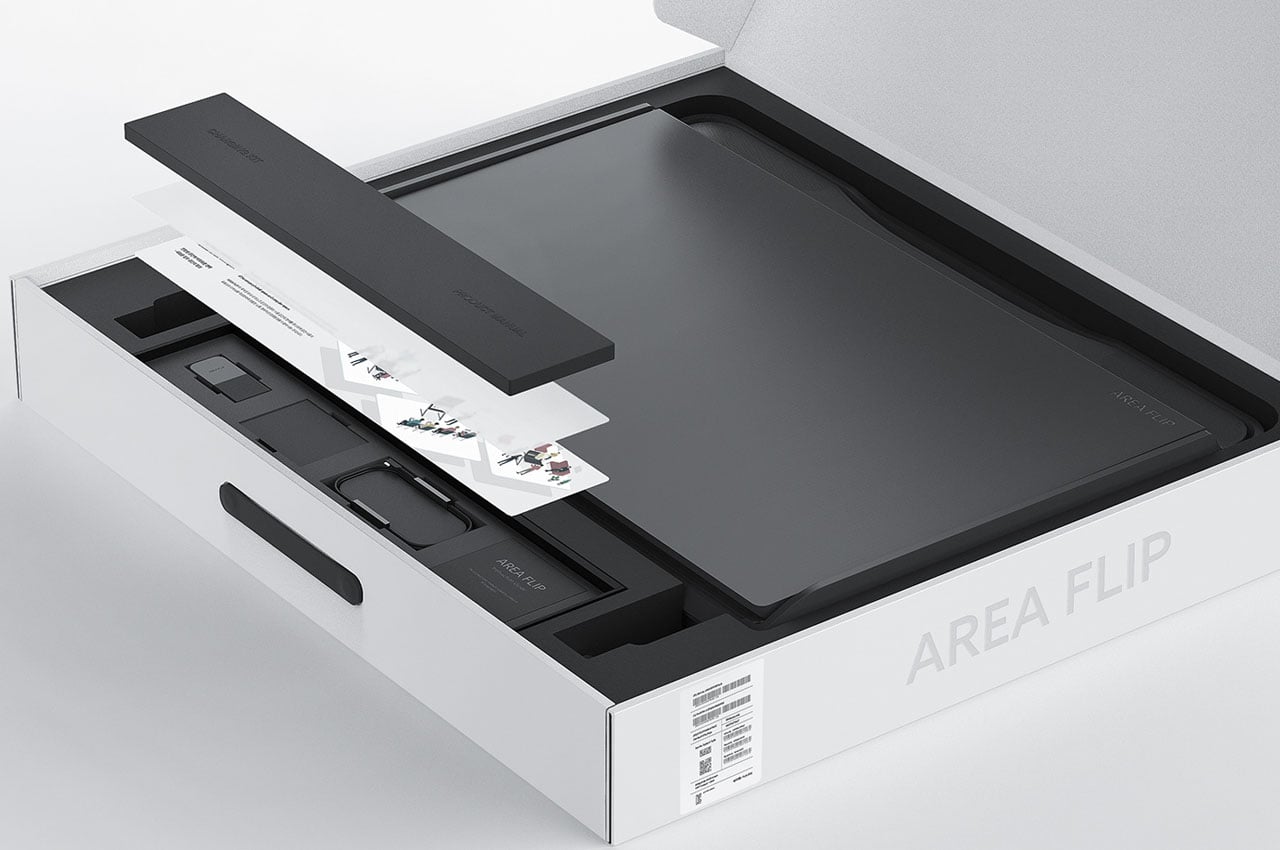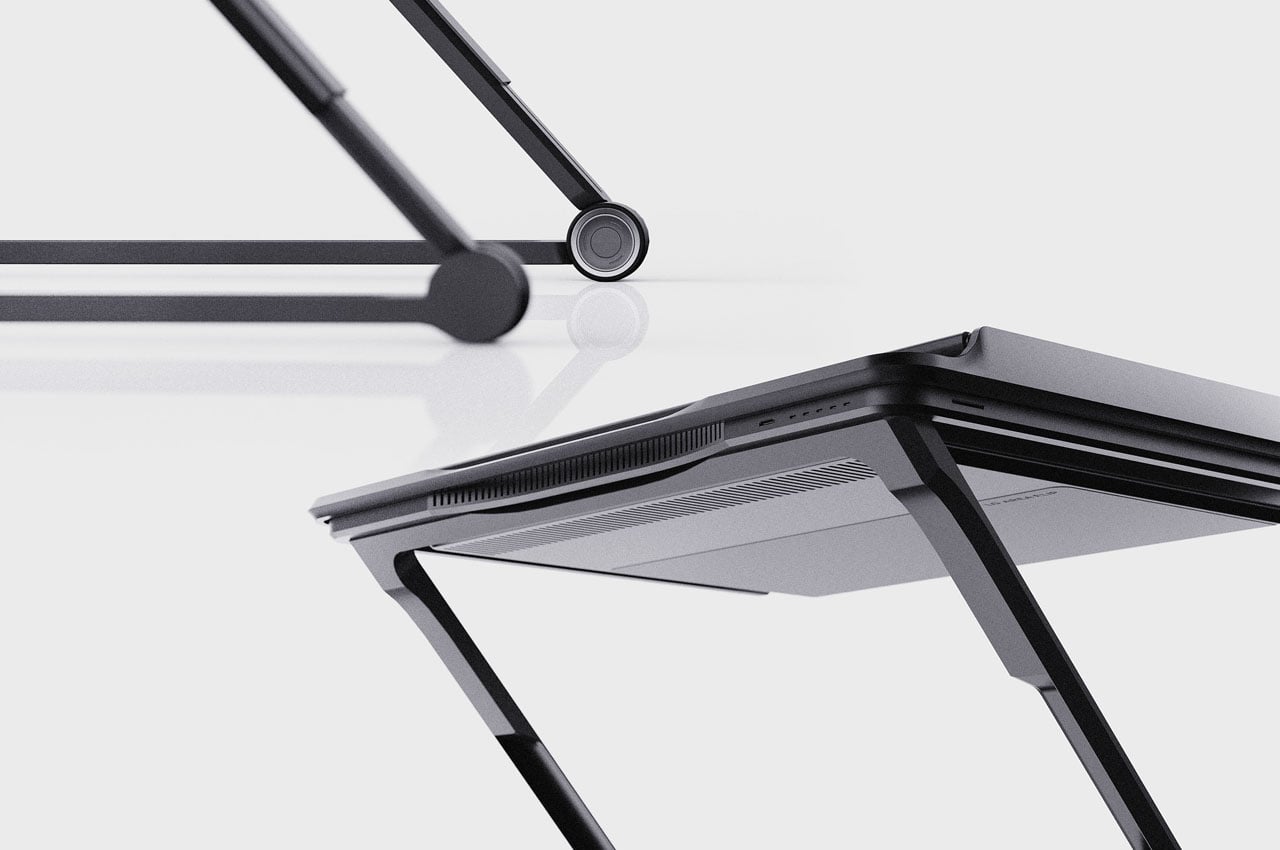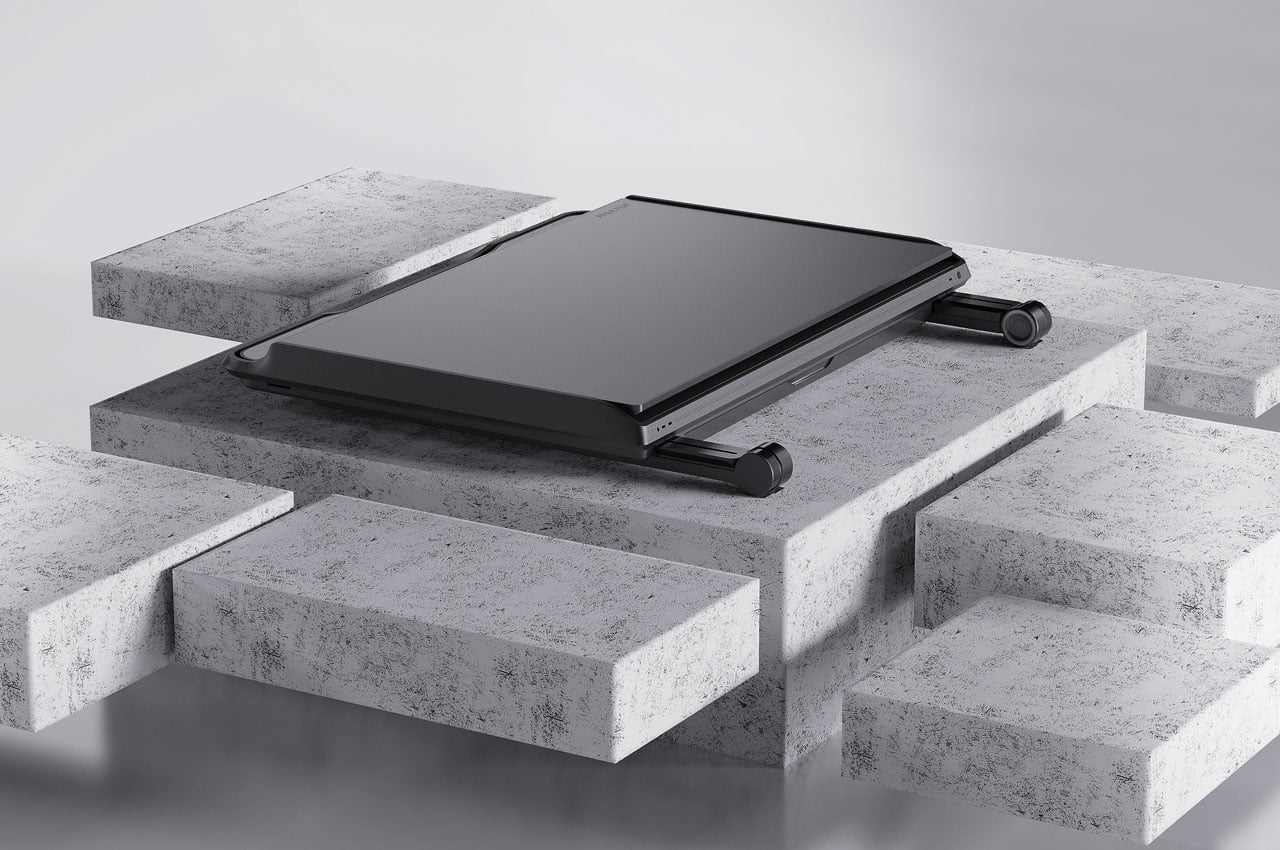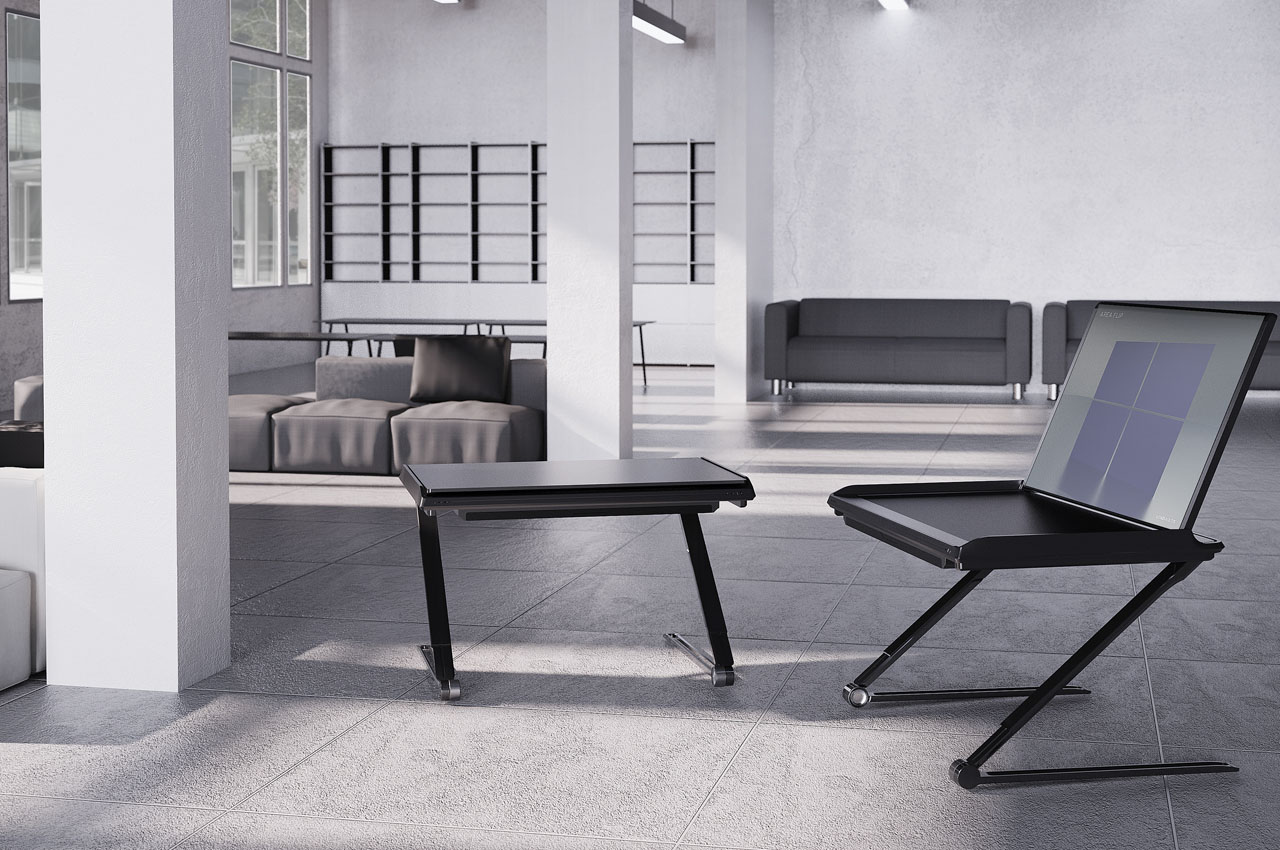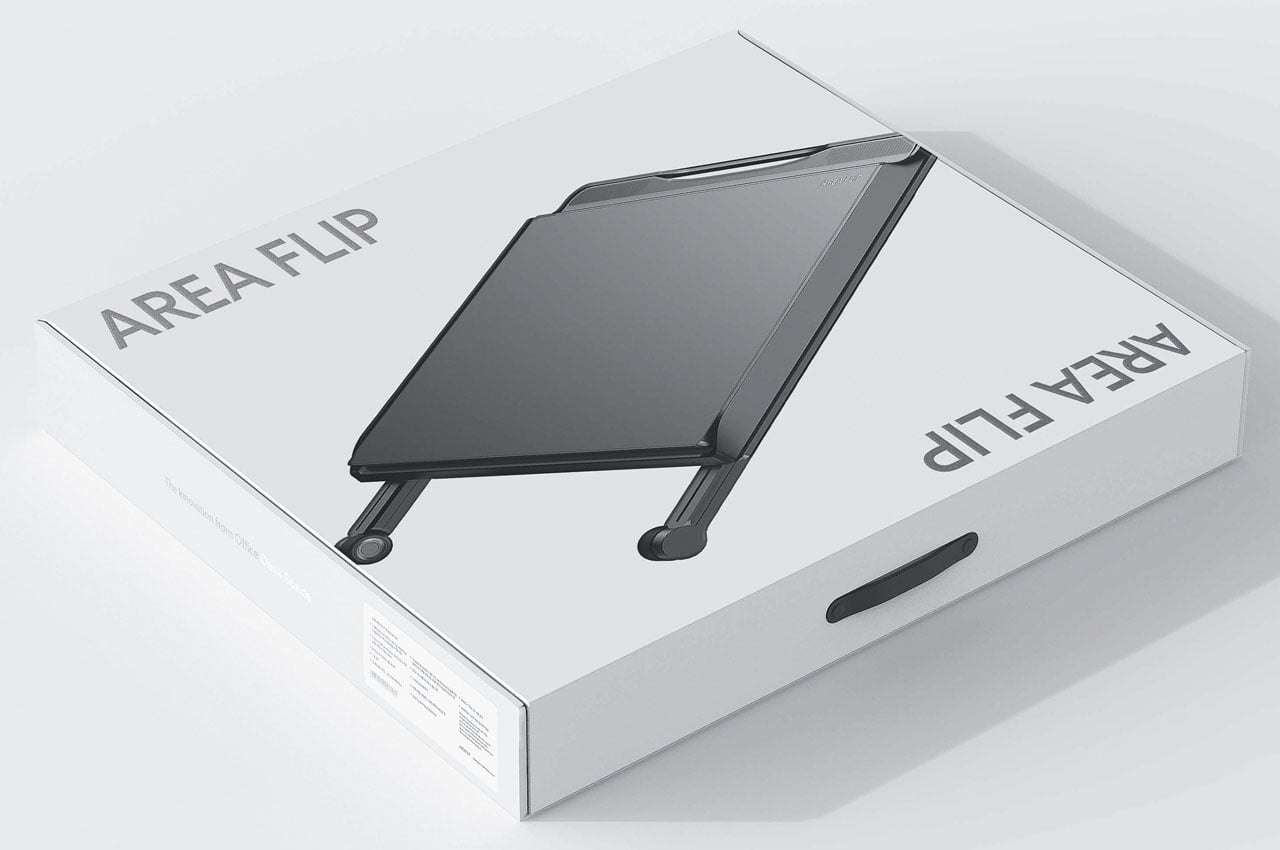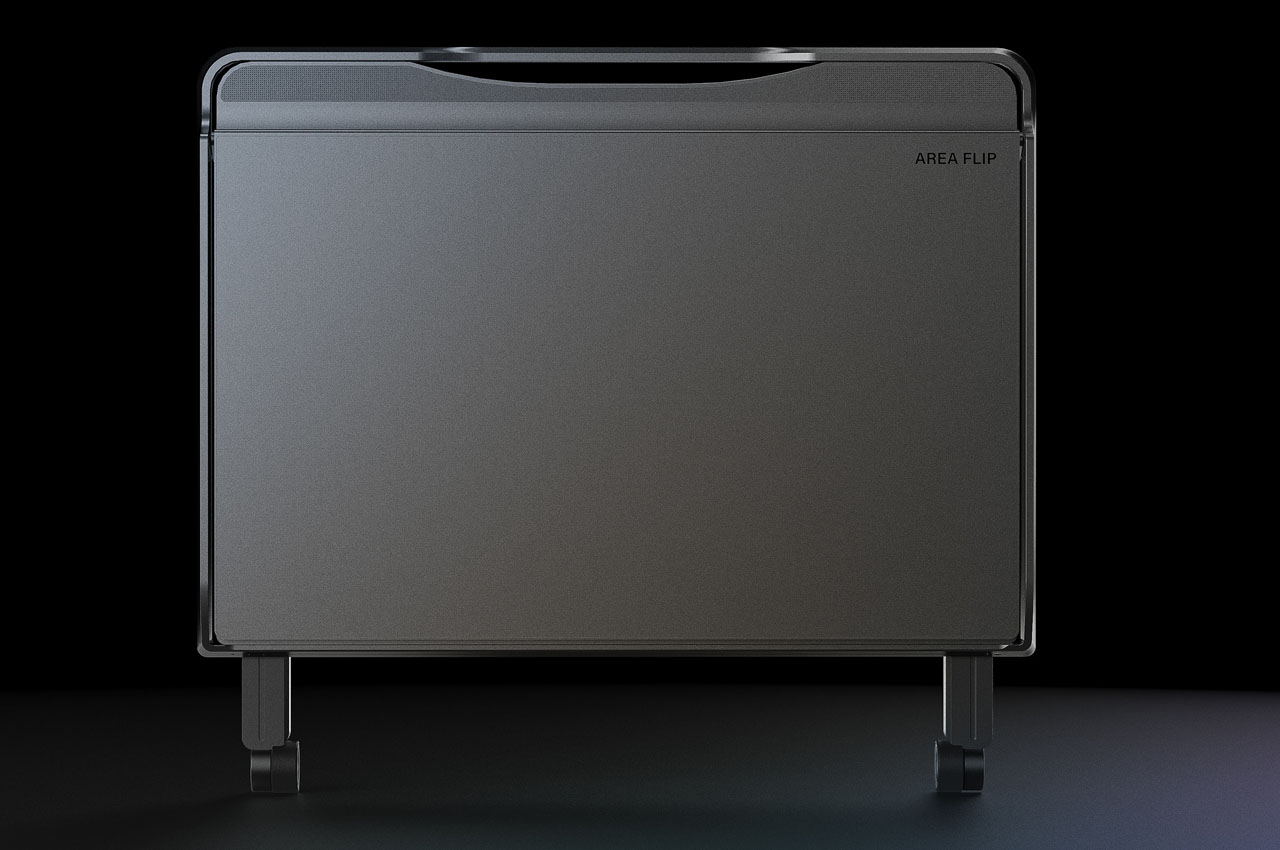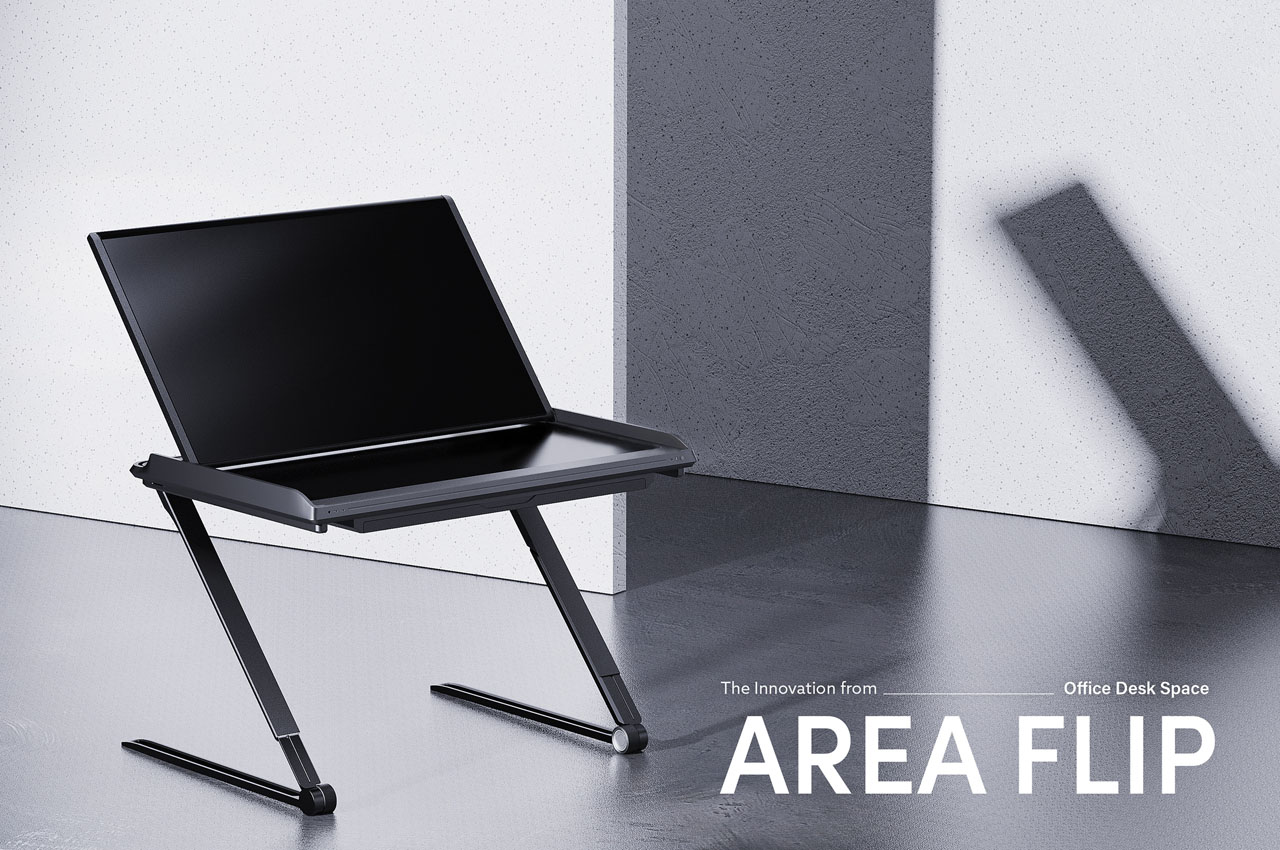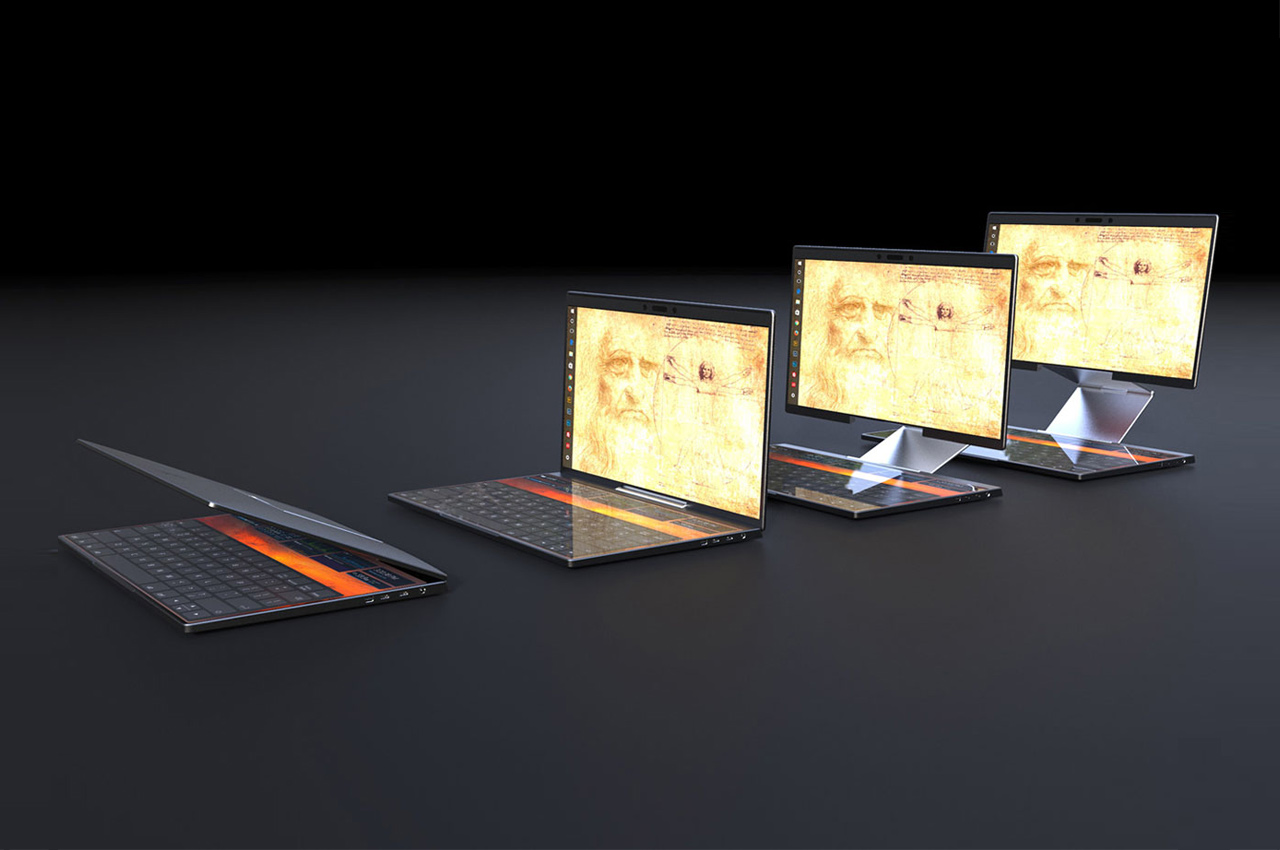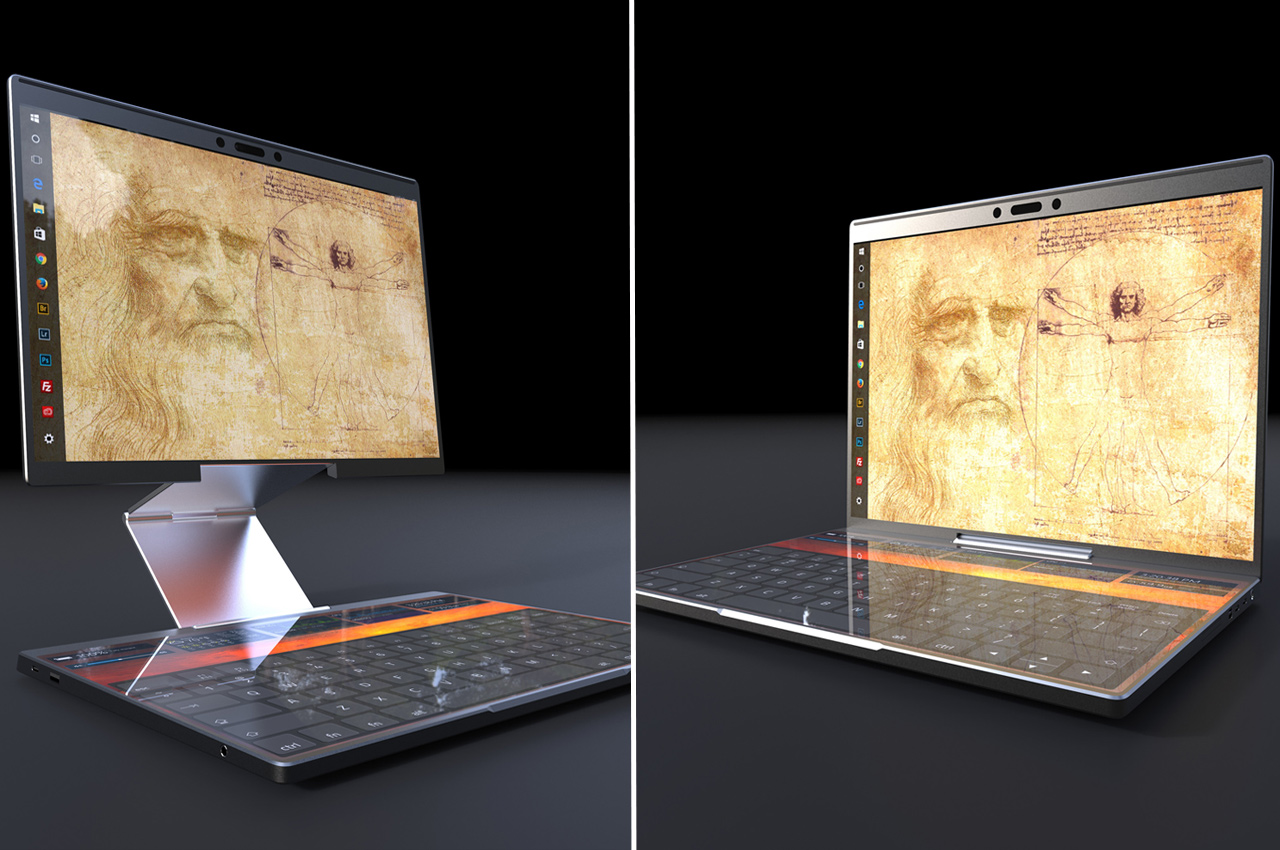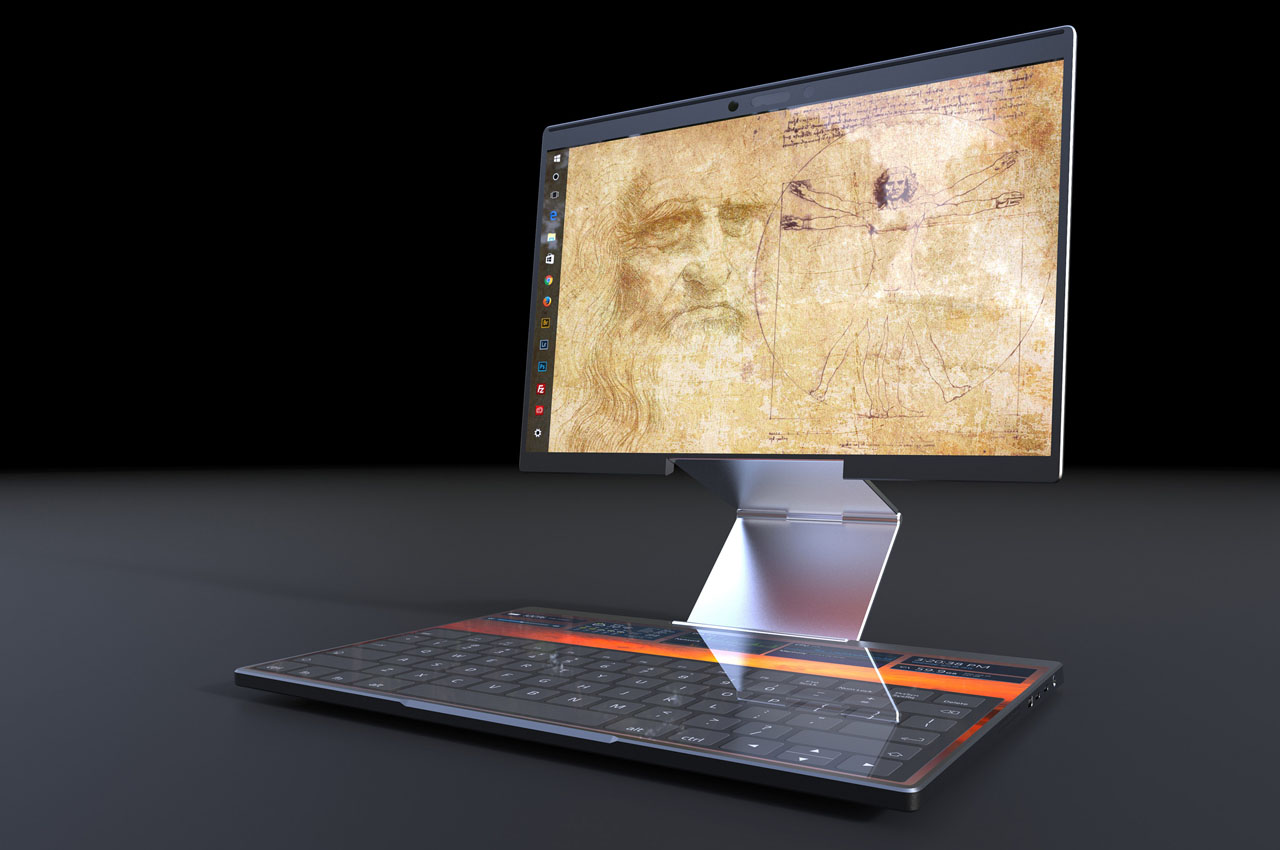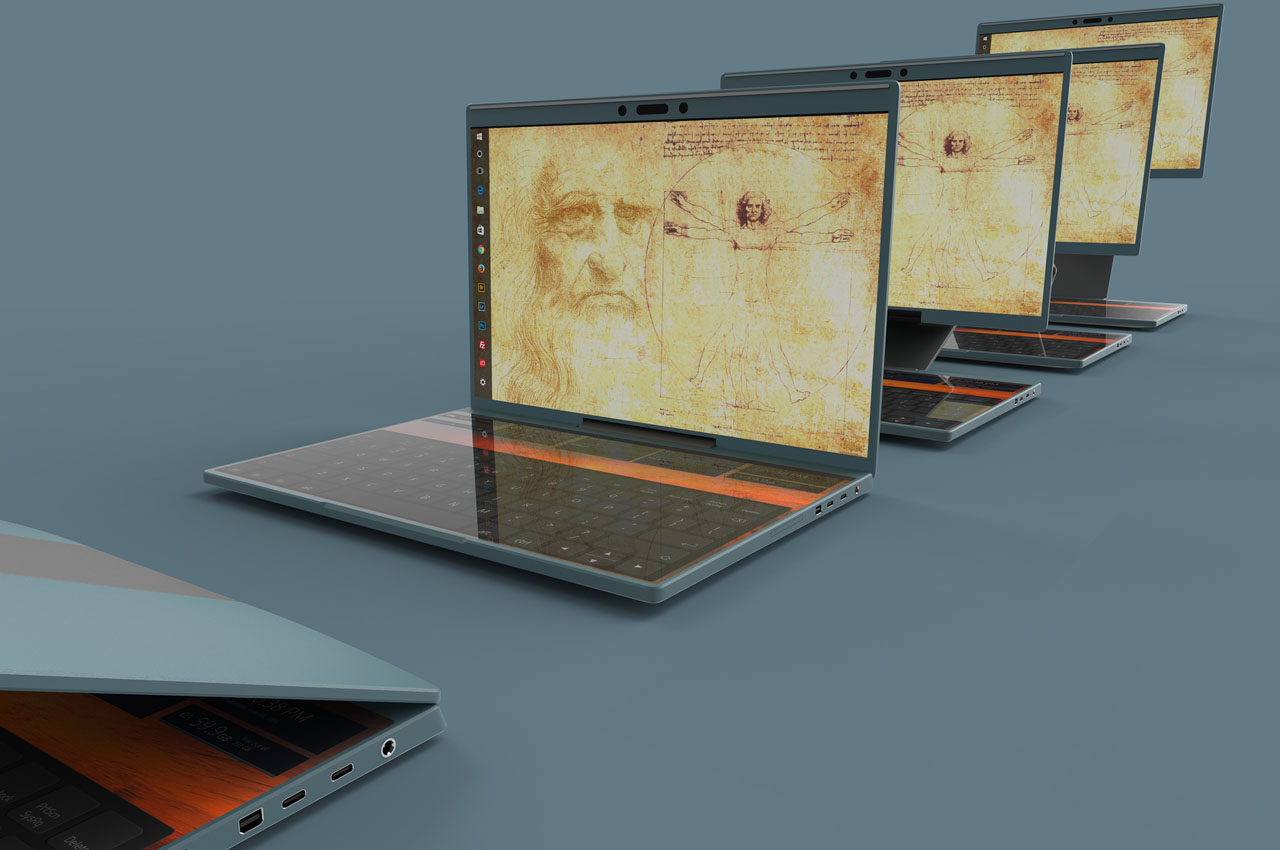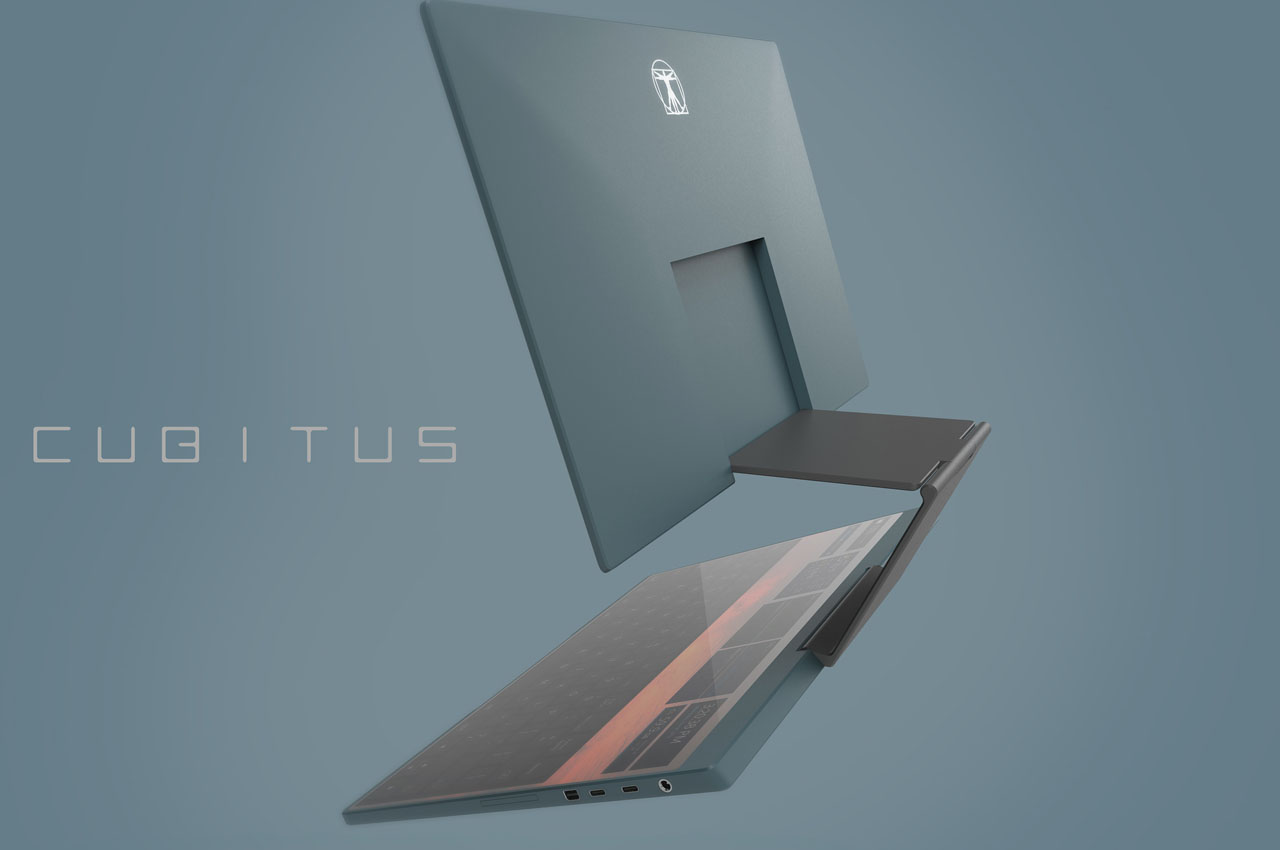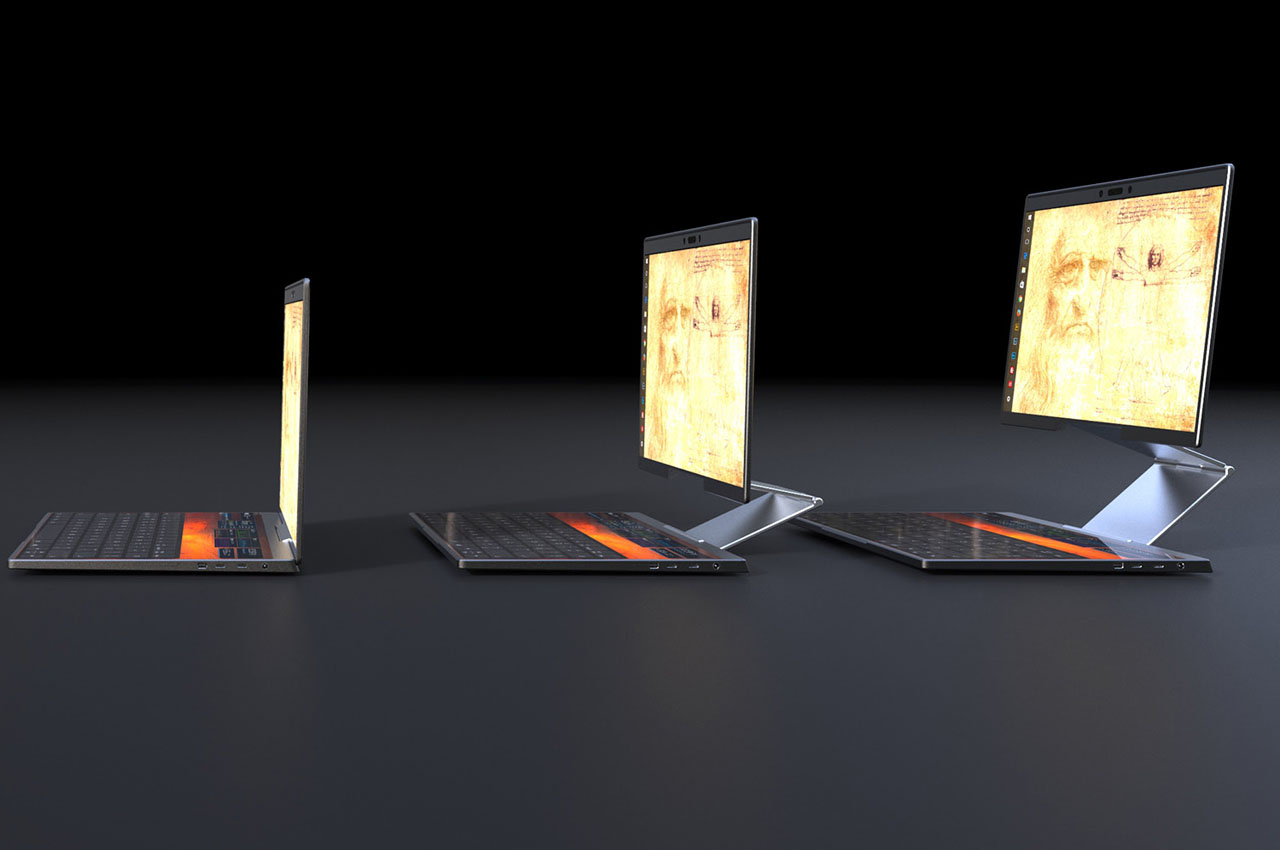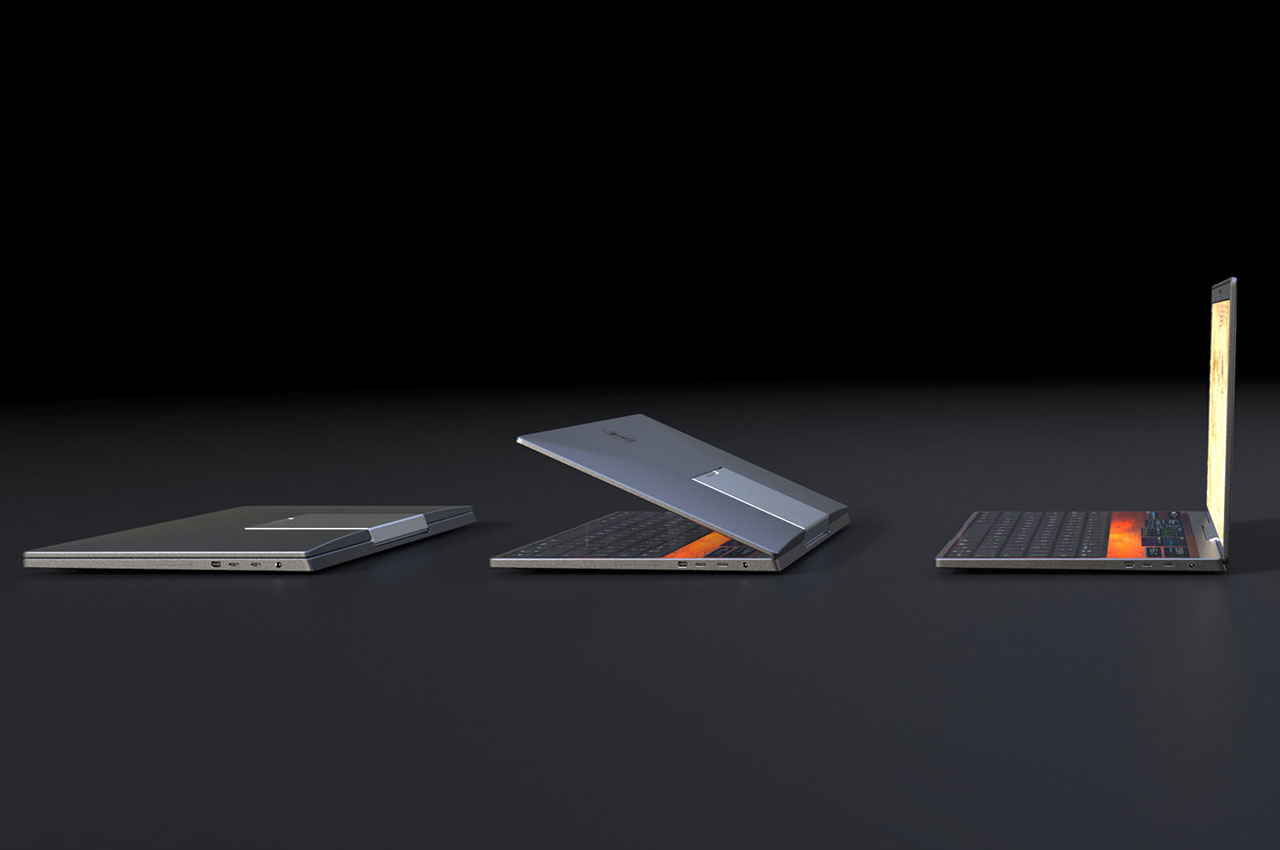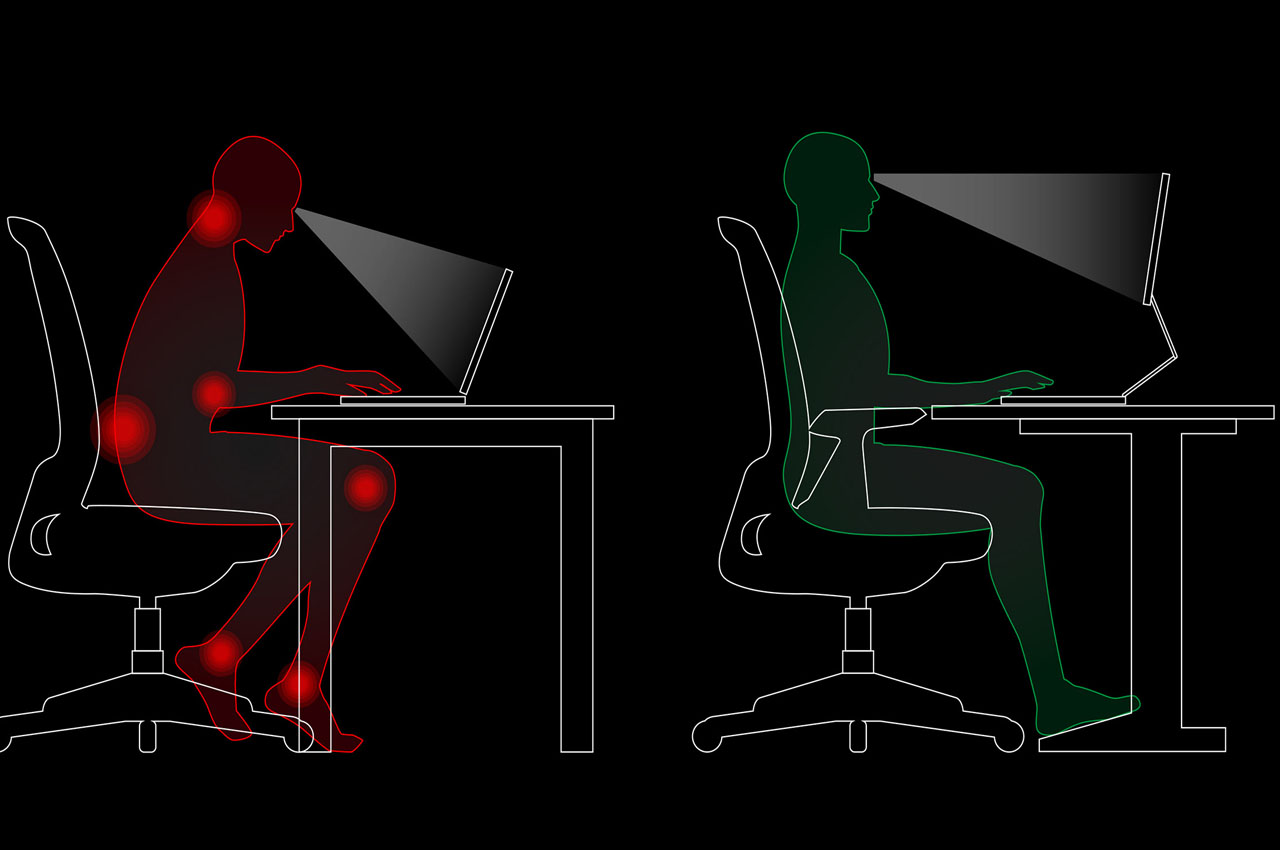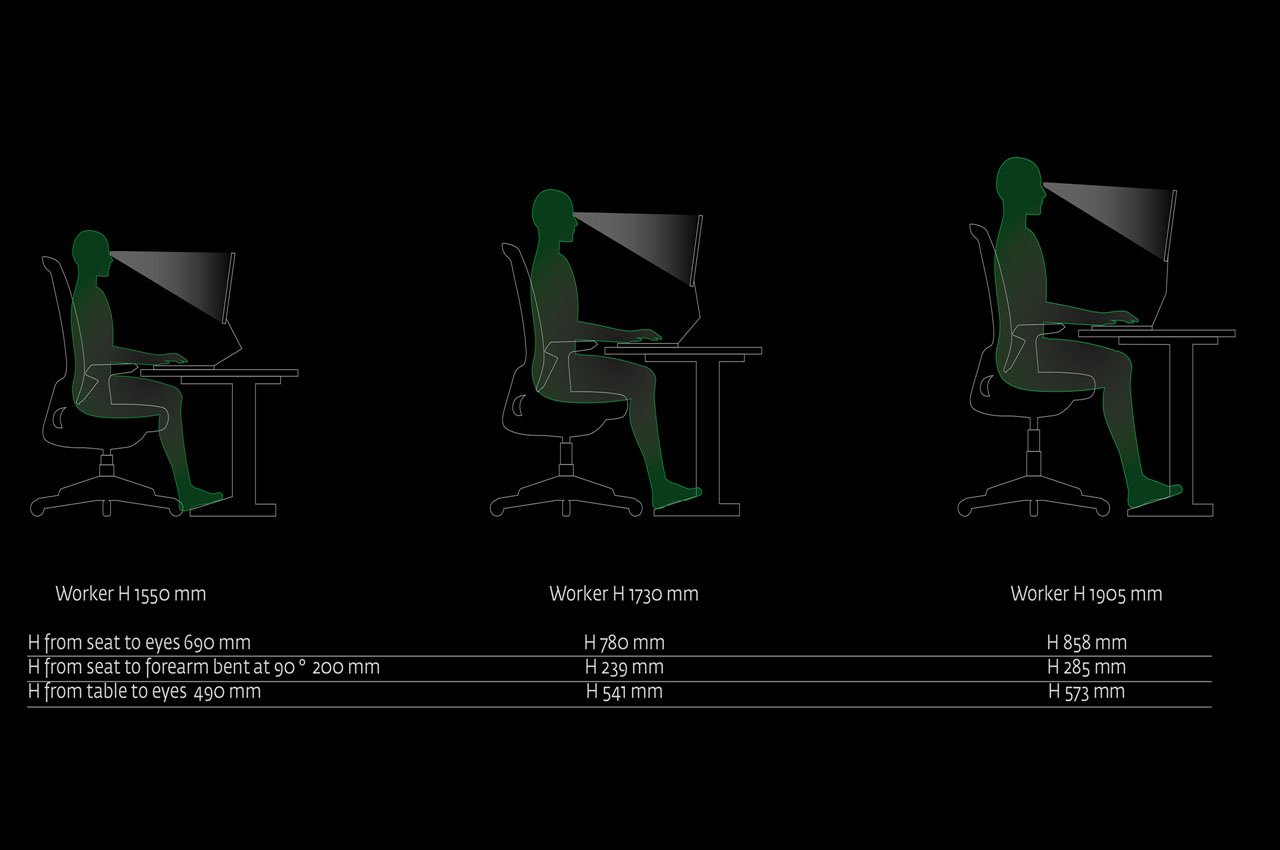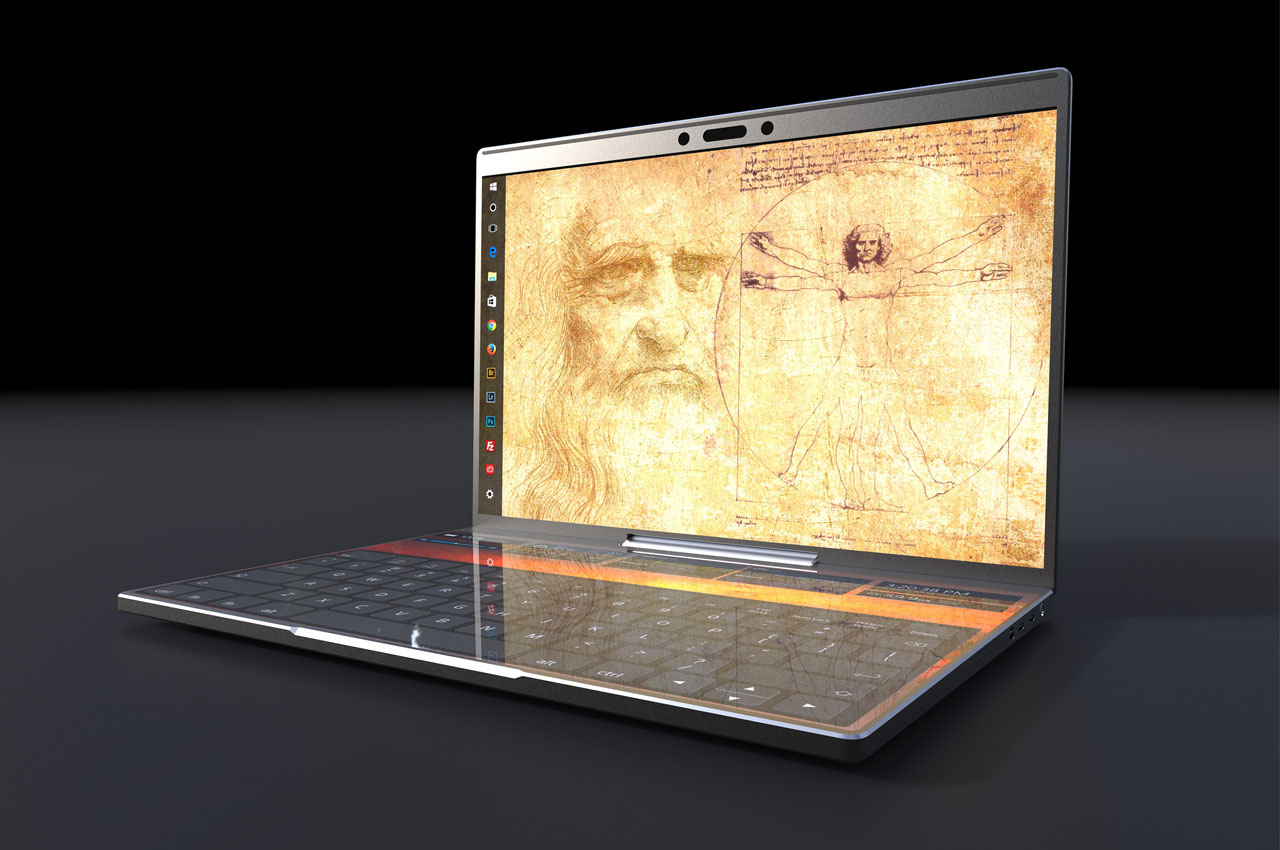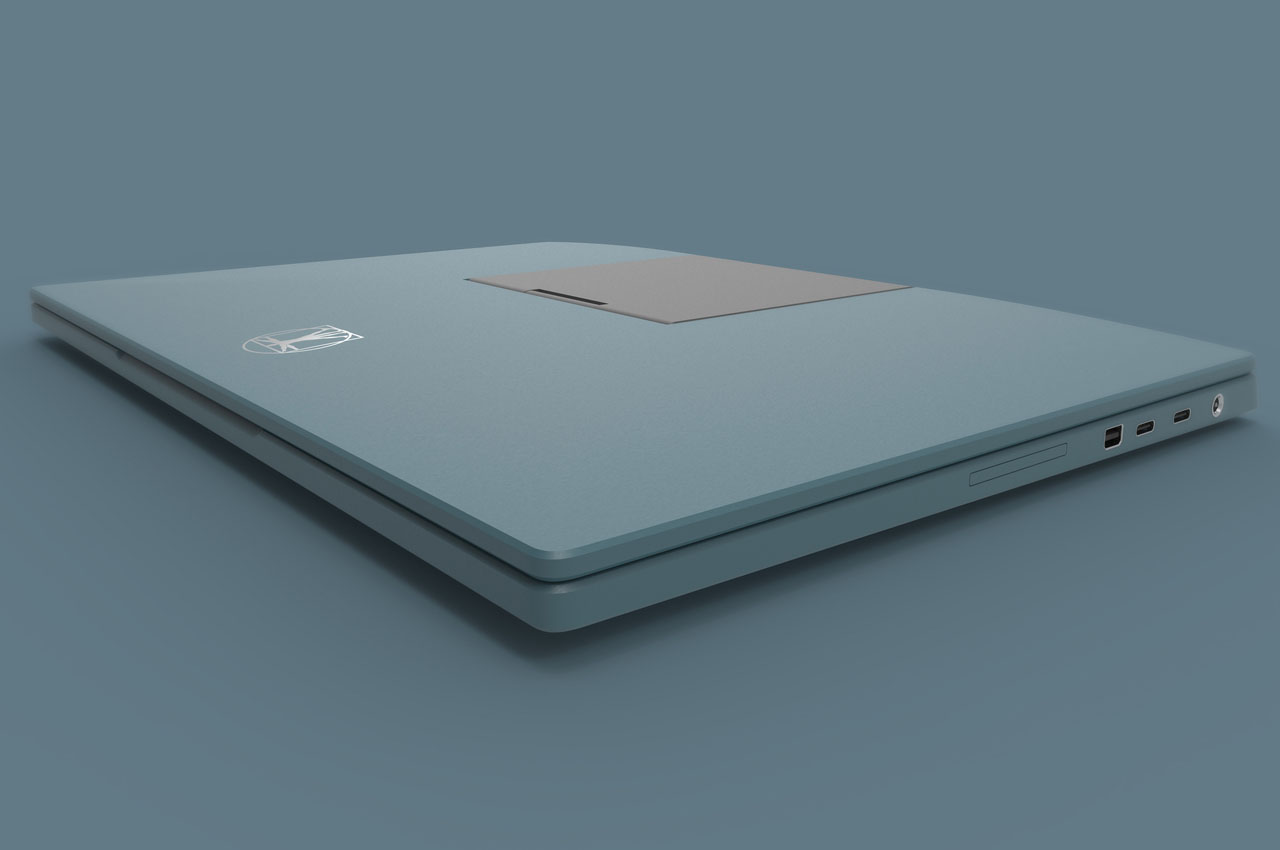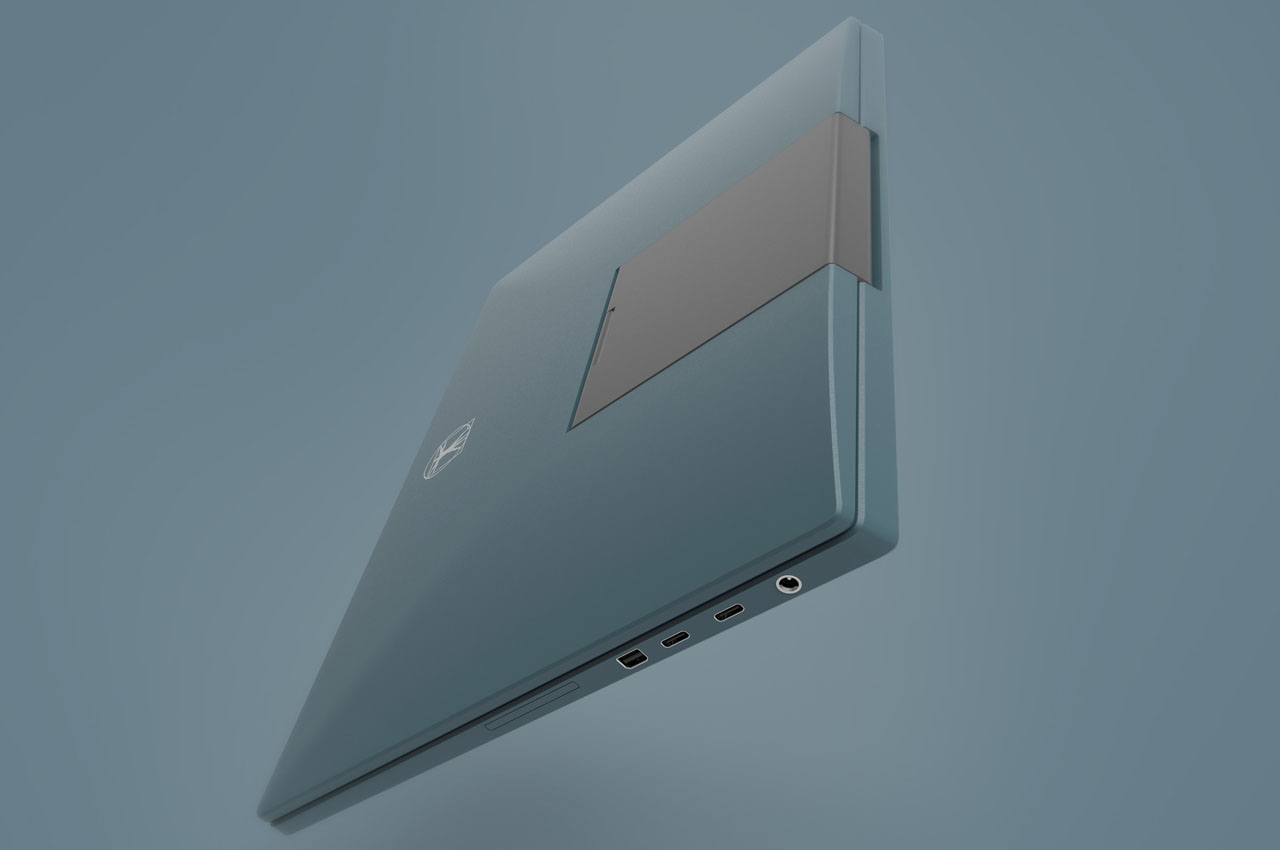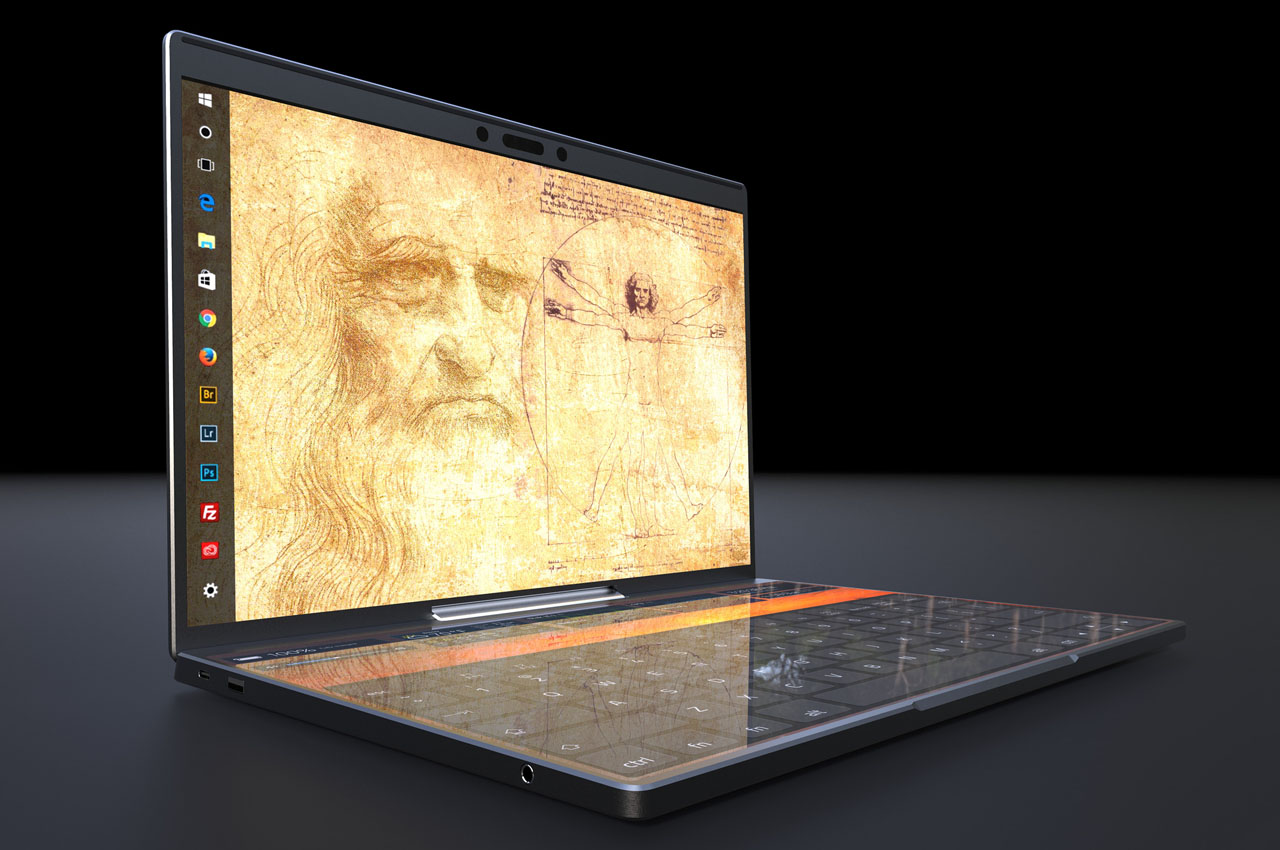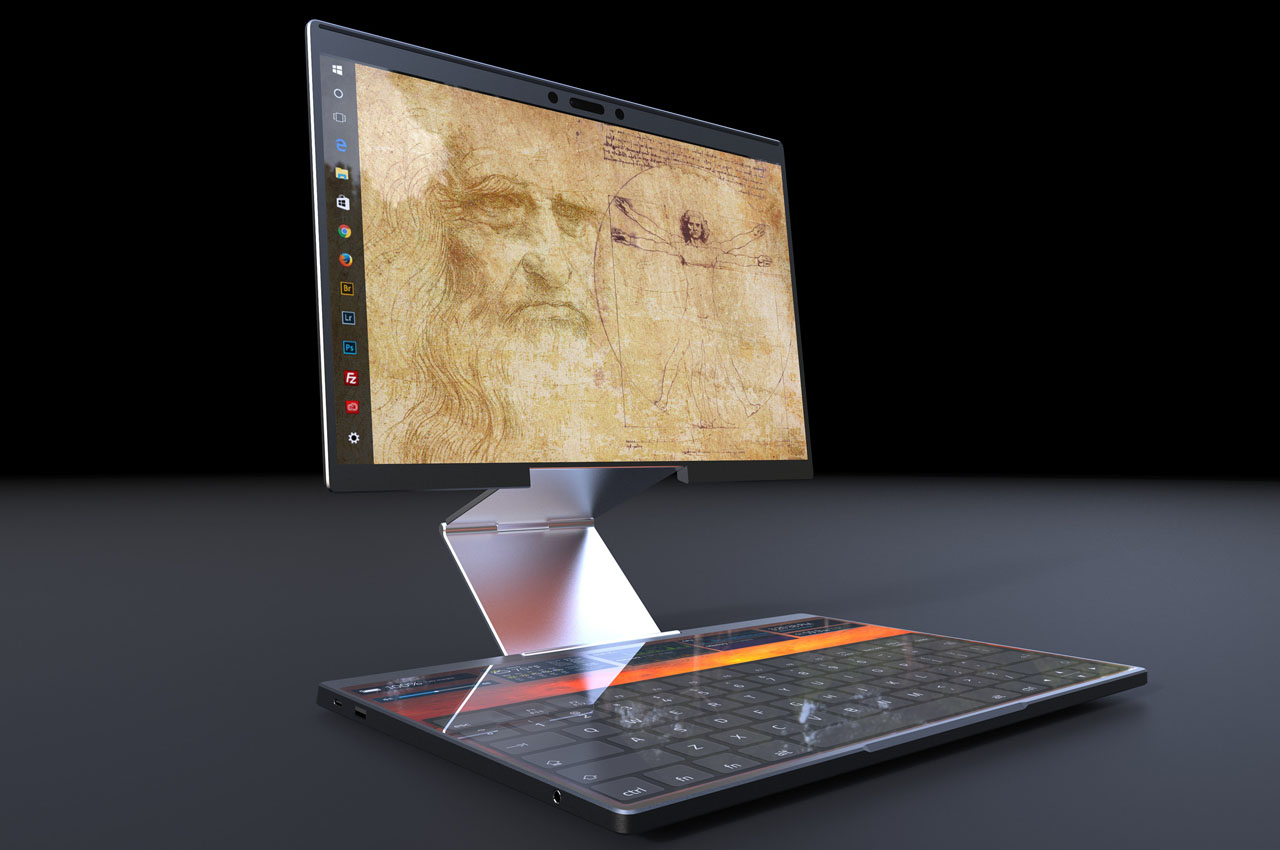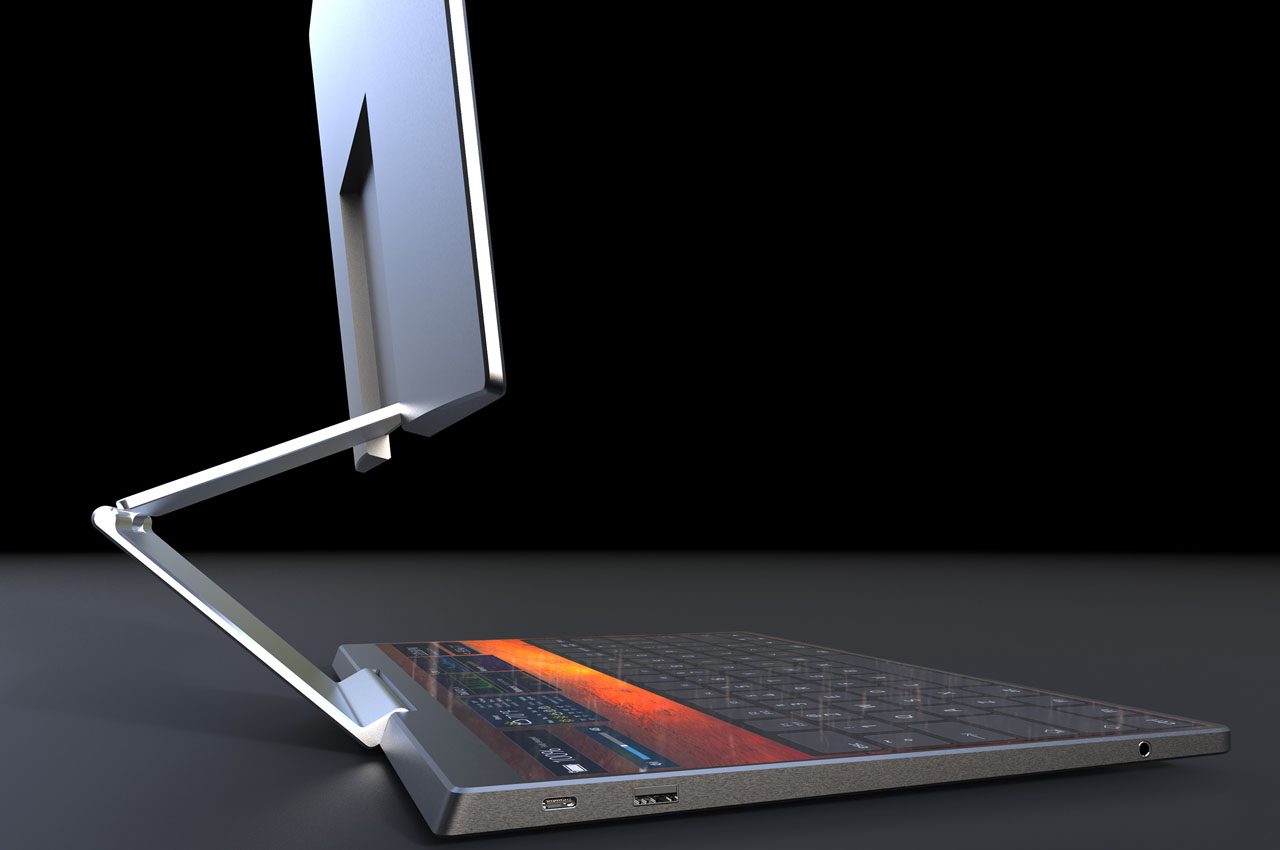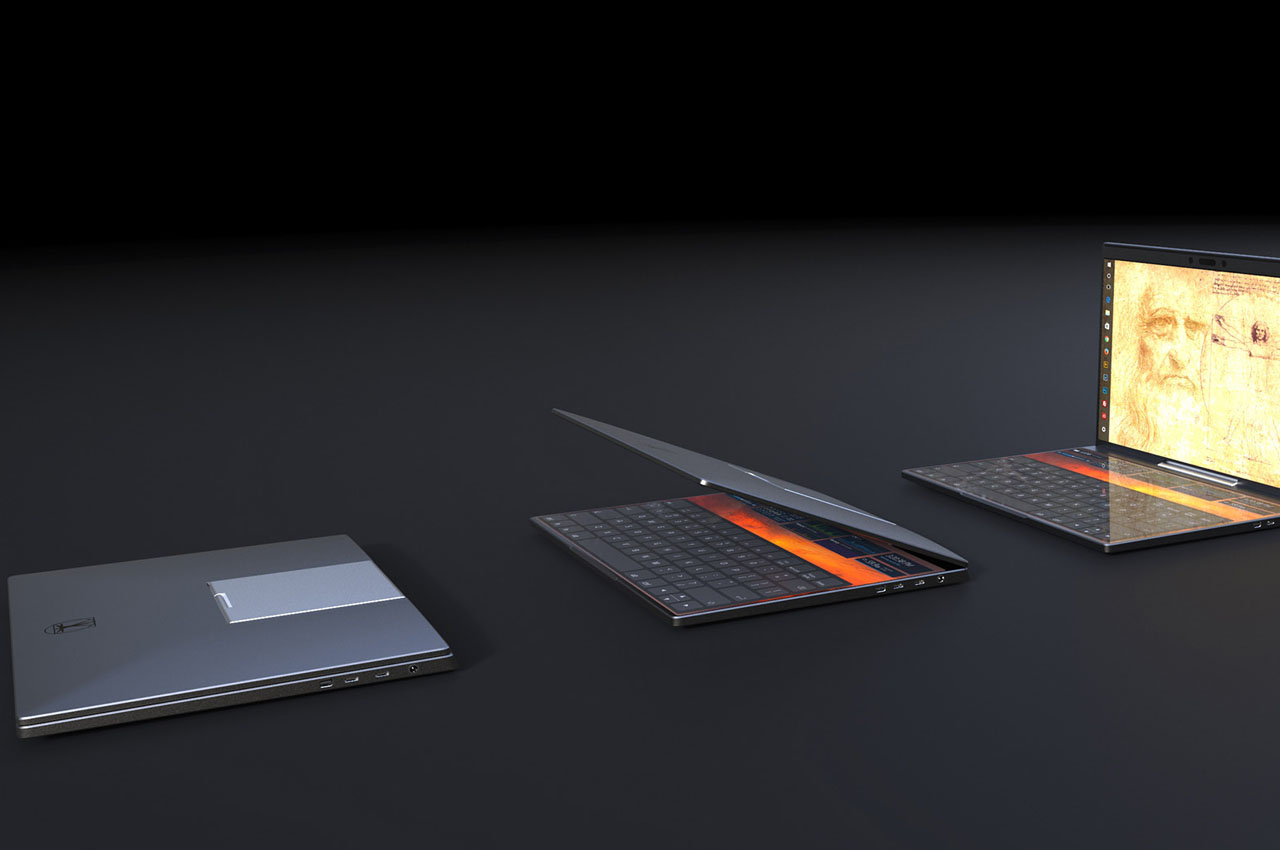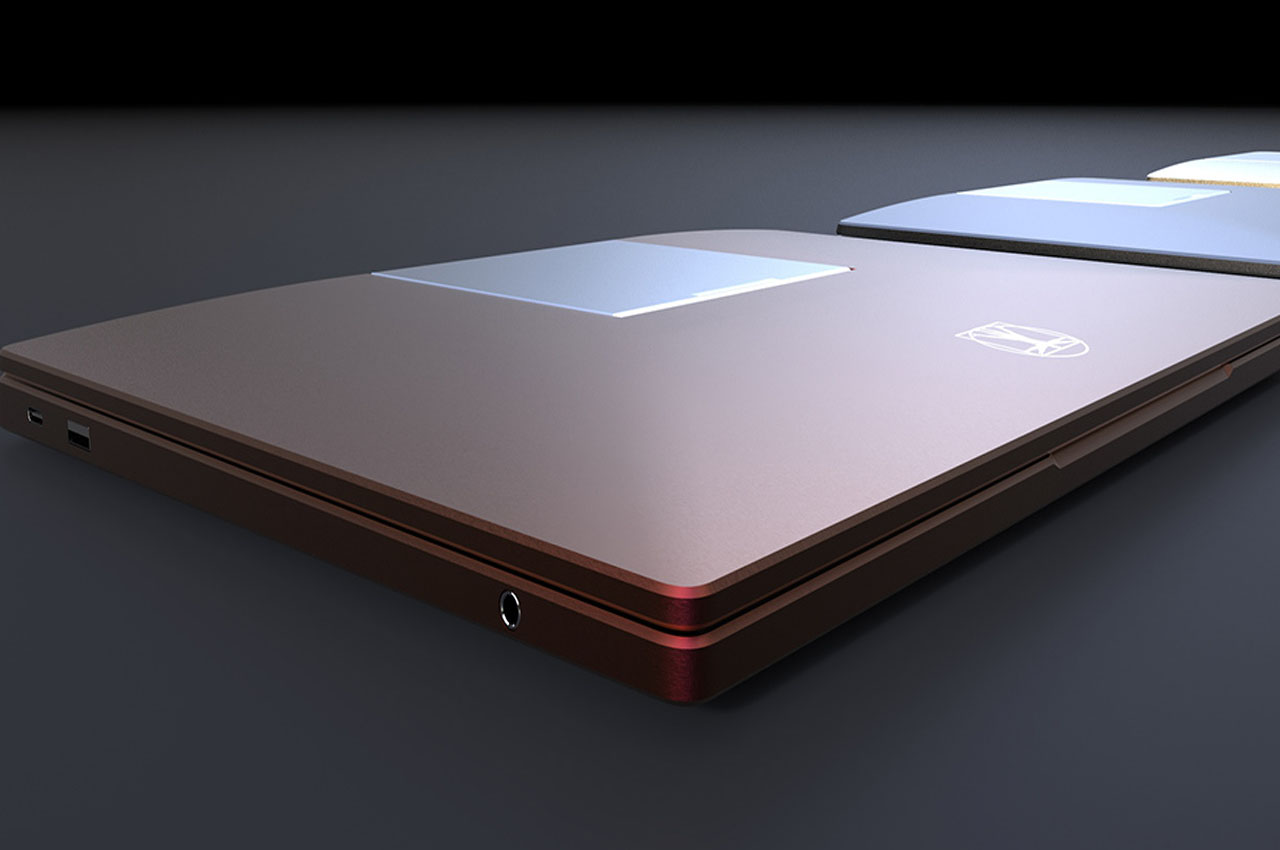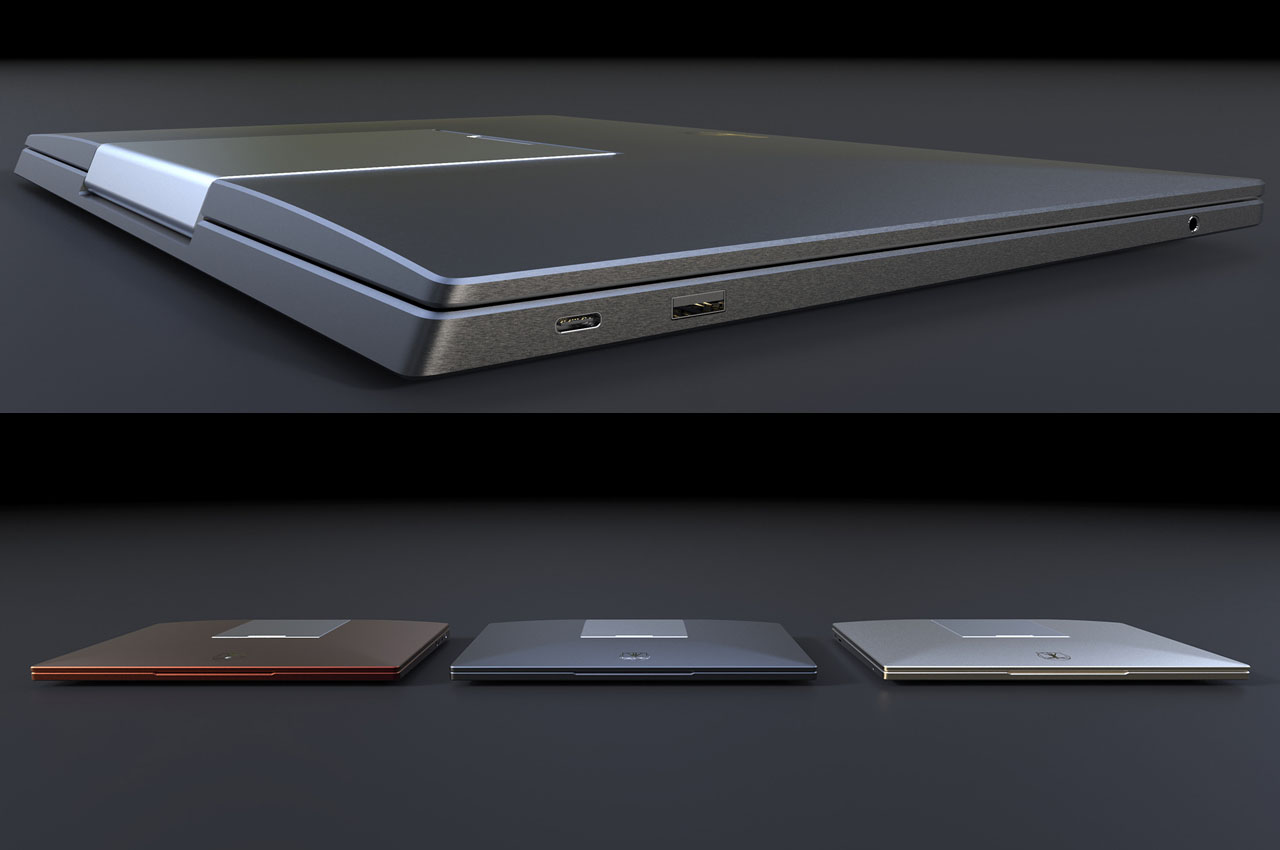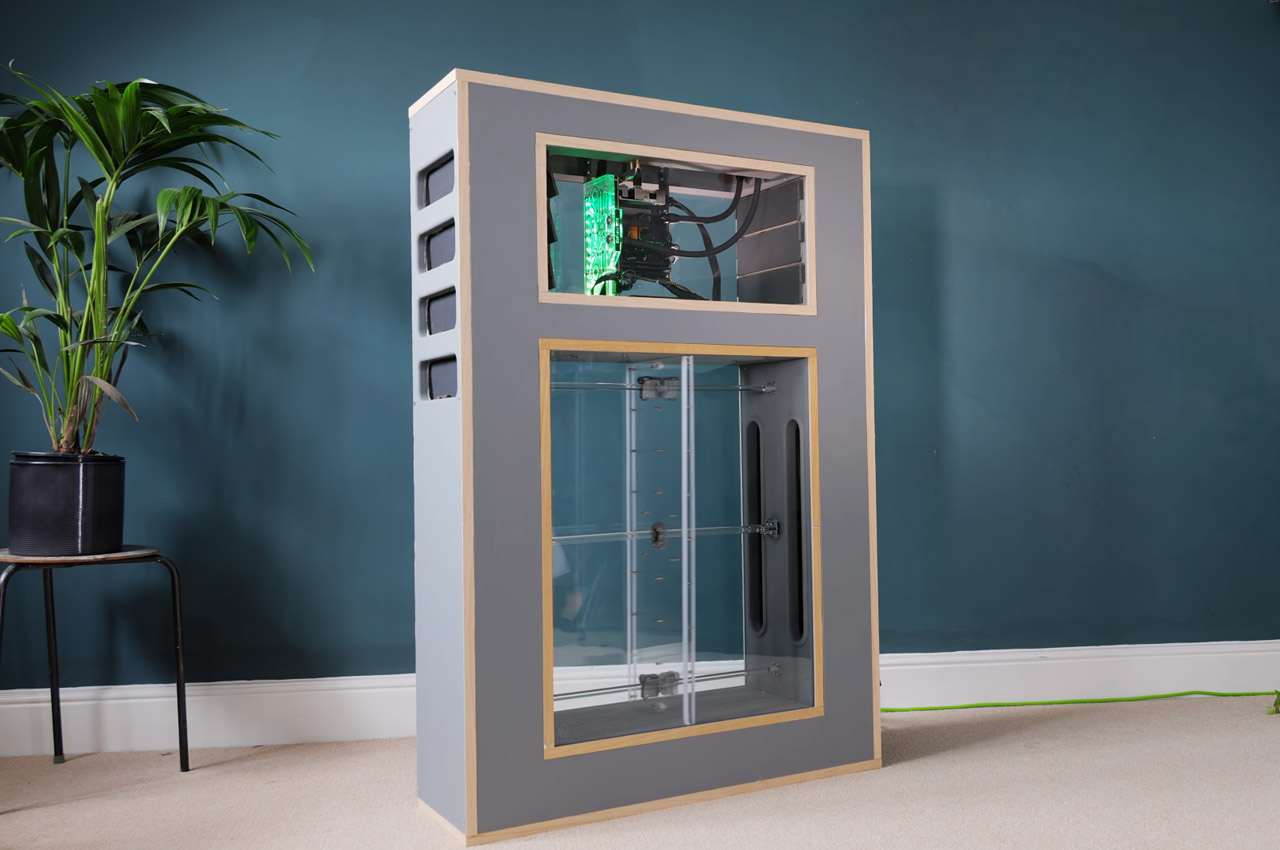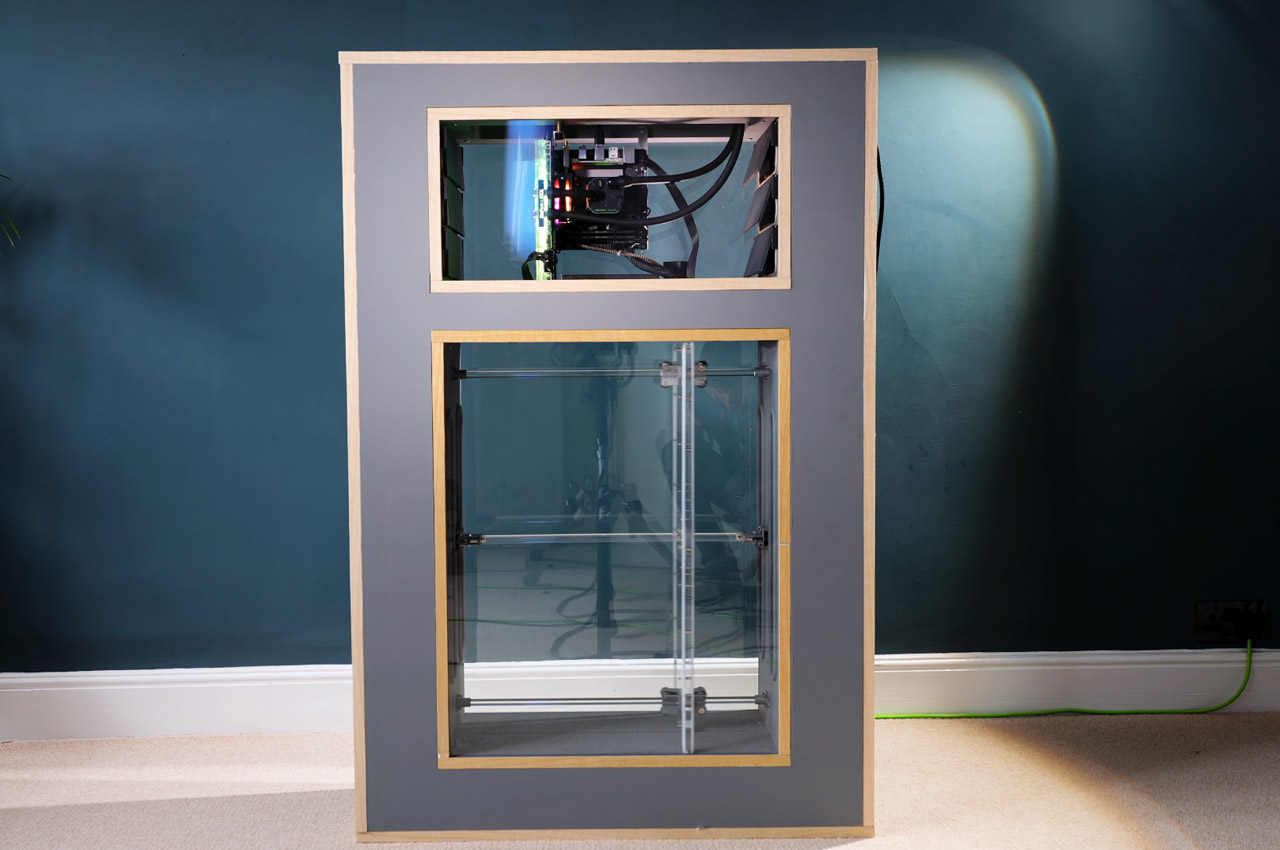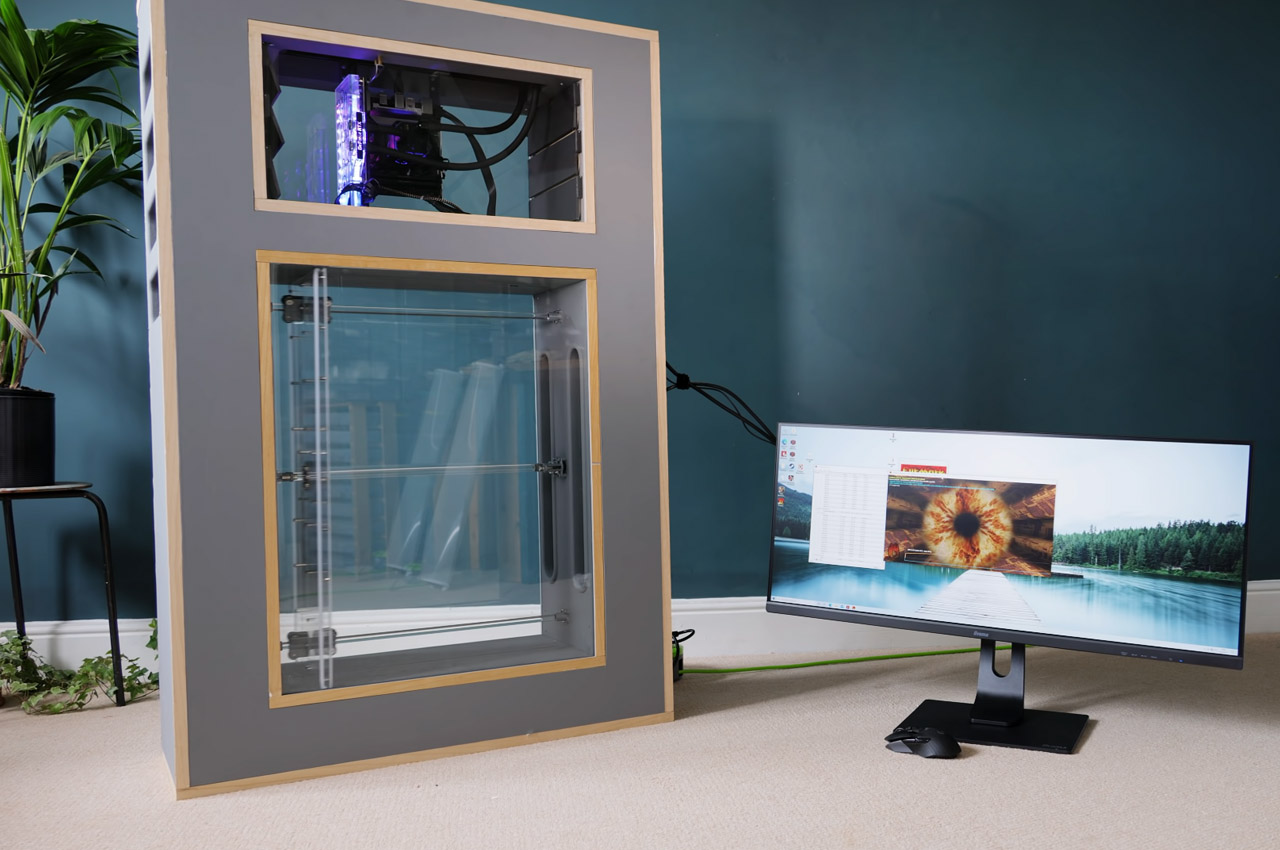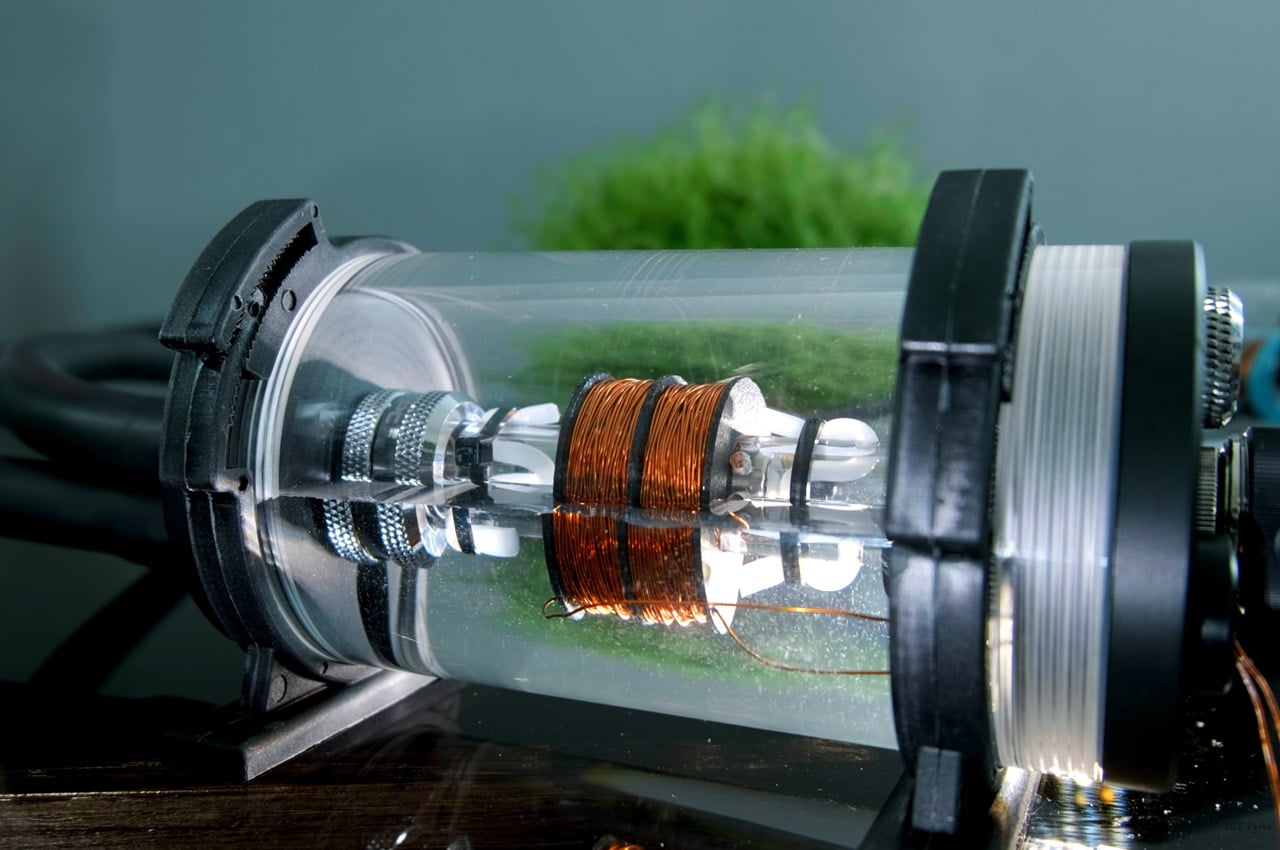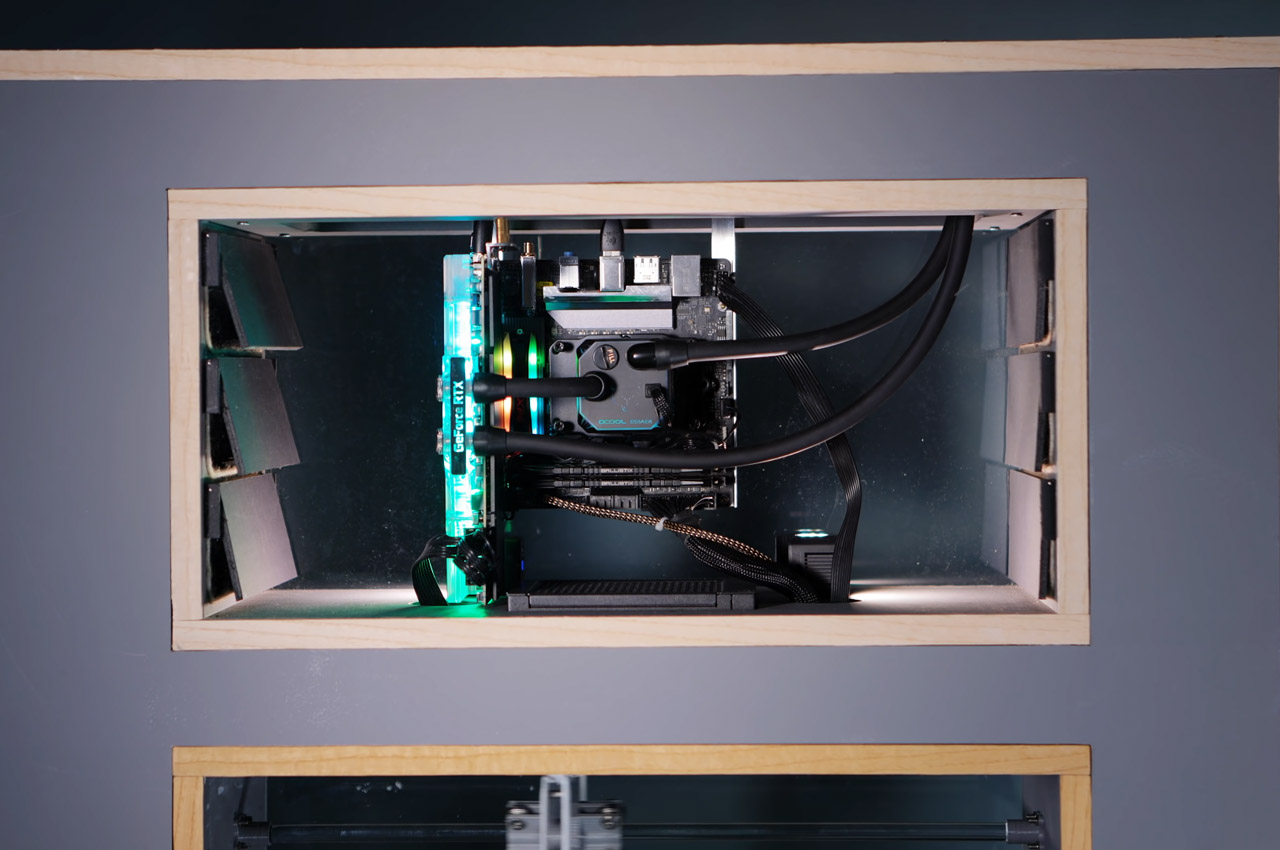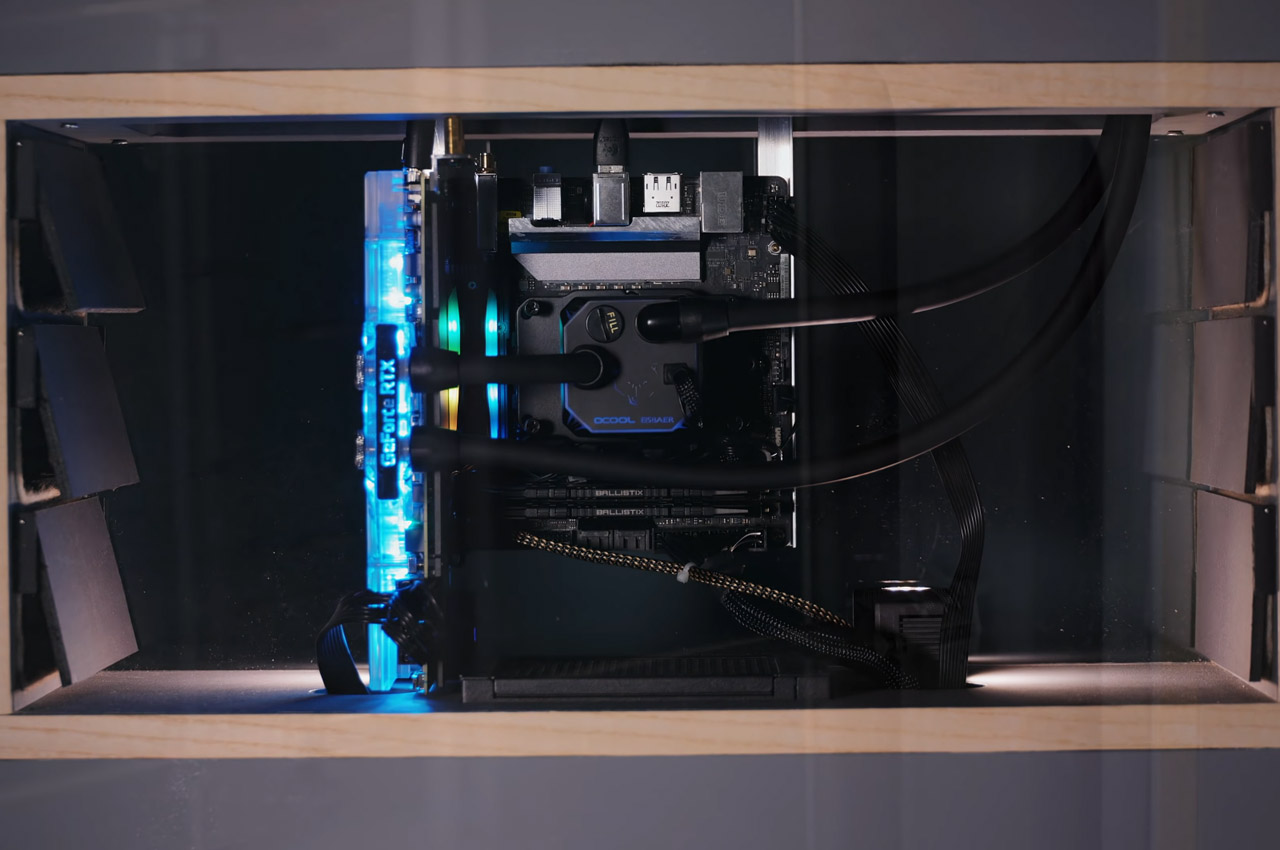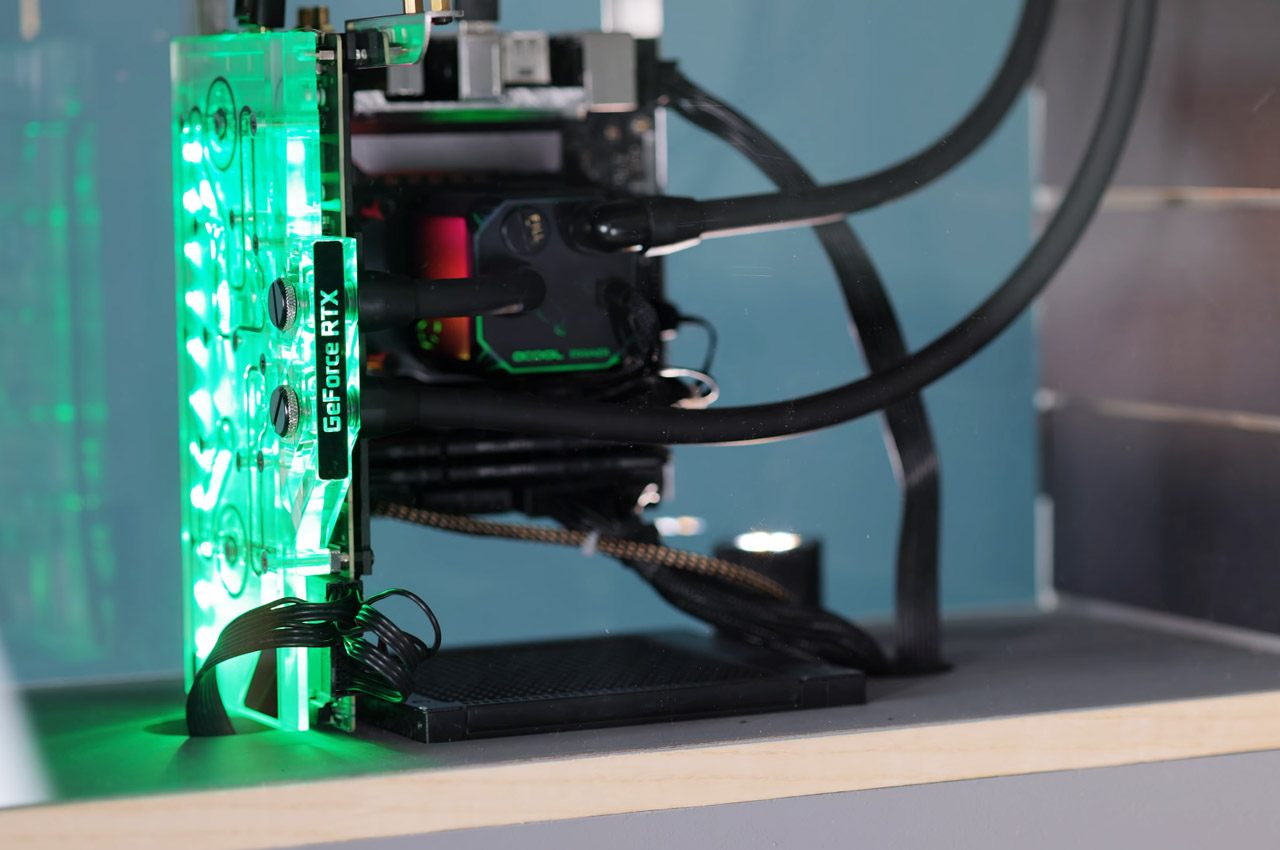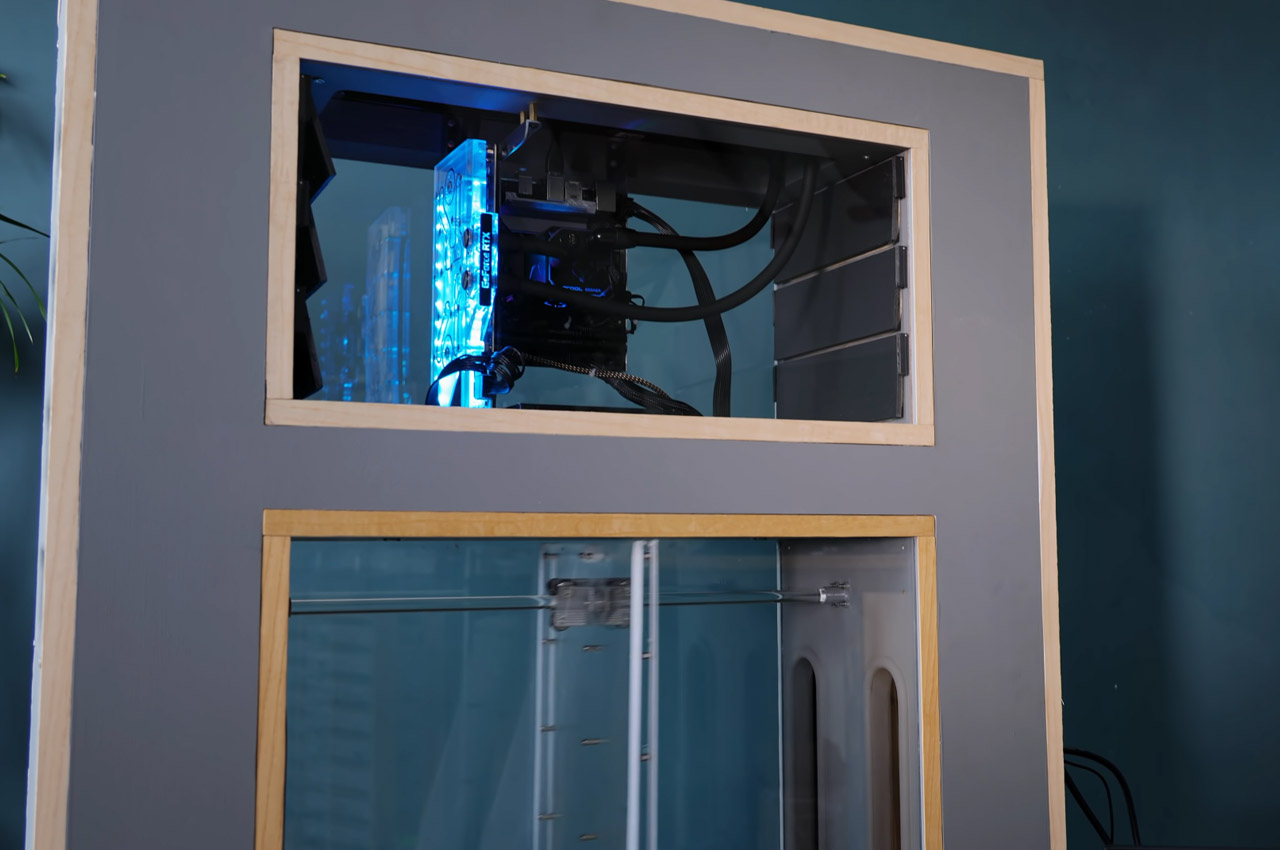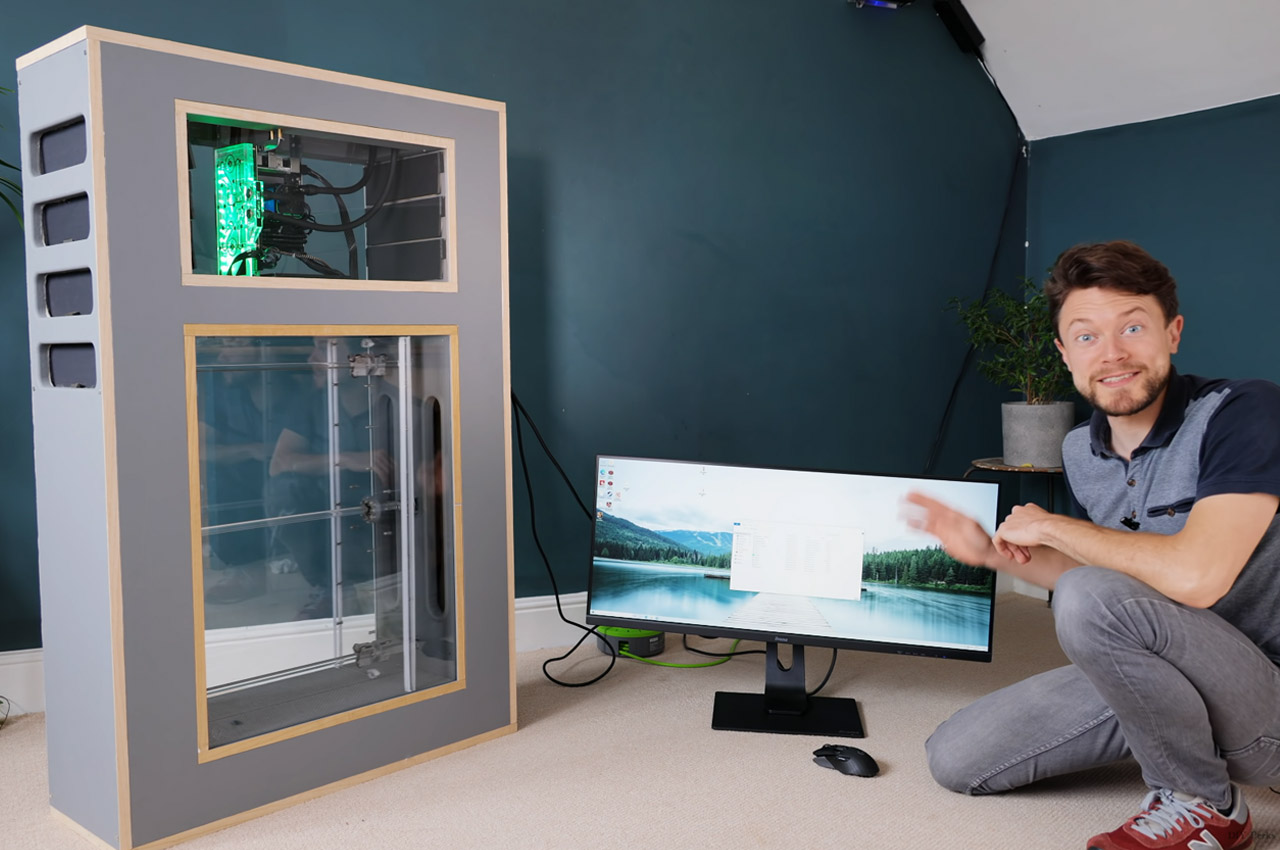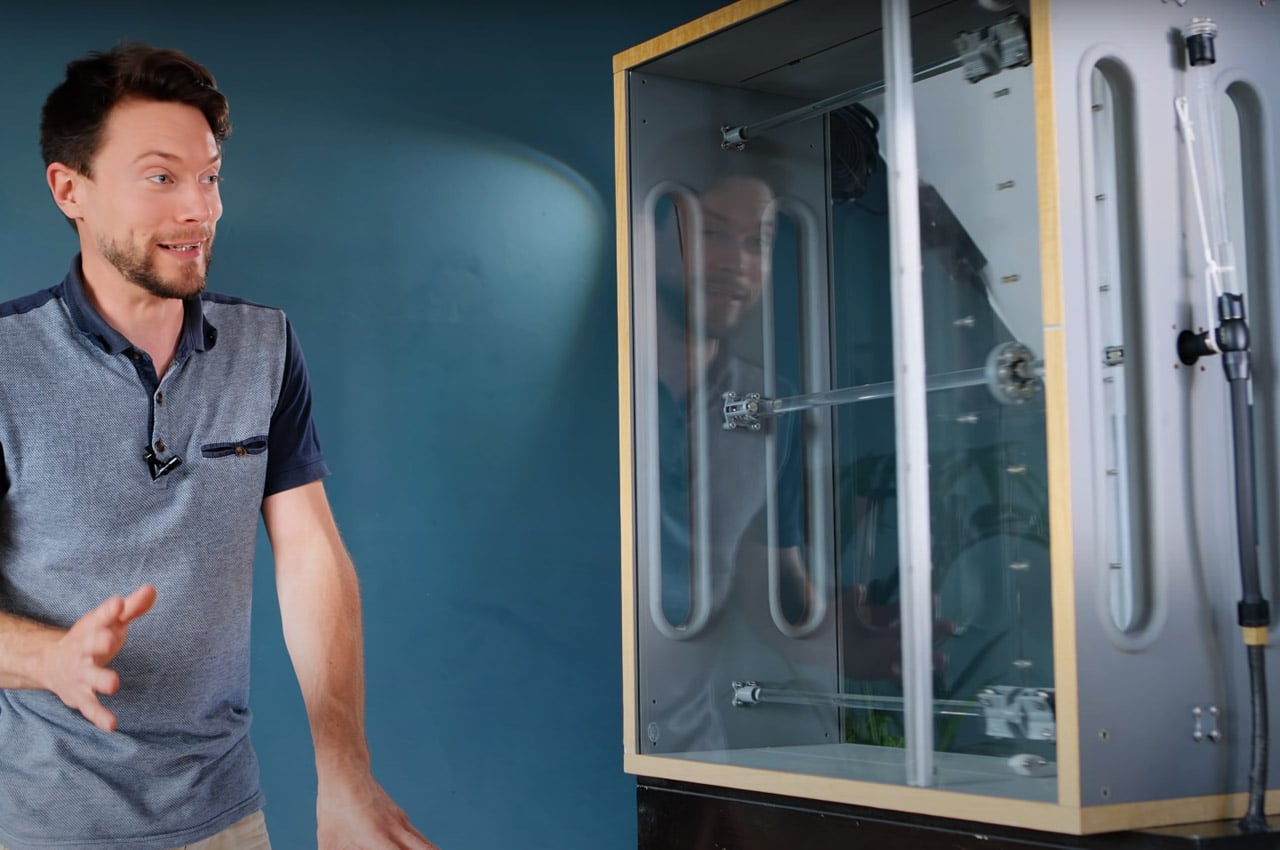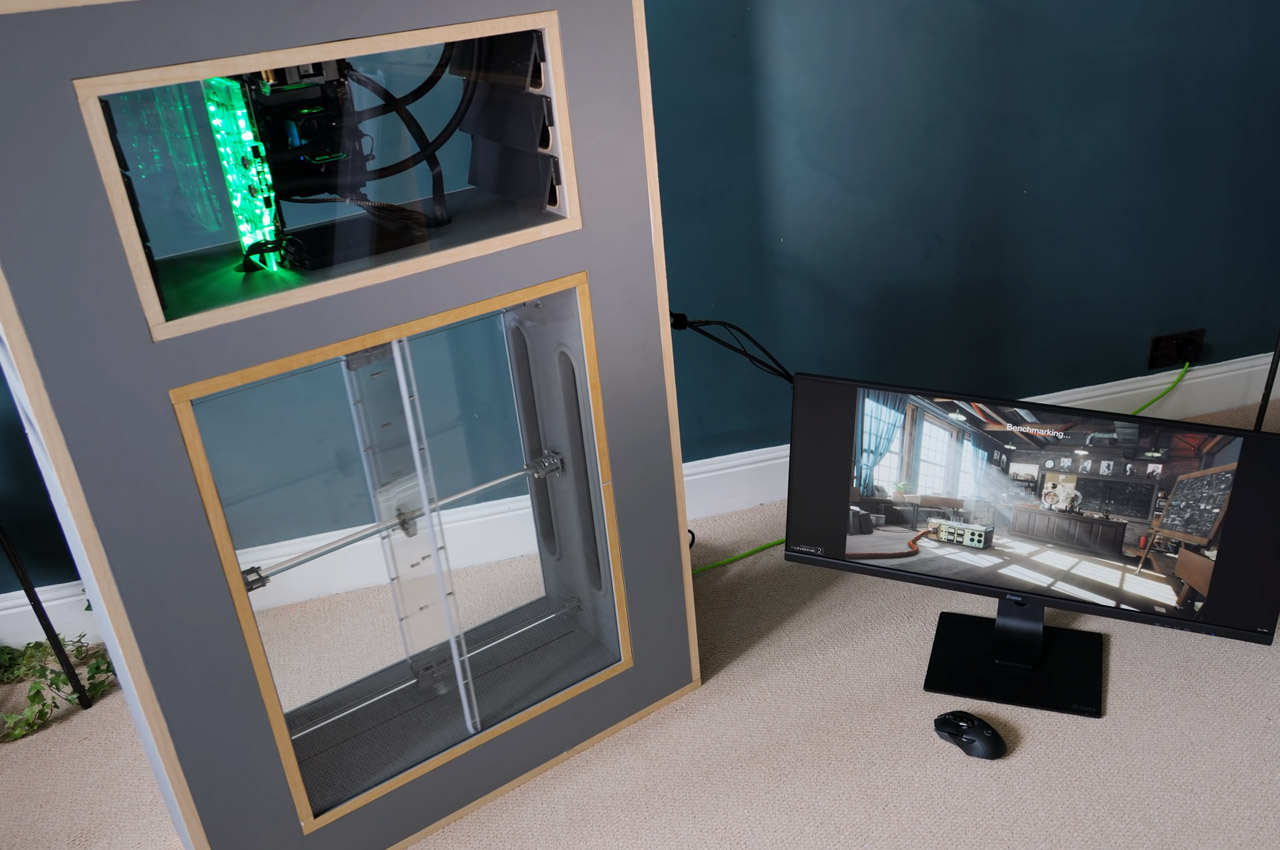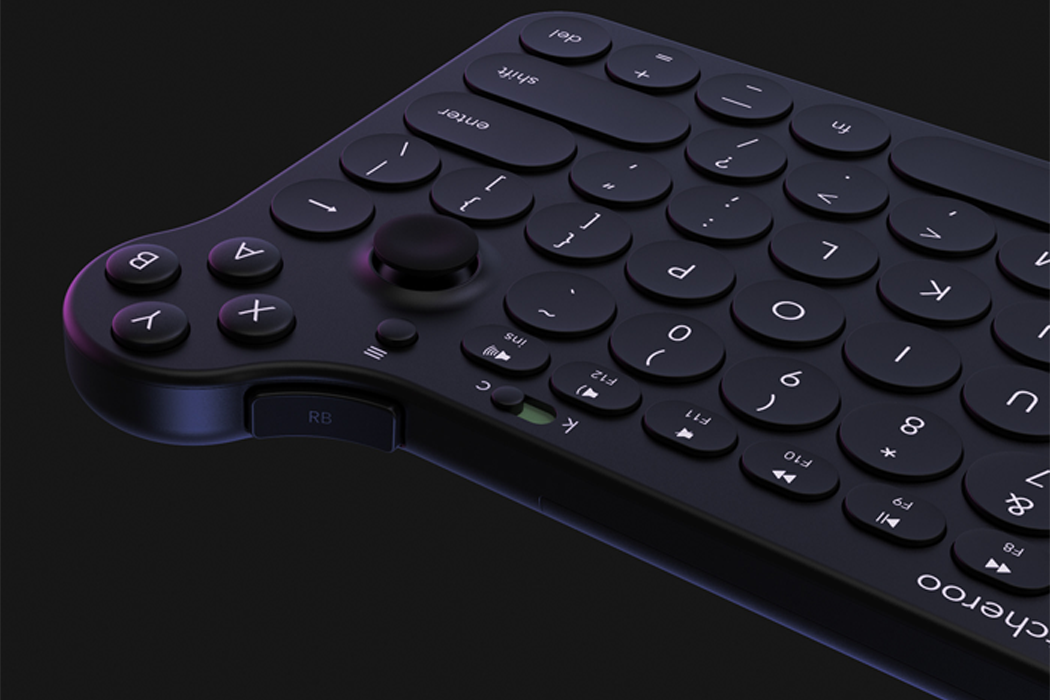
Even though most of us love the portability of laptops and tablets, there’s something about PCs that never really goes out of style. They’re trustworthy, highly functional, and always waiting in our homes ready to welcome us! We can get almost anything done on our PCs with ease, but we can always make our desktop experience even more comfortable and effective with the help of a bunch of accessories! We’ve curated a collection of innovative product designs that will function as the perfect sidekicks to your PCs. These nifty and efficient accessories will not only elevate the utility of your PC but also amp up your work productivity. These products are ideal for those who work from home (of course, there are a few fun designs for recreational purposes as well!) and spend the majority of their time on their desktops. Dig in!
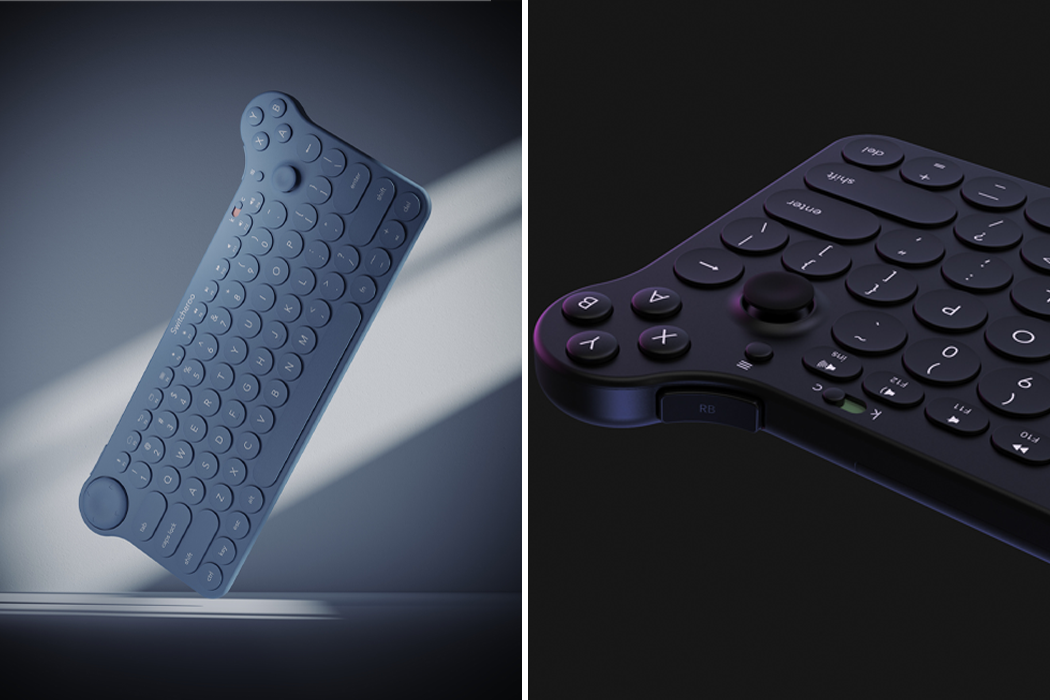
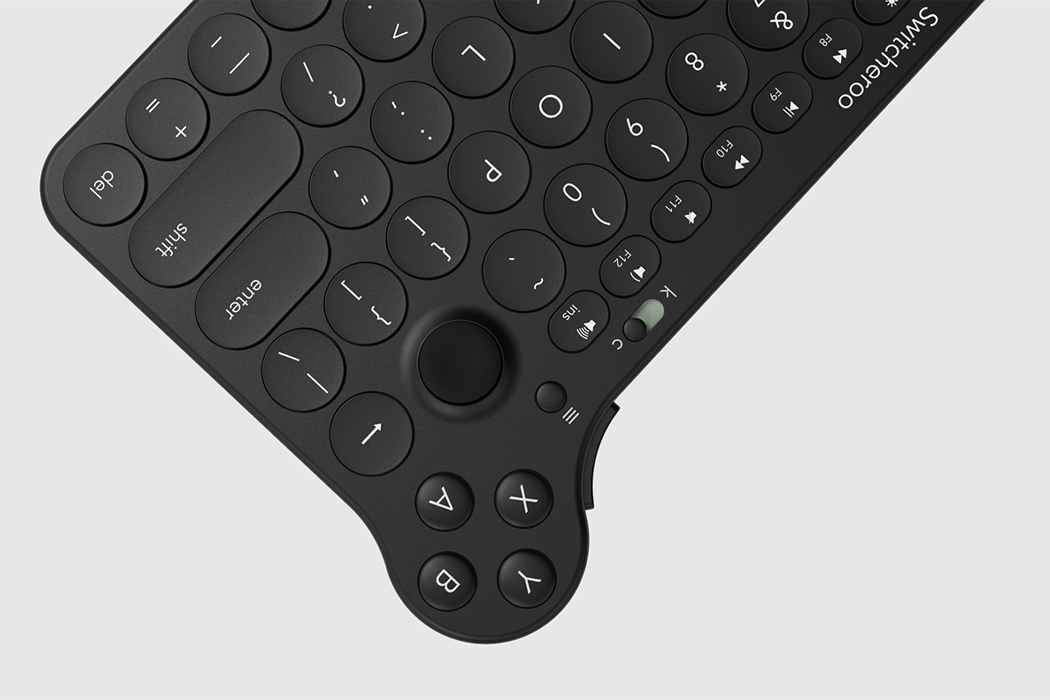
The Switcheroo is the size of a regular QWERTY keyboard and comes with a built-in input control and direction pads in opposite corners, resembling a wider interface of the prototypical game controller. Along the keyboard’s topmost edge, users can find the RB button just above the input control pad and the LB button above the direction pad. Aliyev designed Switcheroo for the occasional gamer who also uses their keyboard for designing and artwork, ideal for those WFH lunch hours that could be spent playing video games instead. To make the keyboard completely portable, Aliyev designed Switcheroo to be battery-operated and Bluetooth-compatible.
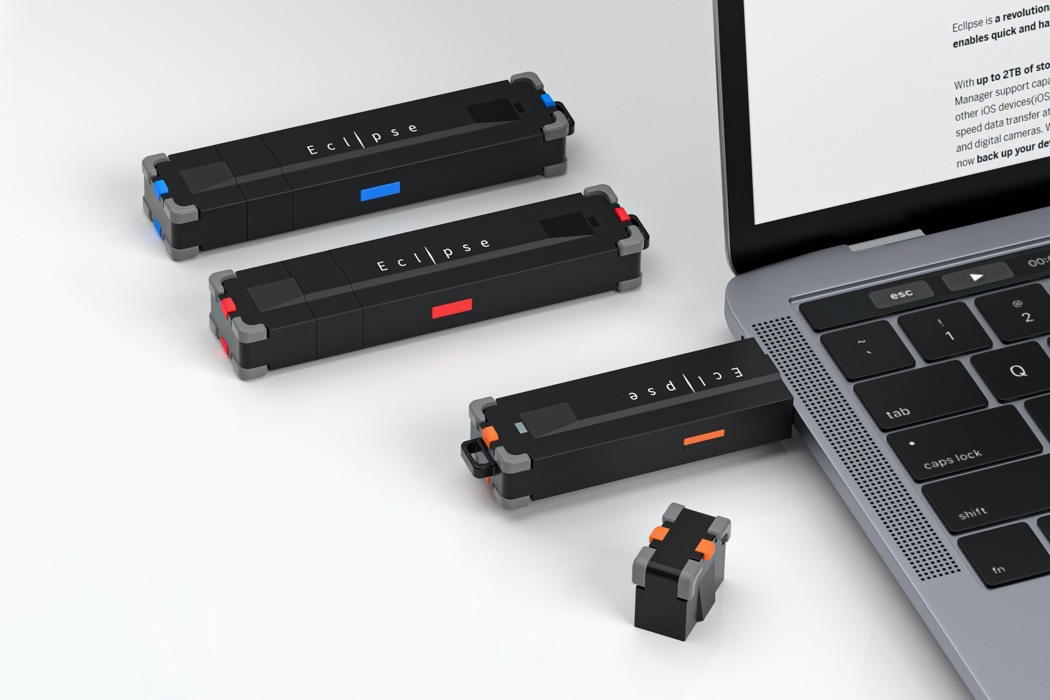
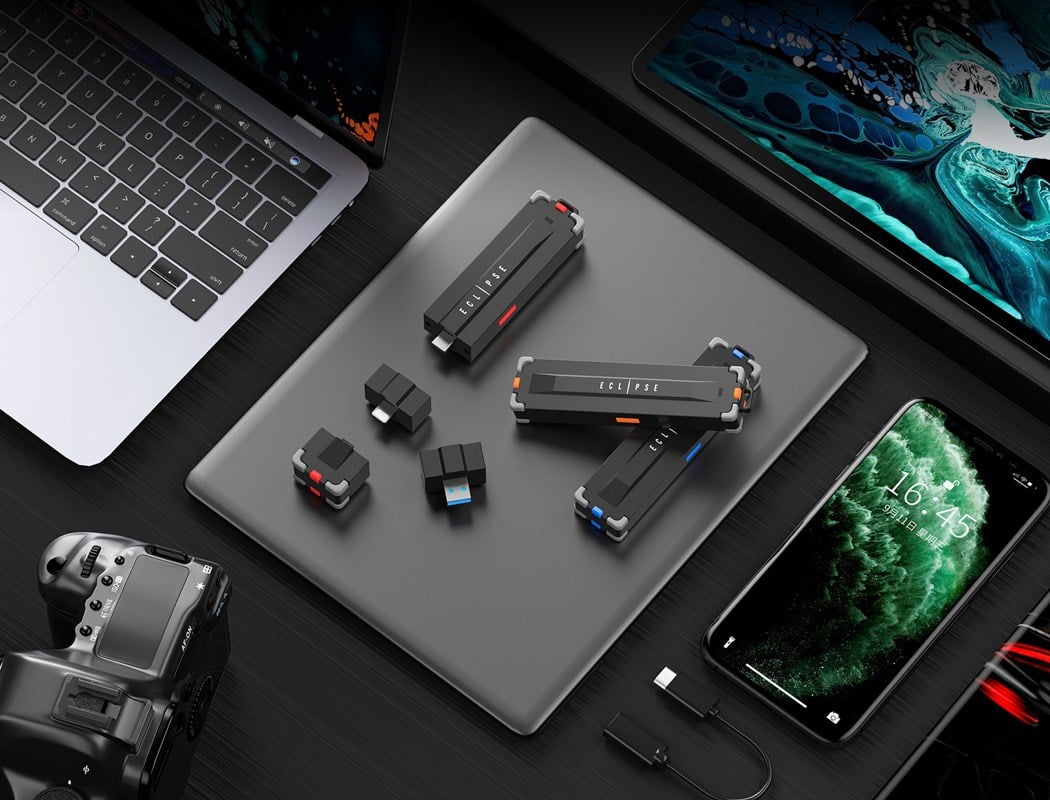
The ECLLPSE is a tiny, finger-sized SSD that’s encased in a rugged, virtually unbreakable, waterproof housing. With as much as 2 Terabytes of internal storage, the ECLLPSE gives you a way to store and carry practically all your data around with you, right in your pocket. It comes with multiple adapters built right into its design, giving you the ability to connect it to ALL your devices, from your laptop to your phone, and from your DSLR to your drone, letting you seamlessly back up, restore, and transfer files between multiple devices. Although with that much storage, comes a pretty major responsibility… transfer speed. It’s a good thing though that the ECLLPSE boasts of reading/write speeds that reach as high as 550MB/s, allowing you to transfer 8K videos in mere minutes
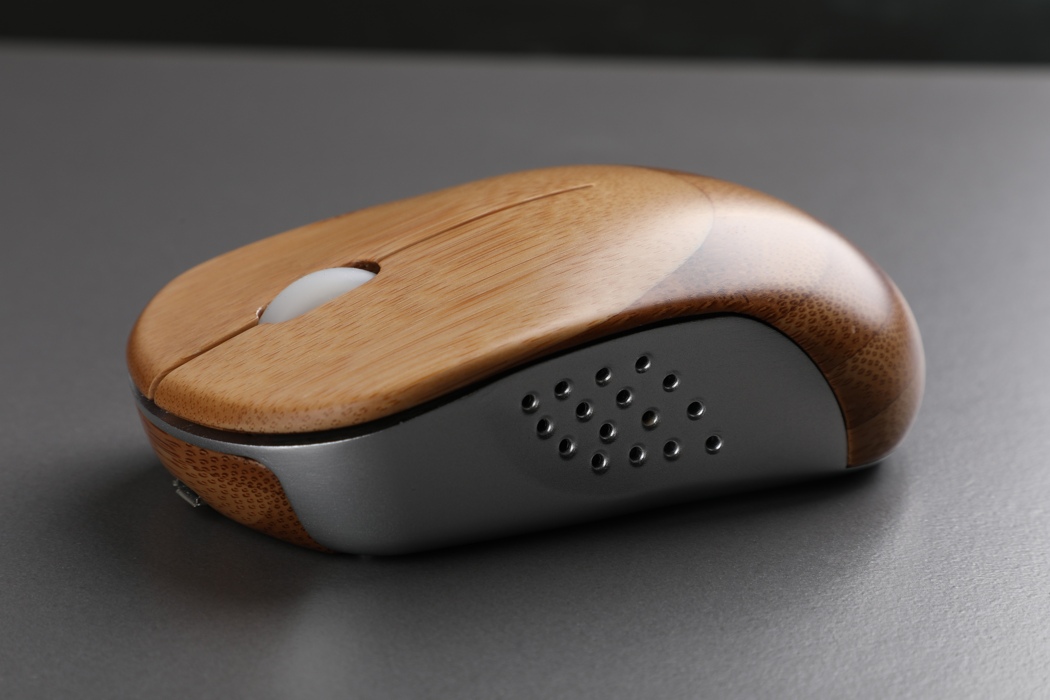
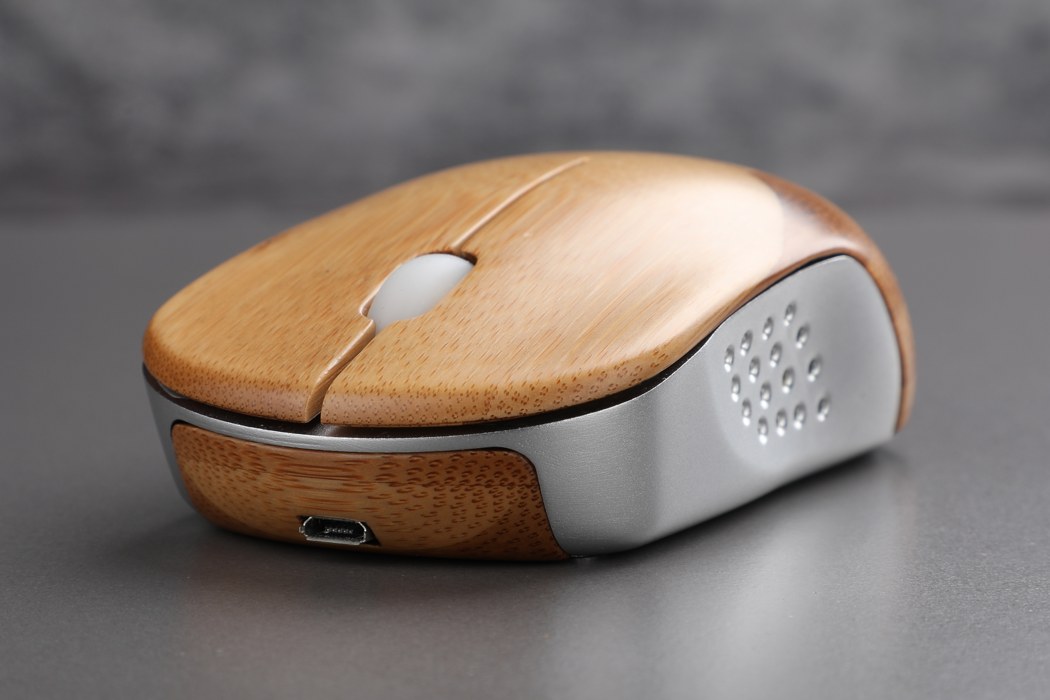
The Ice Mouse comes with a bamboo upper that promotes breathability, making sure your palms don’t work up a sweat with hours of use. The bamboo component is CNC machined from a layered block of bamboo plies, doing a pretty remarkable job of showcasing the wood-grain while remaining entirely unique in its grain pattern. Some may say it almost reflects the uniqueness of the fingers and palm that rest on it! Sitting underneath it is the aluminum base, giving your fingers a metallic surface to hug and sort of complementing the feeling of typing on an aluminum-constructed MacBook.
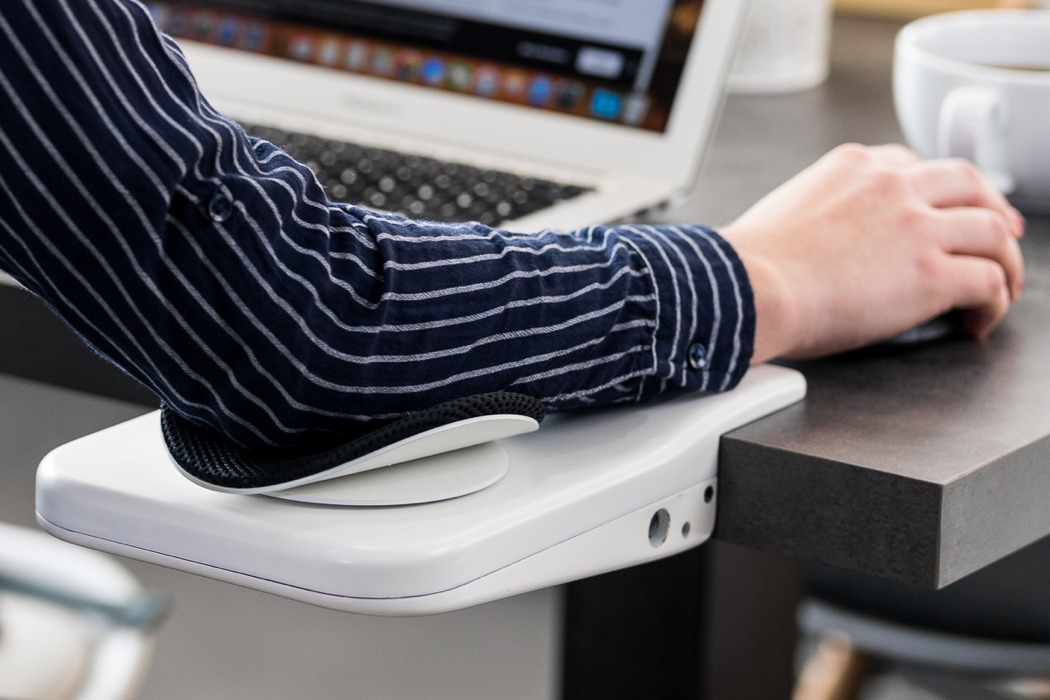
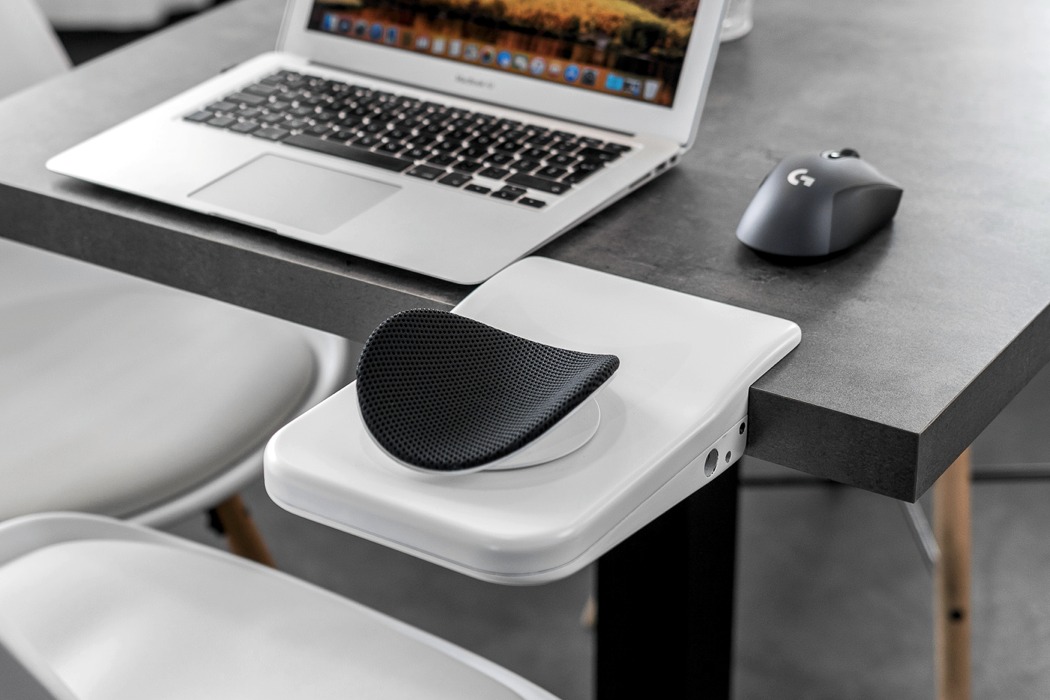
The Mouzen, and I find it weird even saying this, is a portable armrest. Why would you need one? Because it’s designed specifically to support your arm as you work on a computer. Think of it as one of those padded mousepads, but less of an afterthought, and more of an actually useful product. What makes the Mouzen pretty innovative is that it mounts on your table, leveling your arms at the correct height, unlike the armrests on your chair that are placed at arbitrary heights… that’s if your chair even HAS armrests. The Mouzen cantilevers right off your table, giving your forearm a place to rest comfortably, instead of hovering in space. The platform retrofits easily onto the edge of any table and takes not more than 10 seconds to fasten. The platform comes with a freely moving armrest that sits on top of it.
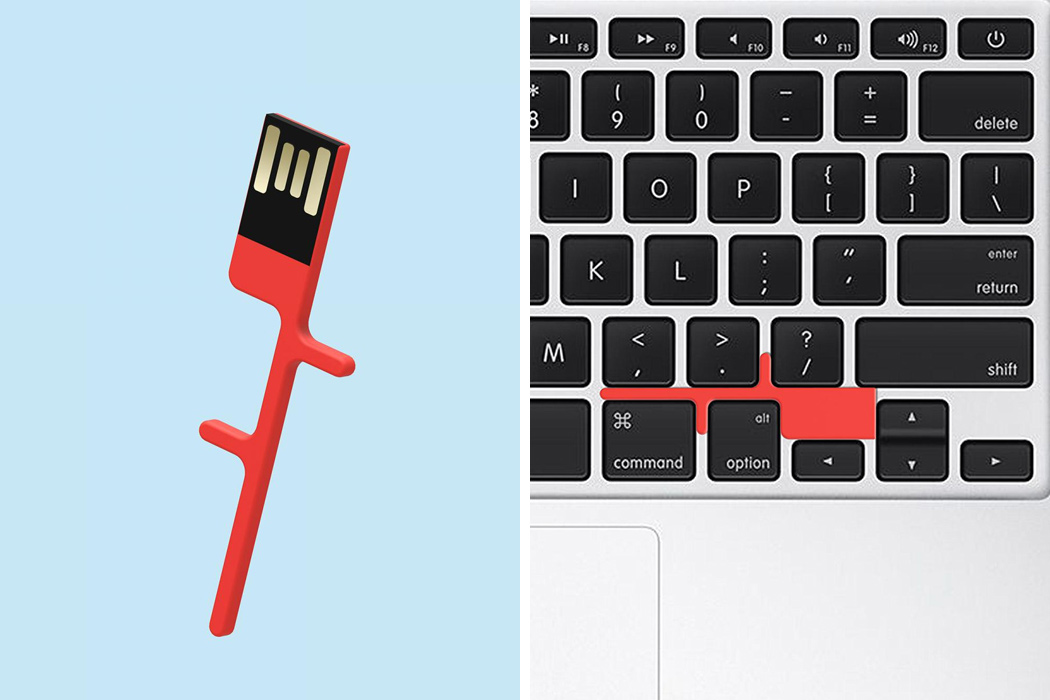
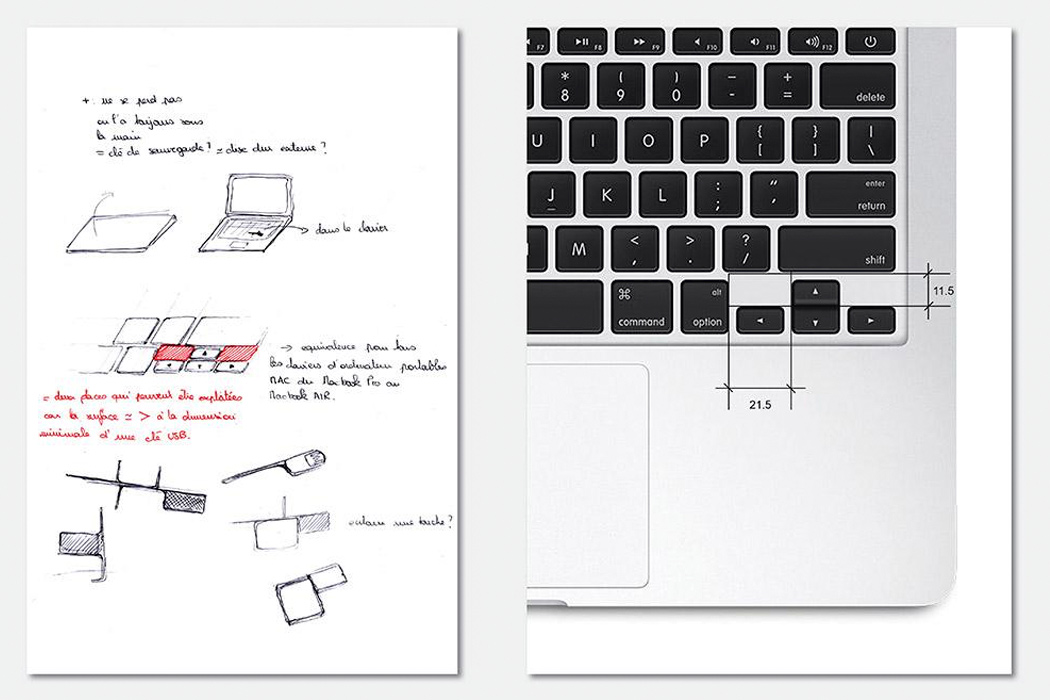
This key-shaped intriguing product ‘Saint Antoine’ goes beyond any ordinary USB key. Deemed as common everyday products, due to their nimble size and consistent usage, pen drives are easily misplaced. However, Saint Antoine has been equipped with a crisp ‘UDP chip’. Now, what’s so special about this chip? After thorough calculations and necessary trial runs, the chip was customized to fit perfectly between the keys of a laptop/computer keyboard, ensuring it will be tightly fixed to it at all times. The grooved edges and branch-like structure of the pen drive allow it to sneakily merge into the crevices of the keyboard, without destroying the screen once the laptop is shut.
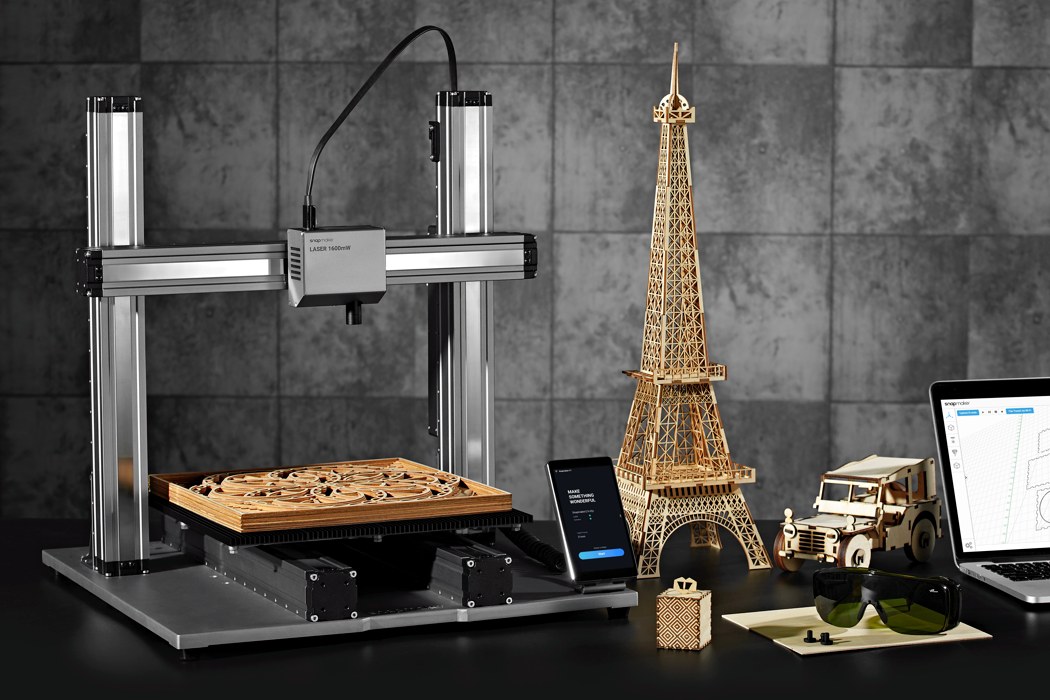

I’ve long said that this pandemic will push production in-house, and that’s precisely what the Snapmaker 2.0 hopes to do. In its second, more expansive, open, and fine-tuned iteration, the folks at Snapmaker have put together an absolute prototyping powerhouse that fits within a 350x320x330mm framework, and on a budget that’s about as much as your work laptop. The modular device can be built to run as a 3D Printer, a Laser Engraver/Cutter, and even a 3 or even 4 Axis CNC Machine. The Snapmaker 2.0 doesn’t just combine printing, engraving, machining into a single device, it scales it down to a budget-friendly consumer appliance that’s easy to use, and brings powerful fabrication tools right into your home, letting you prototype your own designs right at home, without dealing with external vendors, partnering with FabLabs, or stepping out to prototype your designs at the nearest workshop… all within a budget of roughly $1500.
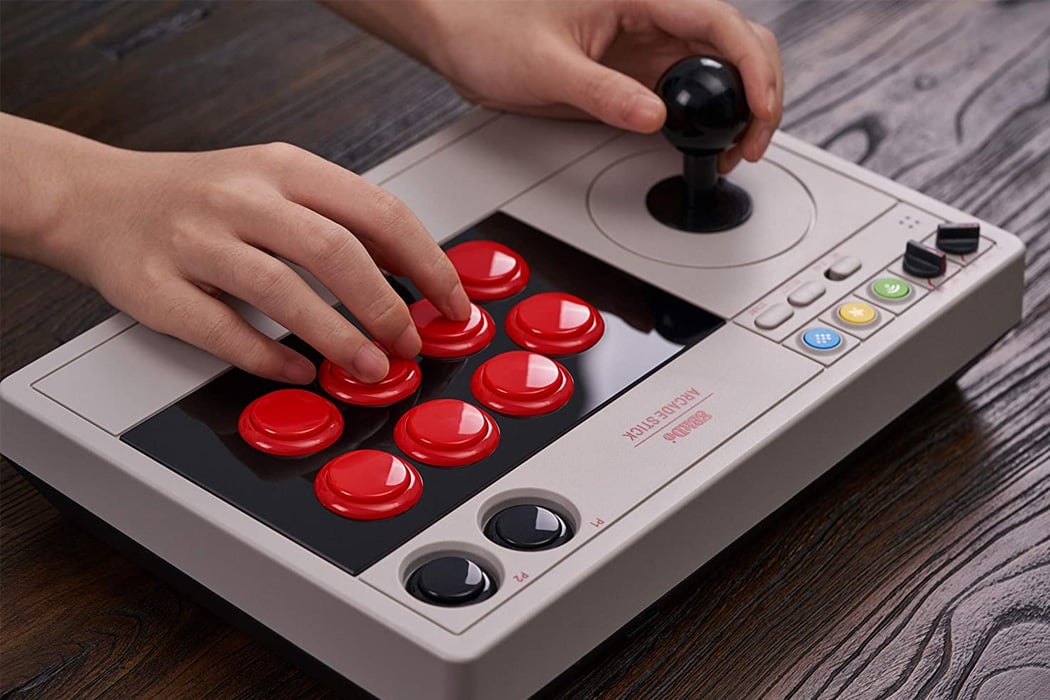
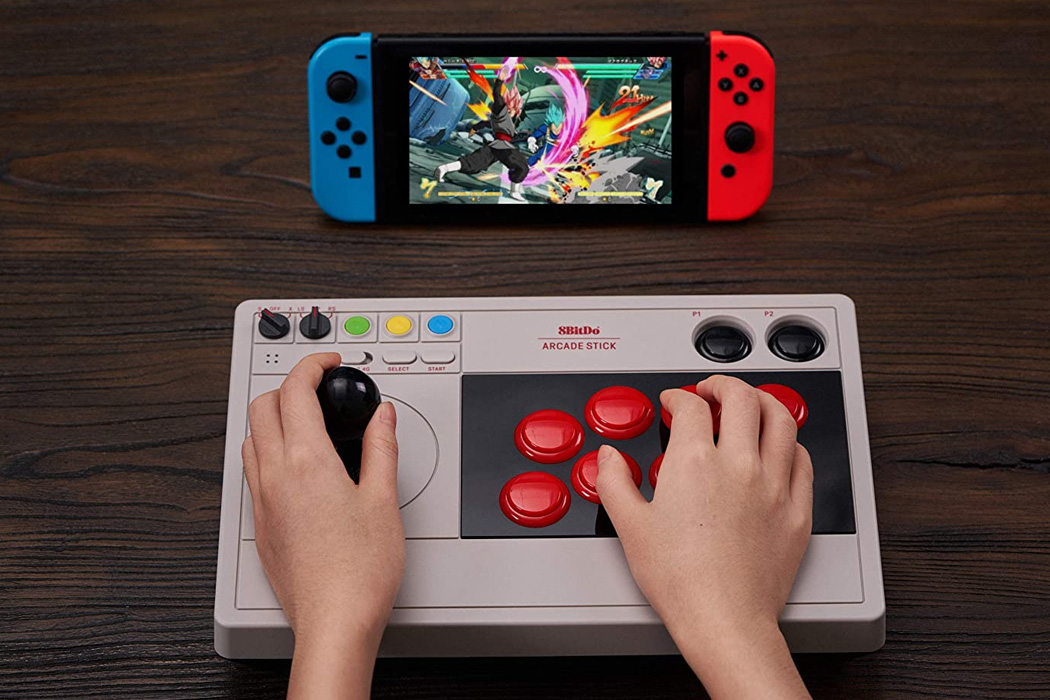
The PC and Switch have their own merits and control fineness, but trust me, there is nothing more soothing than hitting a combo or landing a punch using classic buttons and joysticks say of the 8BitDo Arcade Stick. Modern and feature-packed, the arcade stick has a classic appeal and it is designed to work seamlessly with both the Switch and PC. If you already use an arcade stick to play Street Fighter V and Mortal Kombat on PC, you still have your reasons to go wireless with the 8BitDo arcade stick. There are three ways to connect to the PC or Switch – you can either connect via Bluetooth, patch through a wired USB-C, or even sync the controller wirelessly –2.4G receiver is concealed safely within the compartment. What really works wonders in favor of this arcade-style controller is the Ultimate Software, which gives users the option to customize mapping, alter joystick sensitivity, and create macros with any button combination.
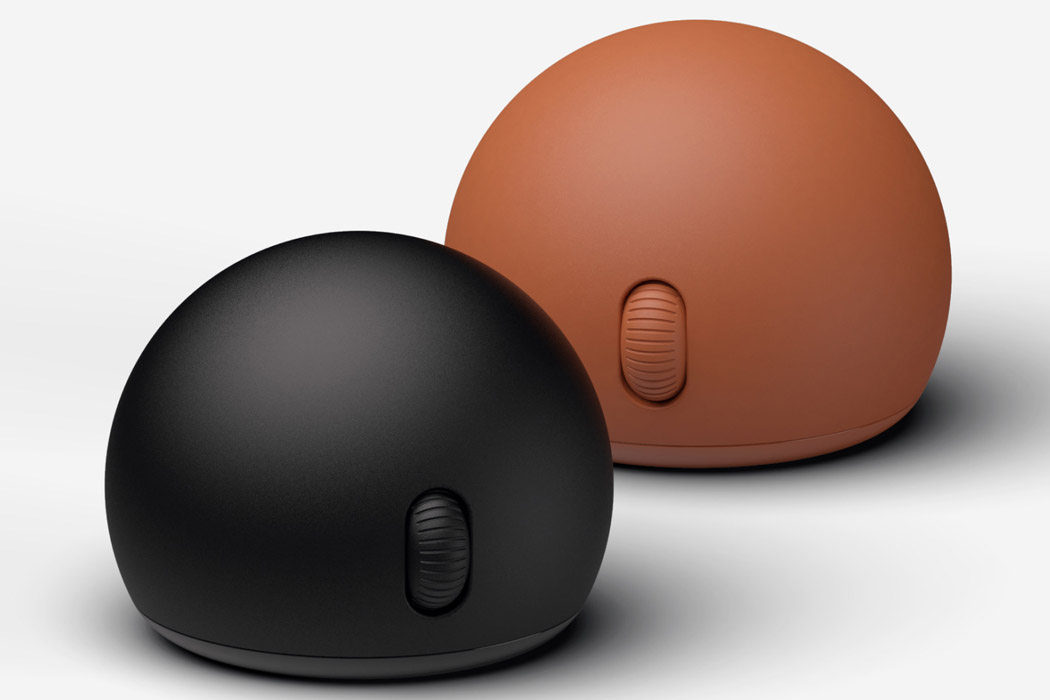
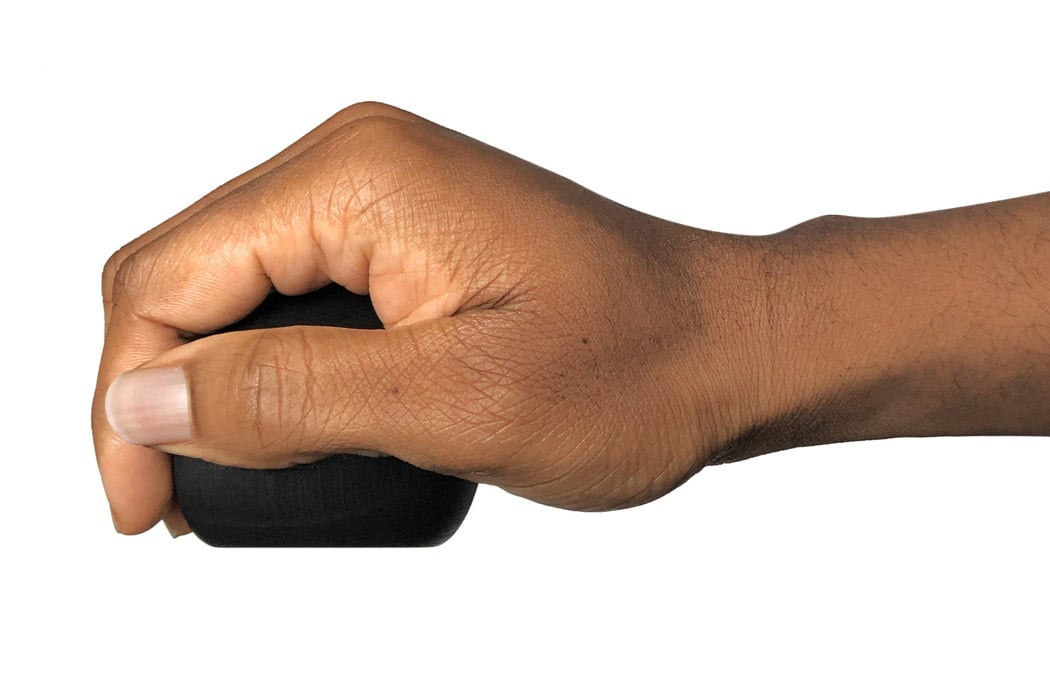
Taking a detour from the usual elongated form that follows the natural curve of the hand (mostly right-handed aesthetics), the Ball Mouse by Osay Imarhiagbe has a spherical design for comfort while using for long hours. It’s more or less like a round ball (as the name suggests) that should be the aptest for people who like to clench at their mouse and have more of a hawk-like grip on the mouse. The elevated position means that the pressure on hand is relieved especially while working on a desk. Going with the circular theme the bumper is also contoured and the symmetrical design means it is equally good for both left and right-handed people. Osay has designed the mouse to come in a variety of color options keeping in mind the young users, and also the personal preference of users.
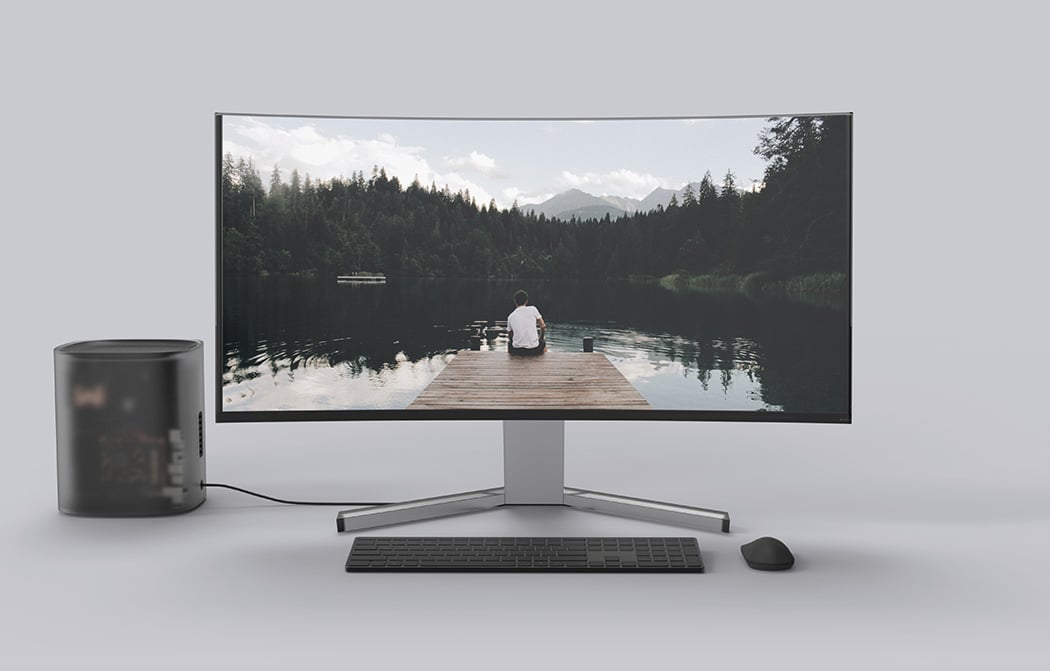
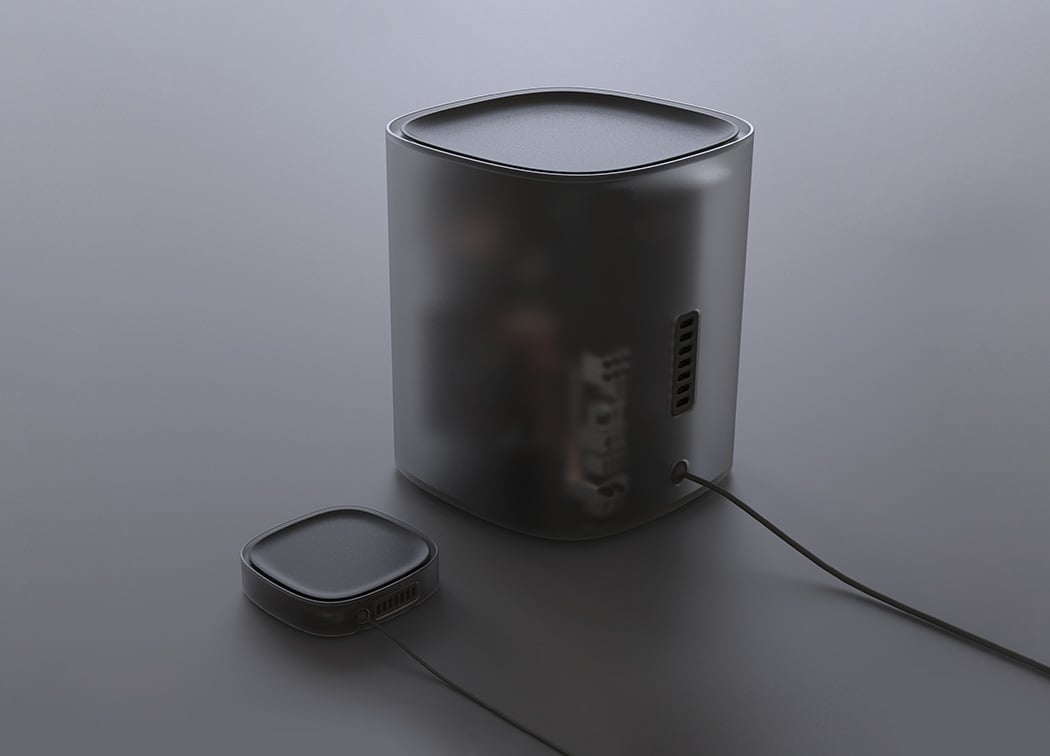
Cube is a modular desktop PC case that safeguards your motherboards while making it easy to customize and upgrade. The model features two variations, “Slim” and “Bold,” that are built to house the Intel NUC board computer and full-size ATX motherboards respectively. Using standard components, it’s also easy to upgrade. The minimalist, monolithic shell features a frosted exterior that allows the inner workings to peek through. As an added bonus, a wireless charging lid allows users to simultaneously charge their phone simply by placing it on the top surface.
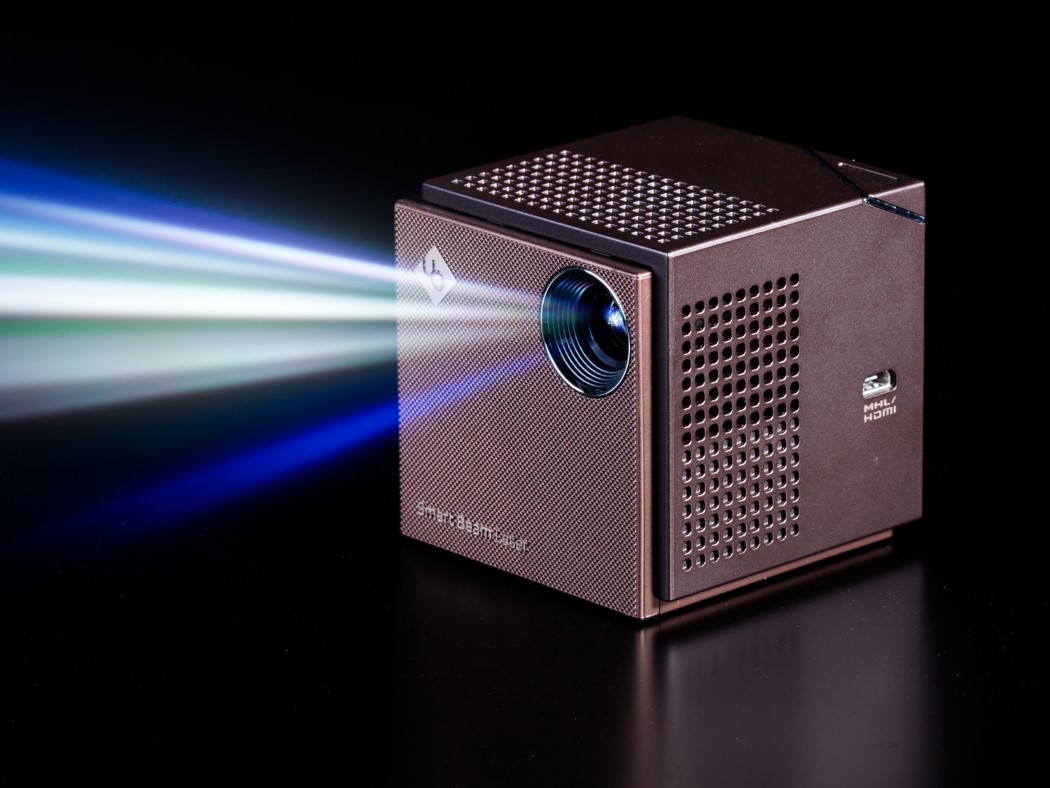
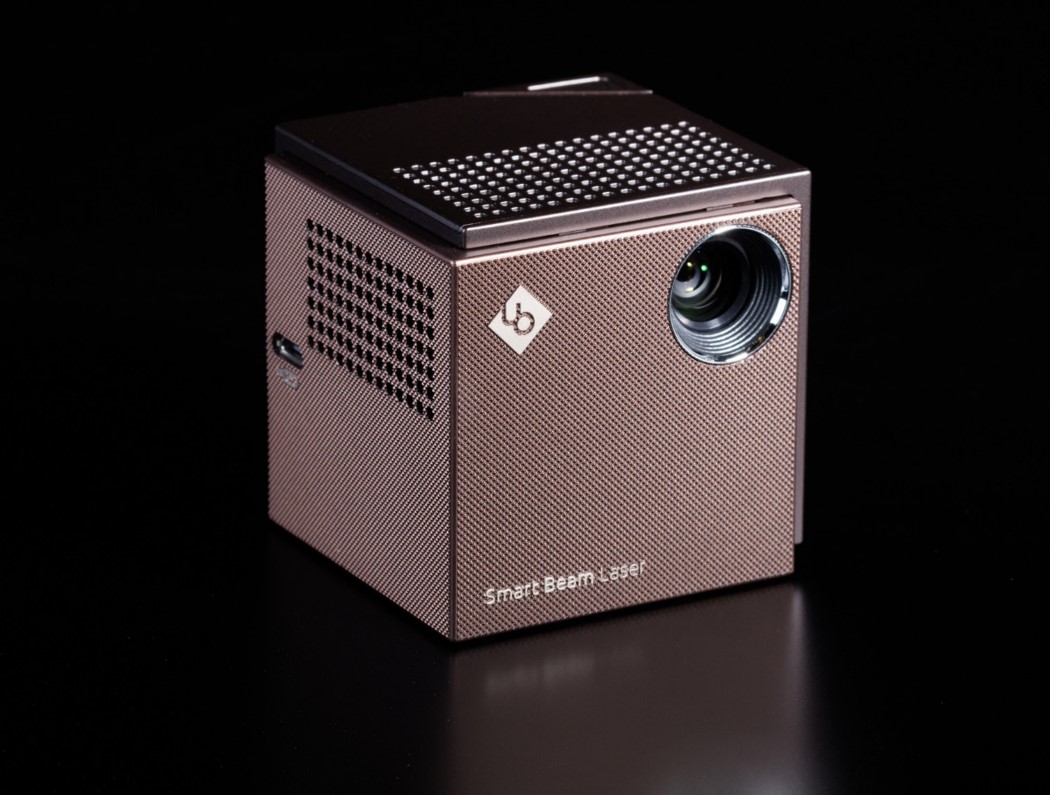
This little cube is the smallest 720p laser projector in the world! It sits right in your hand, giving you the feeling of wielding something rather powerful. It pairs seamlessly with iOS/Android phones, even tablets, and also your PC! Carry it around anywhere and impress your home-boys with their new way of watching football, or the Superbowl, or even lip-sync challenge (we don’t really judge). The Smart Beam (as it’s called) is as small as your phone and can project 720p video to a size of 150 inches. Now while that doesn’t seem too big, remember that you can always hold the projector further from the screen and get a larger projection, albeit at a slightly lower resolution, but that’s a trade-off most people would be willing to make!

